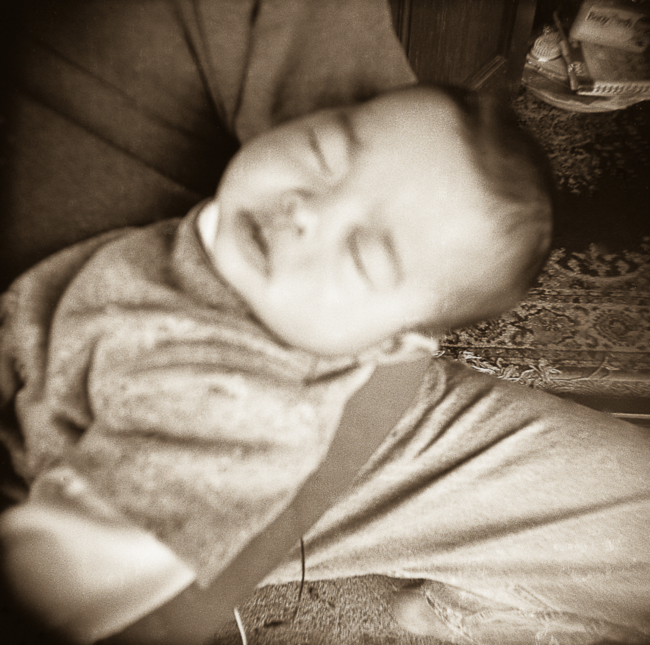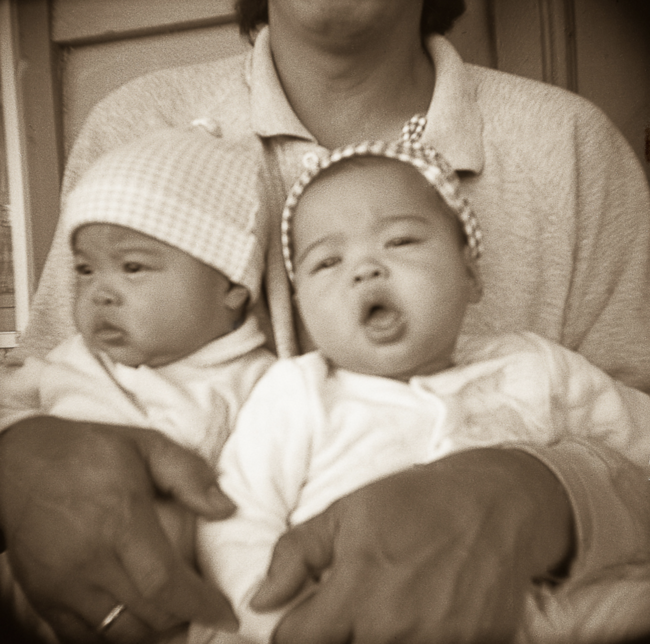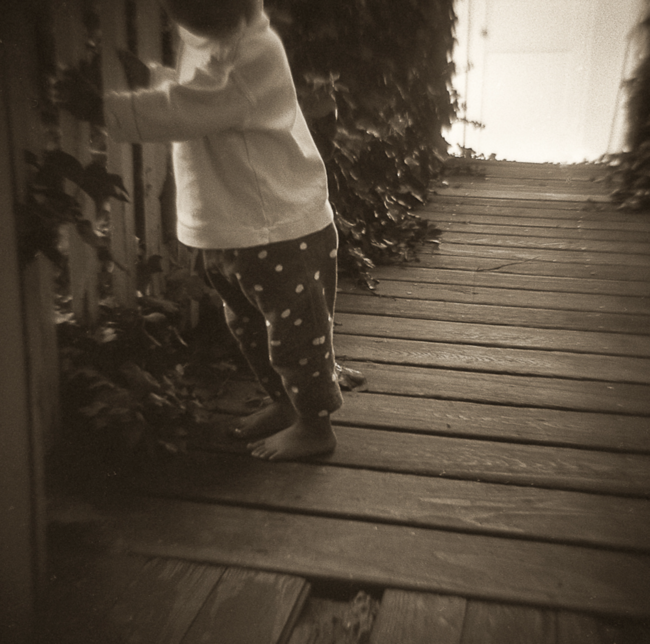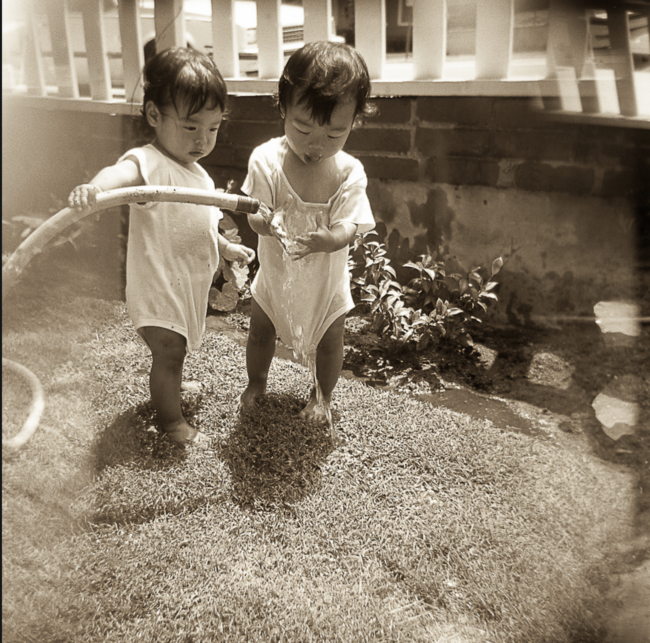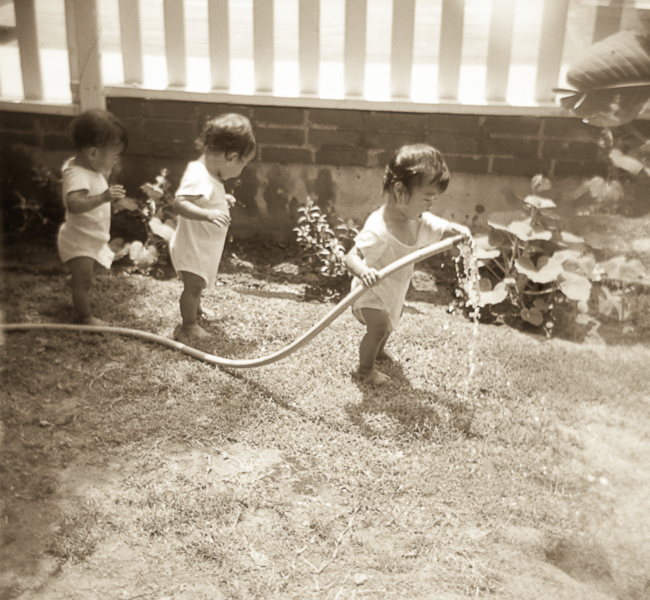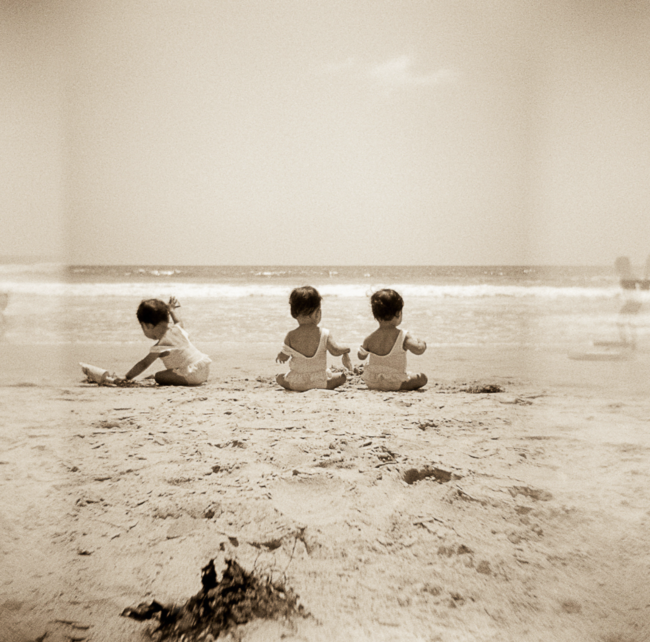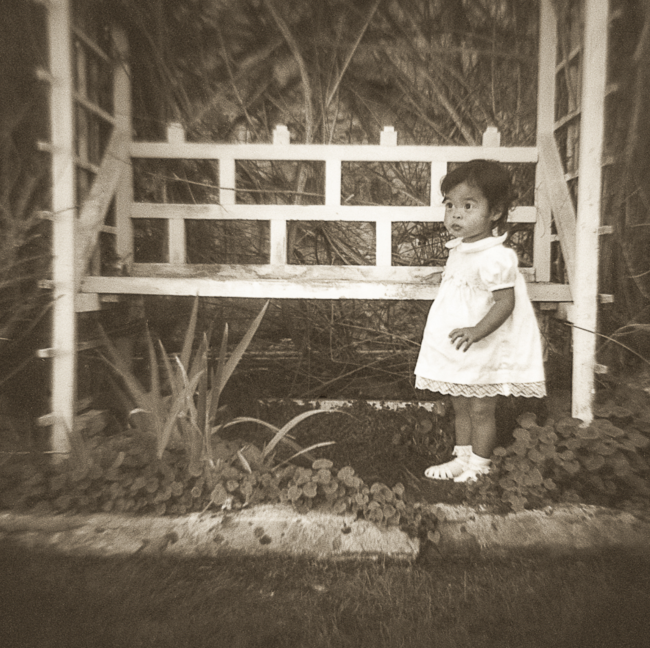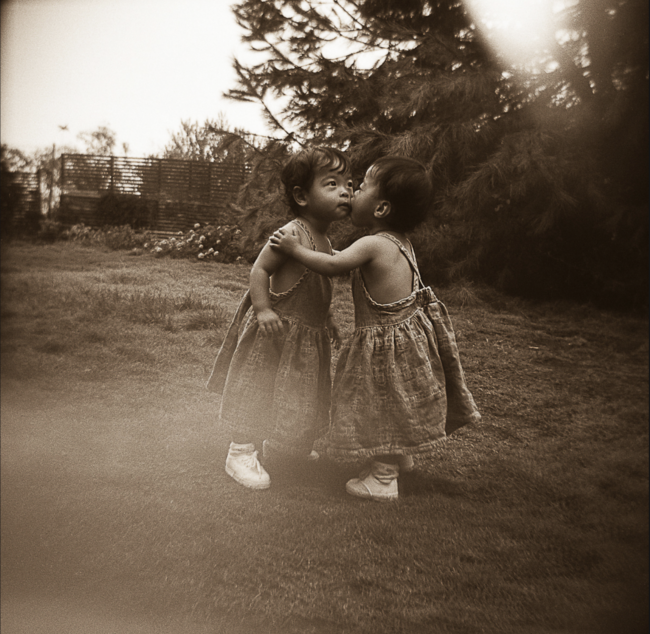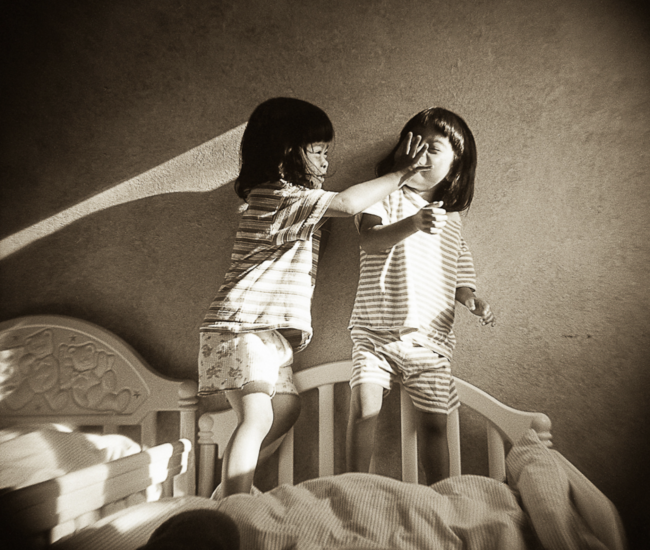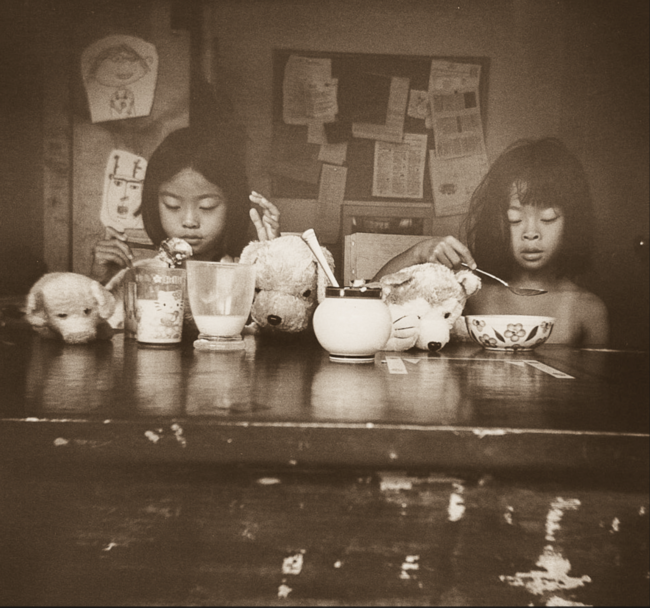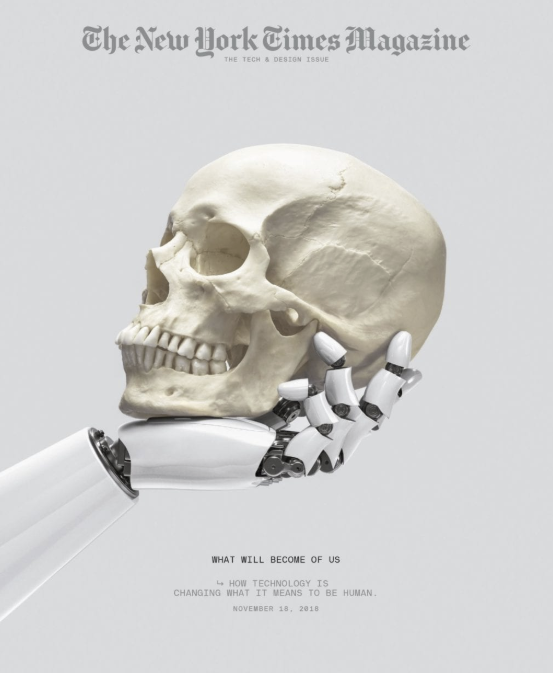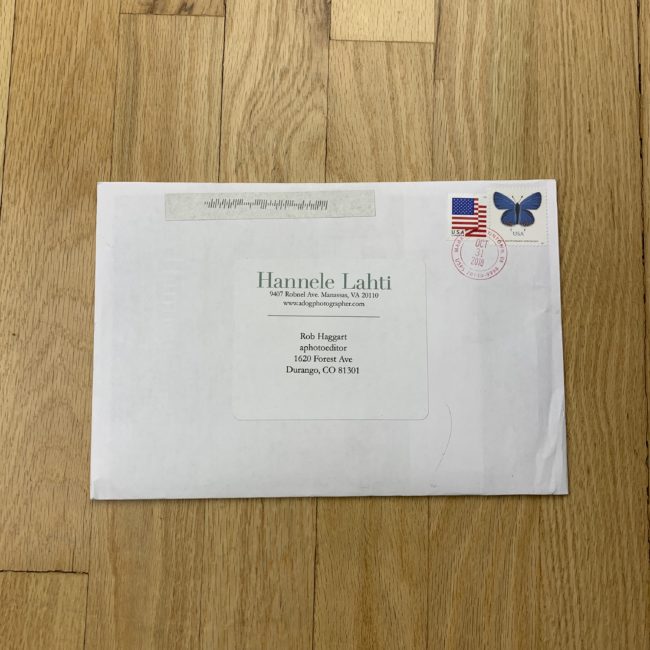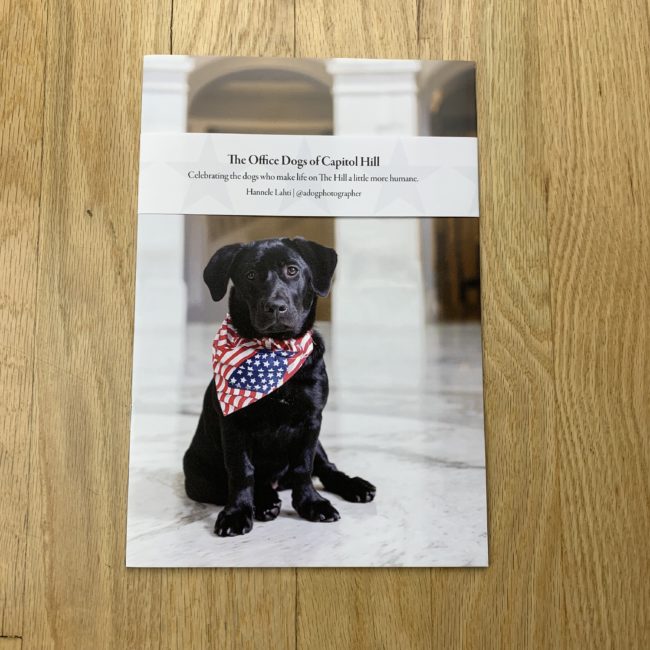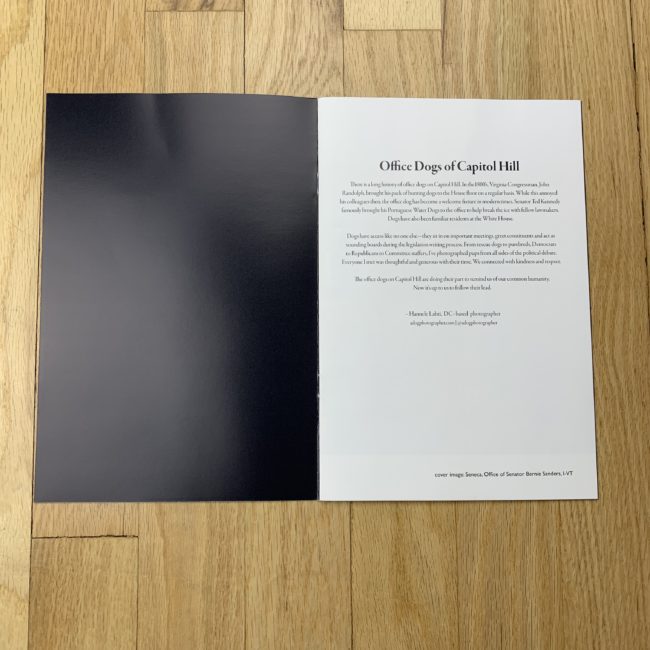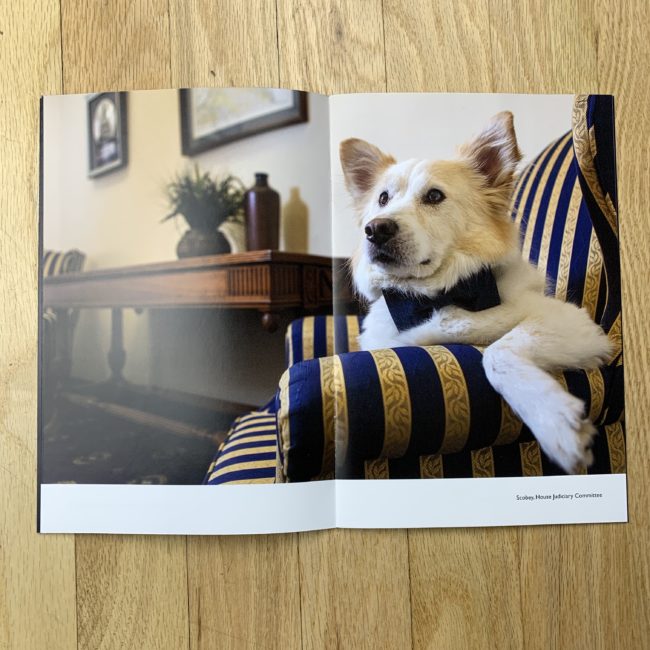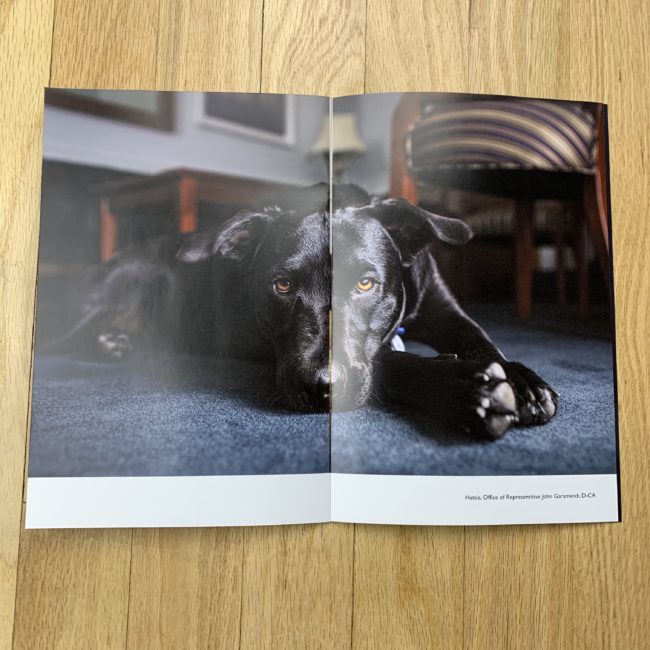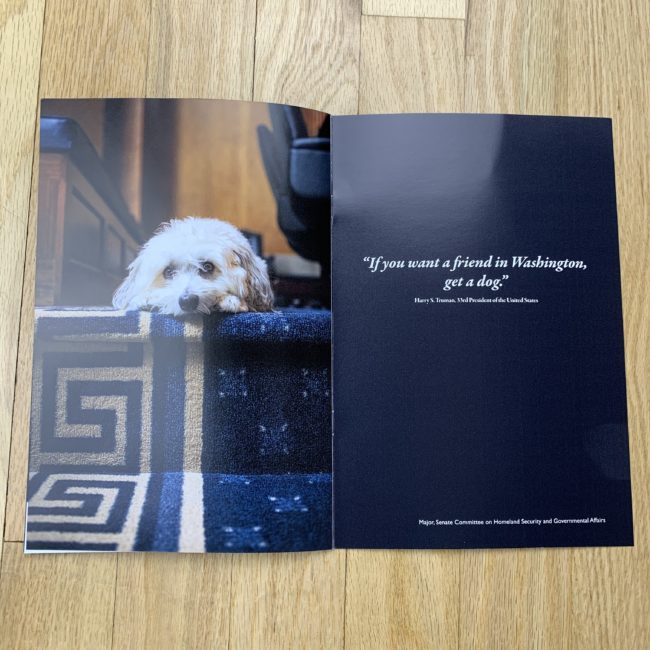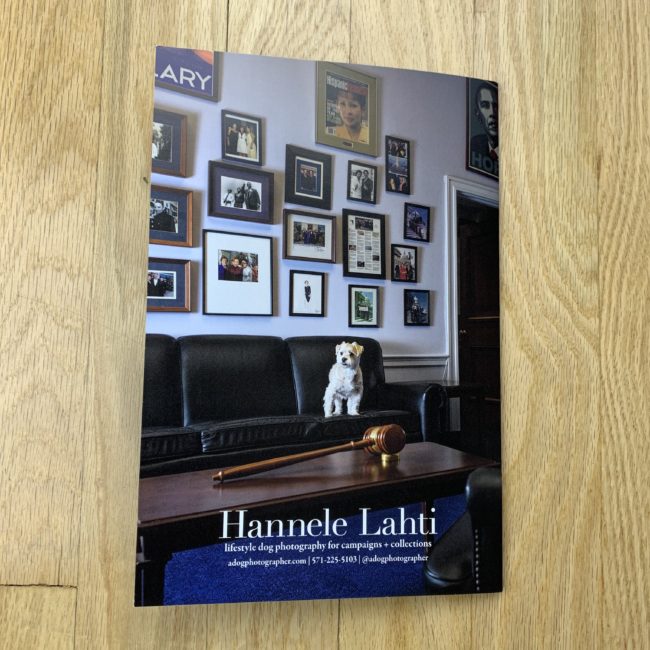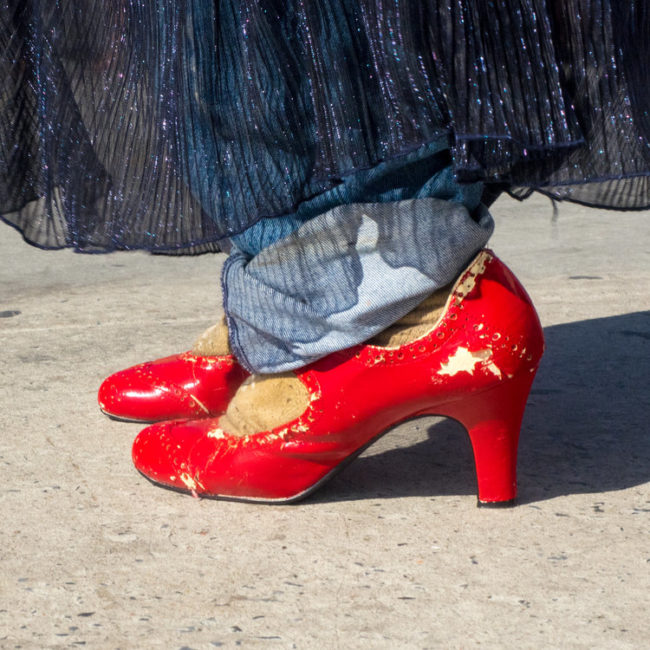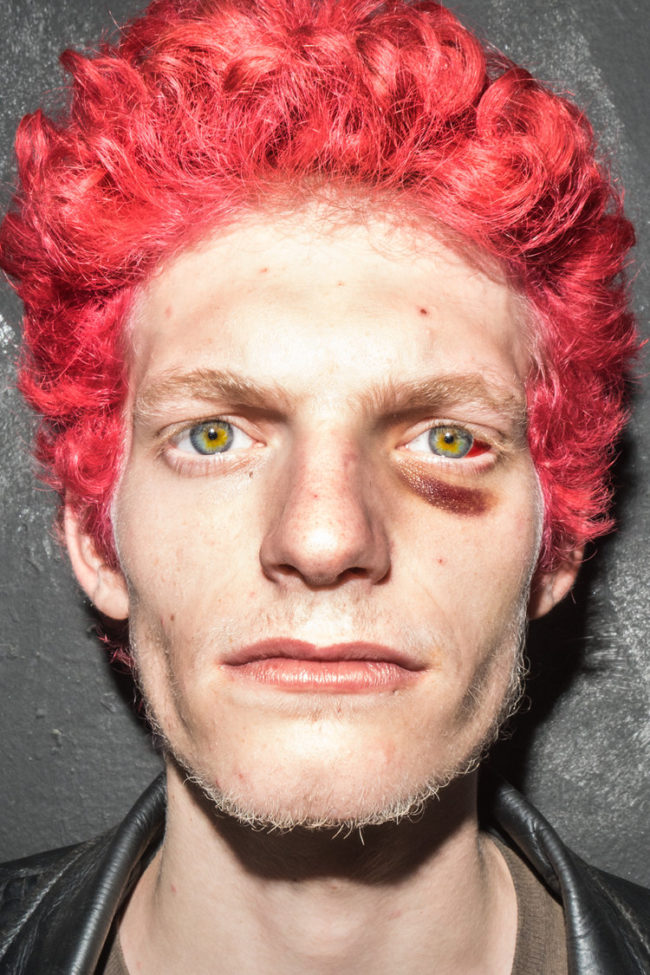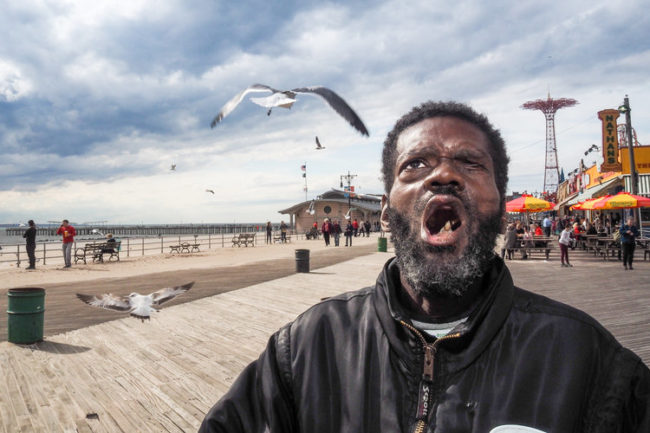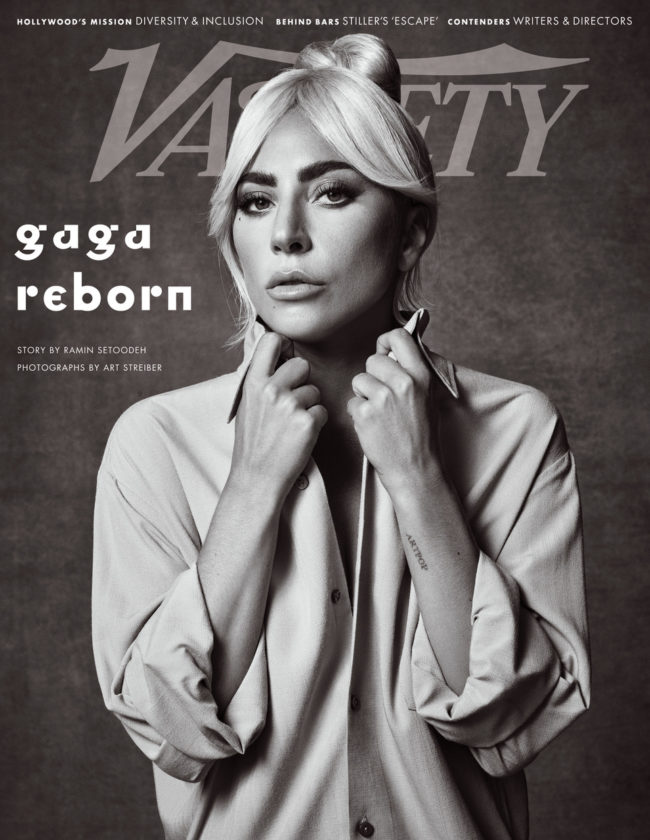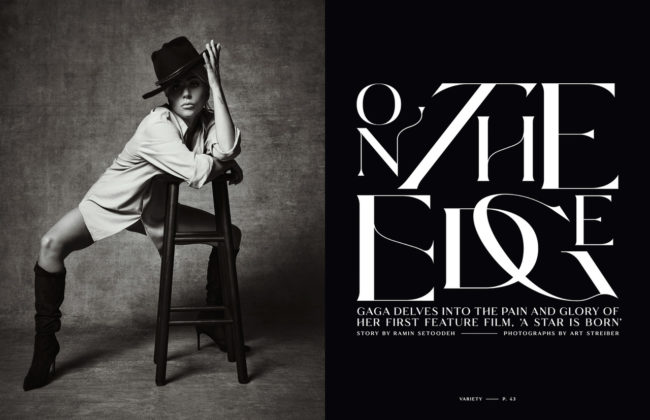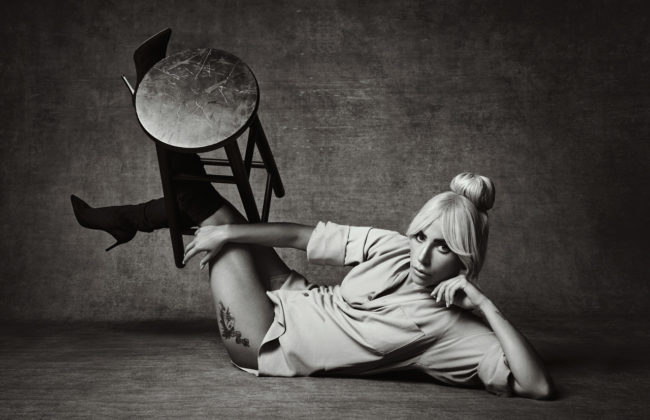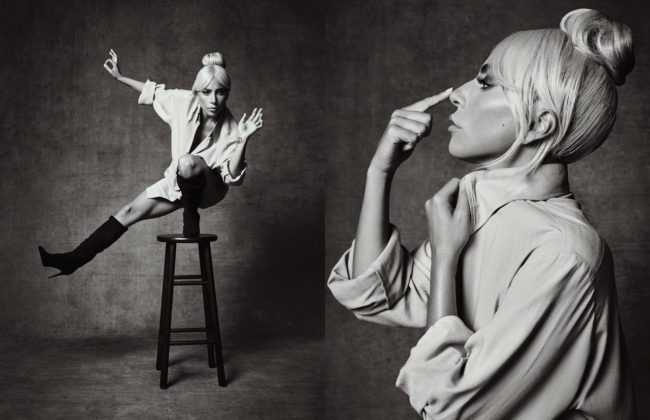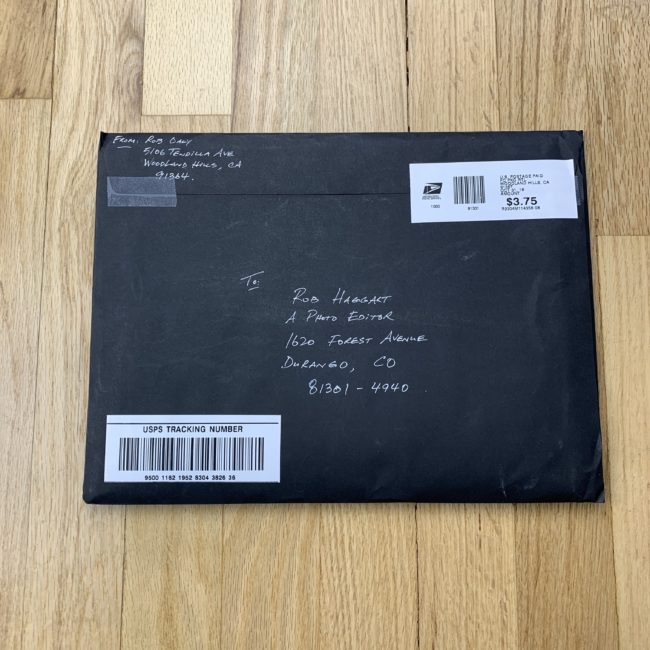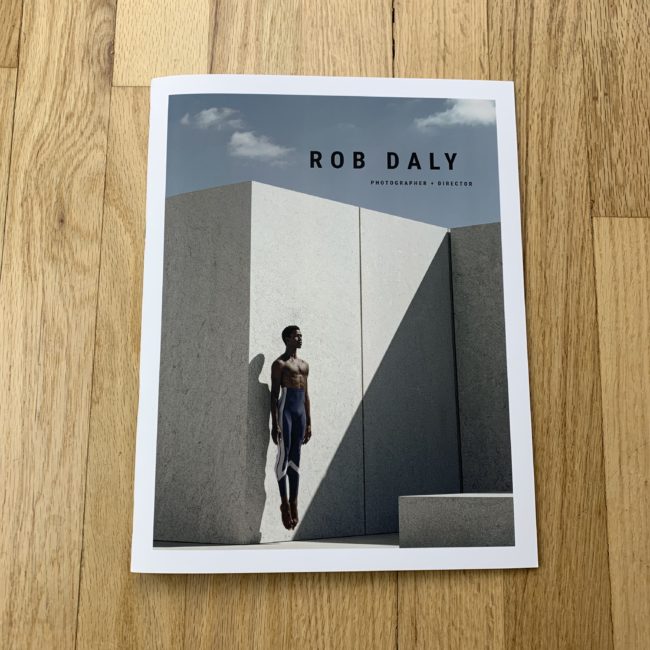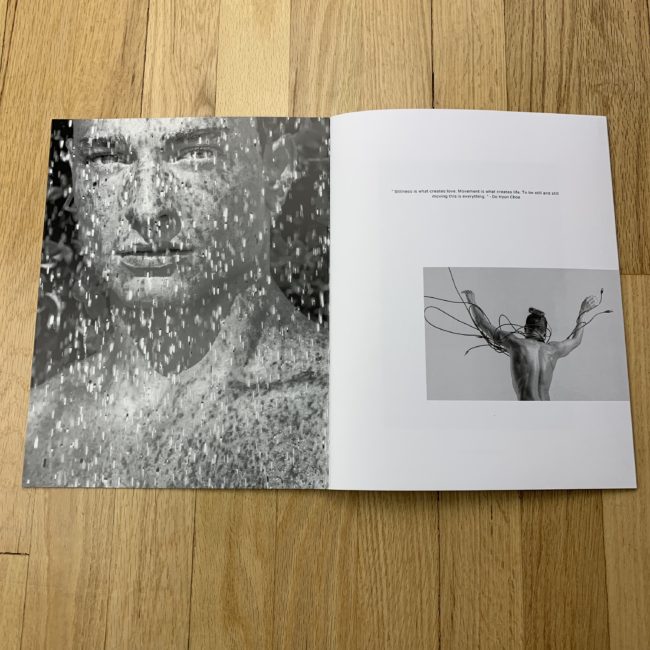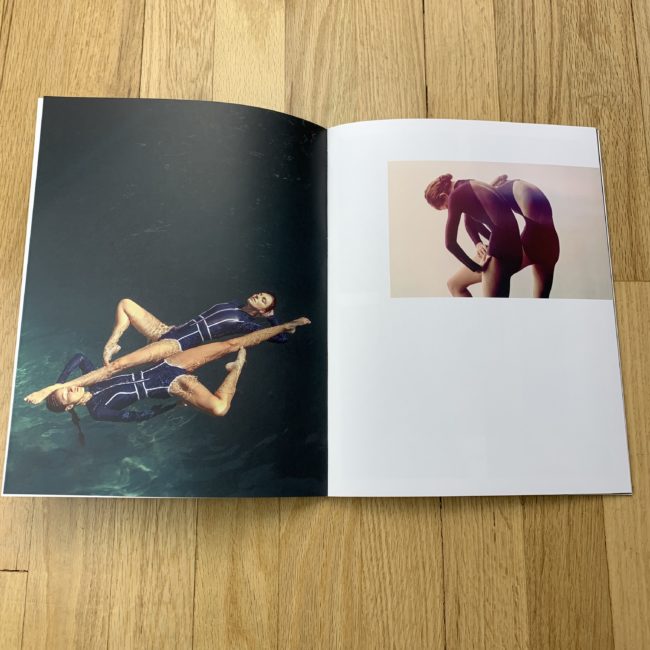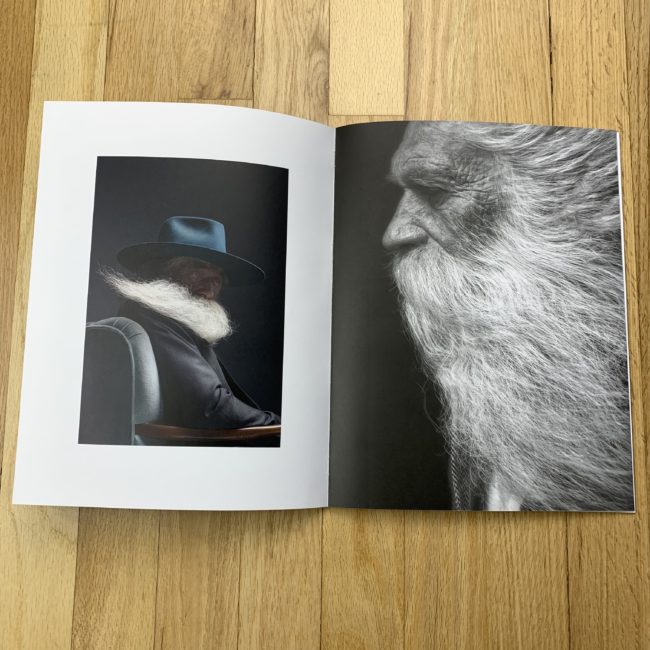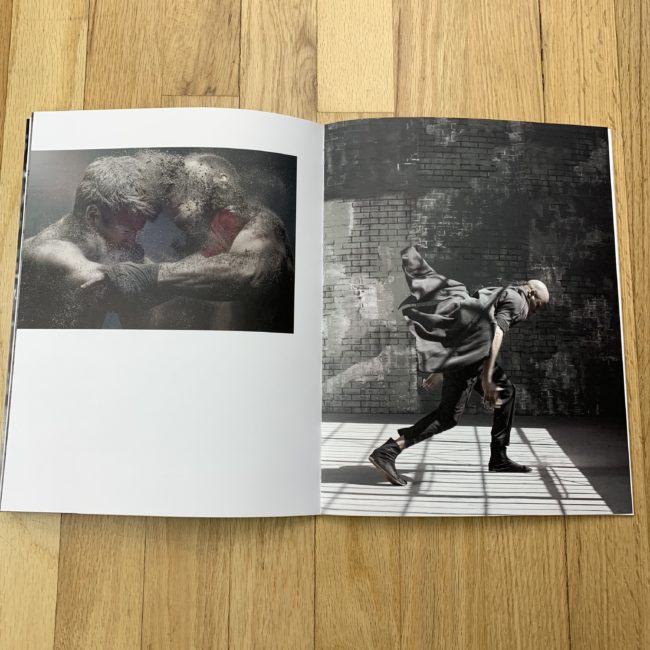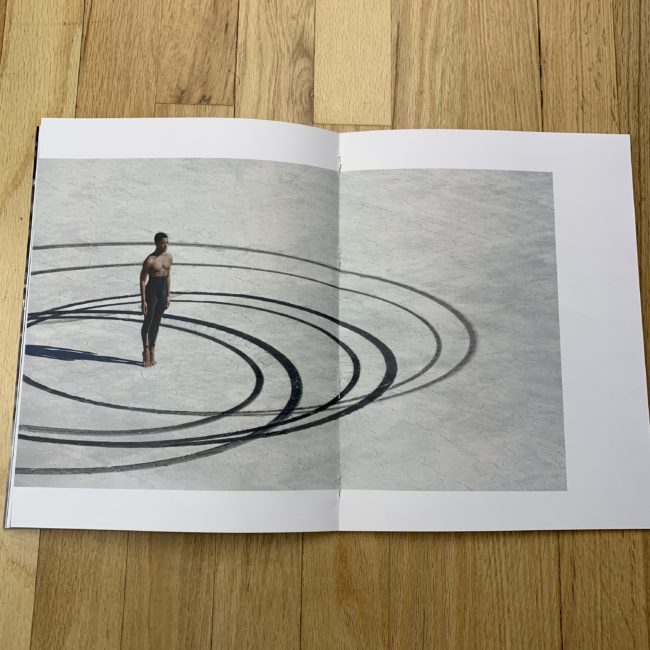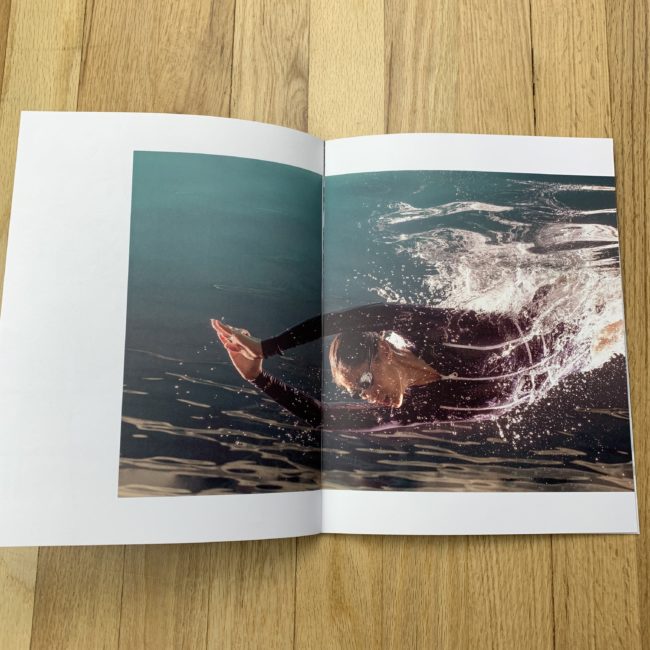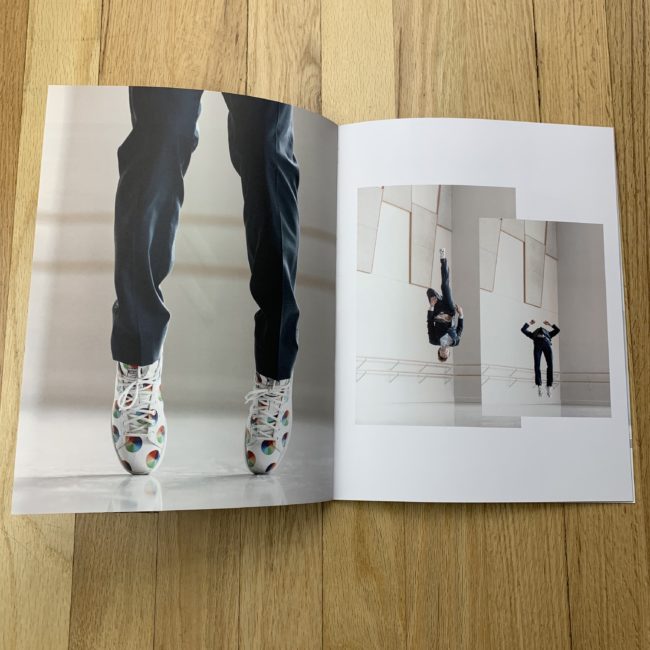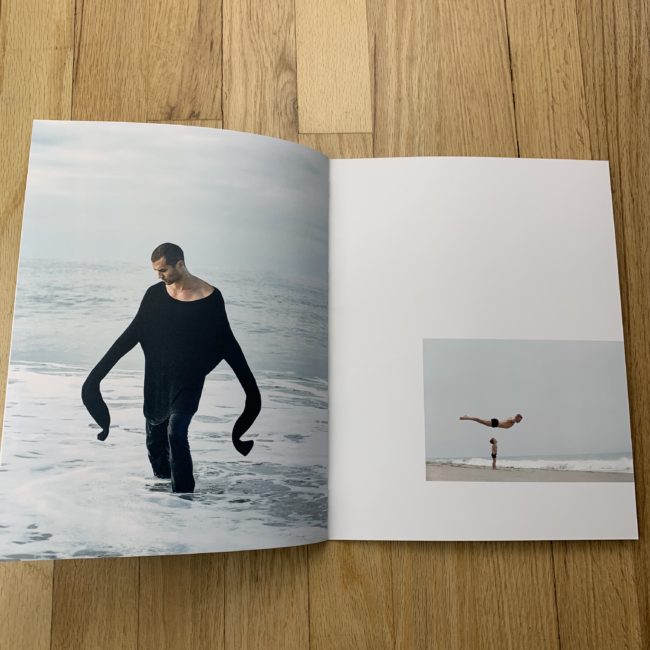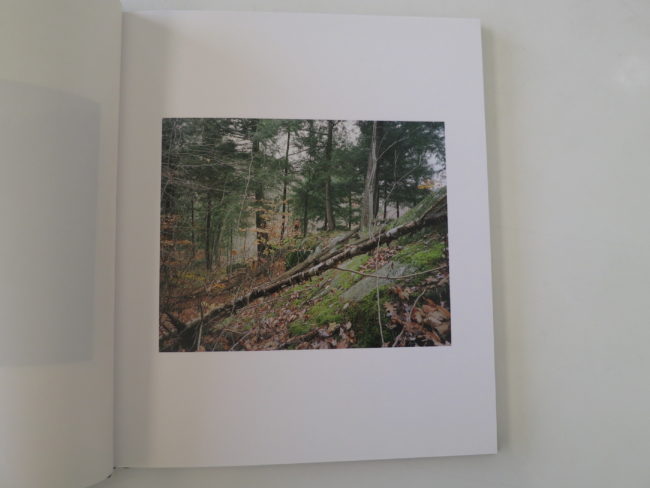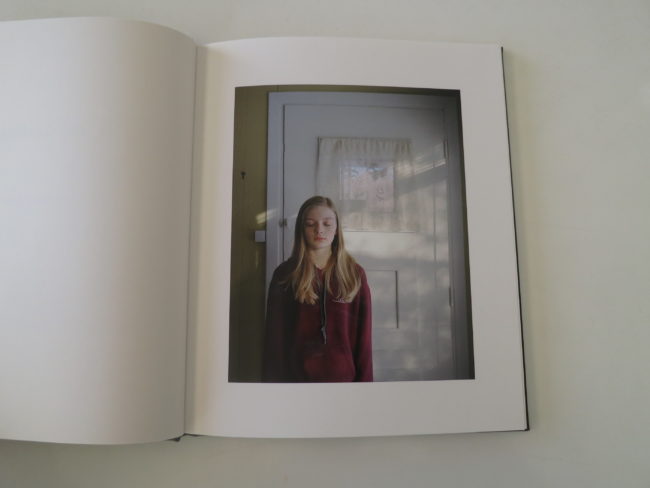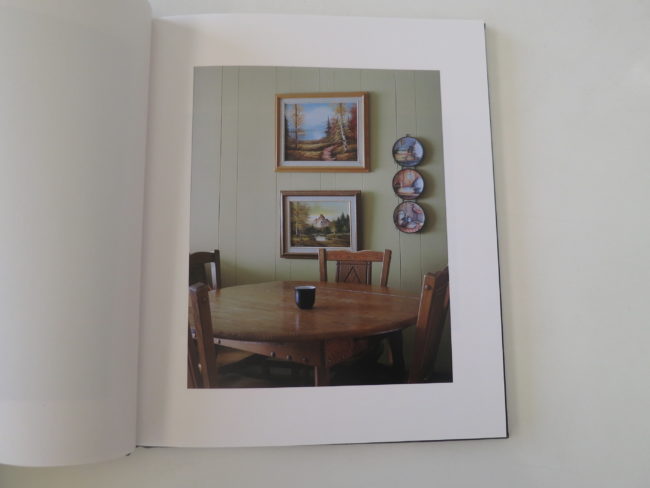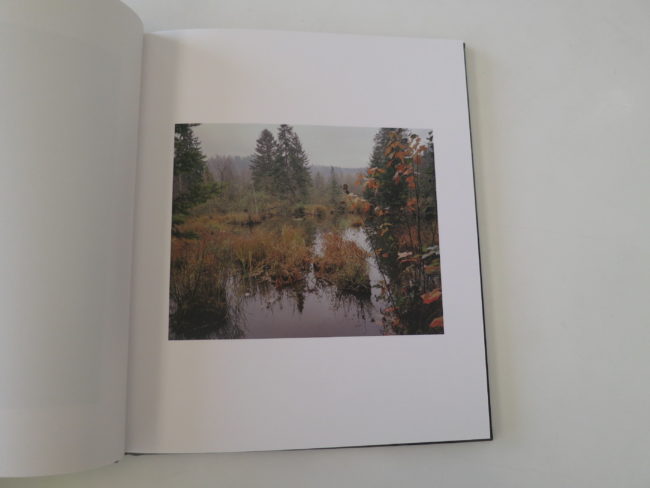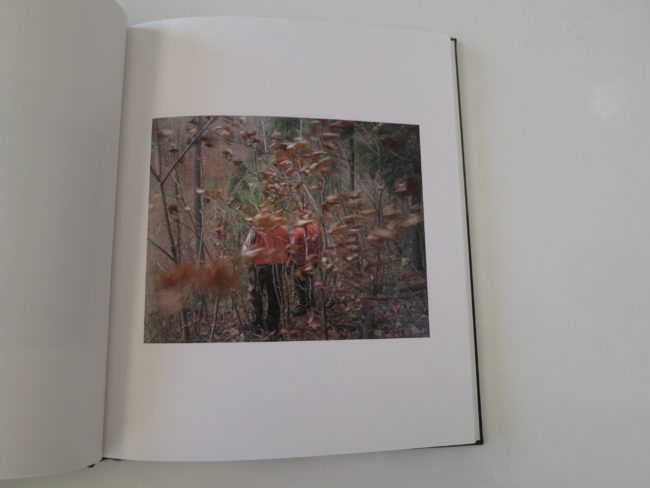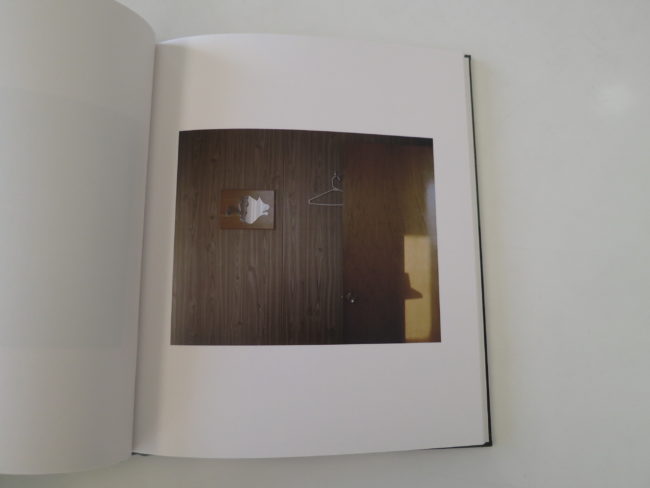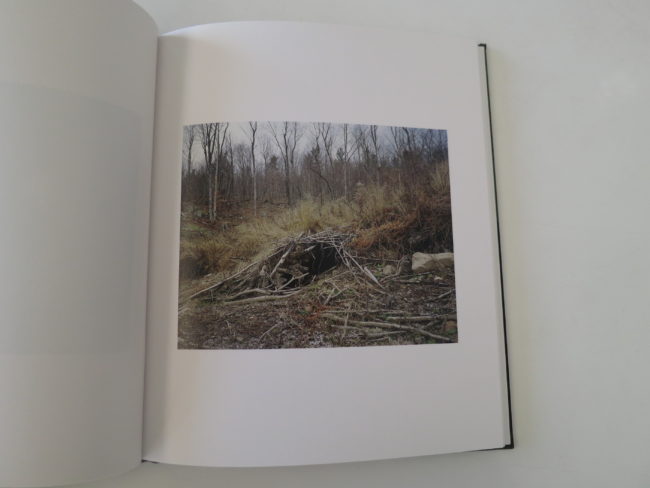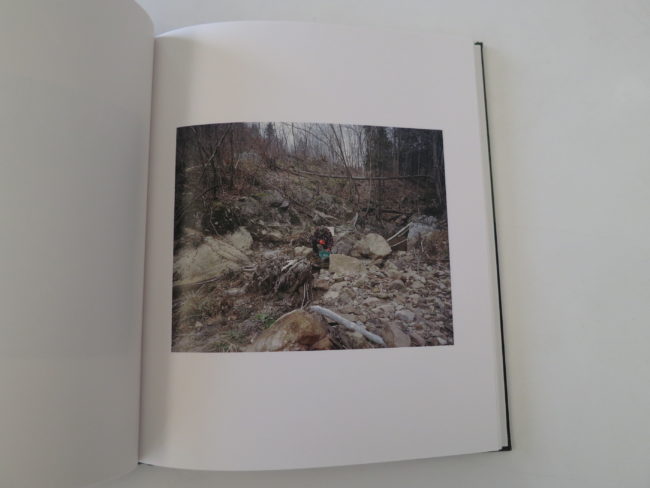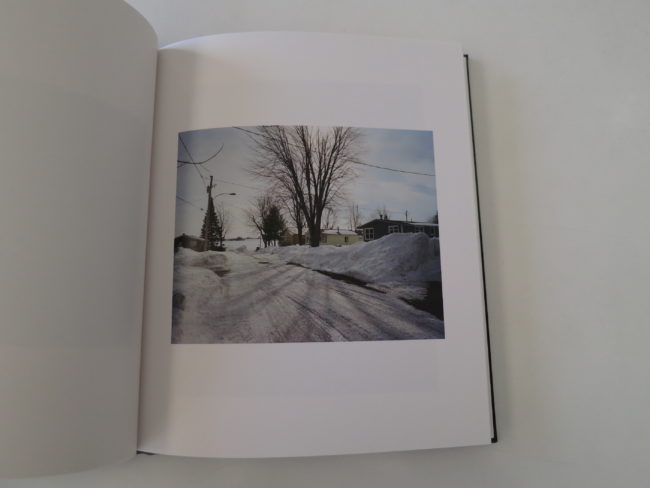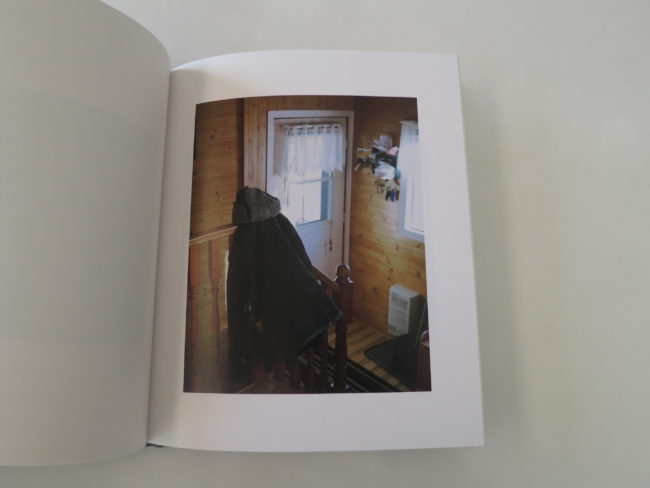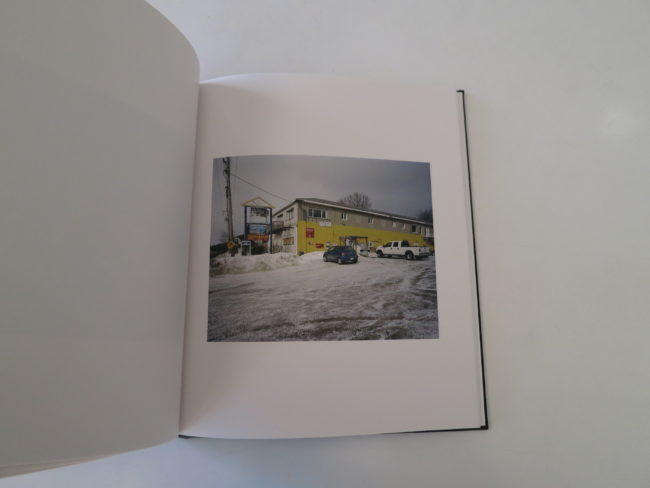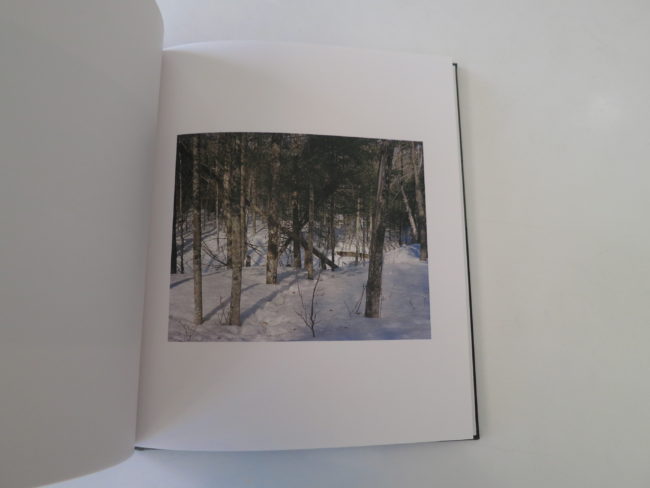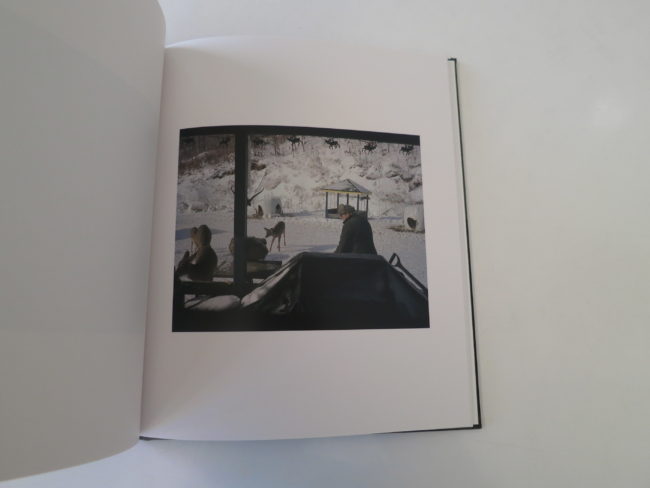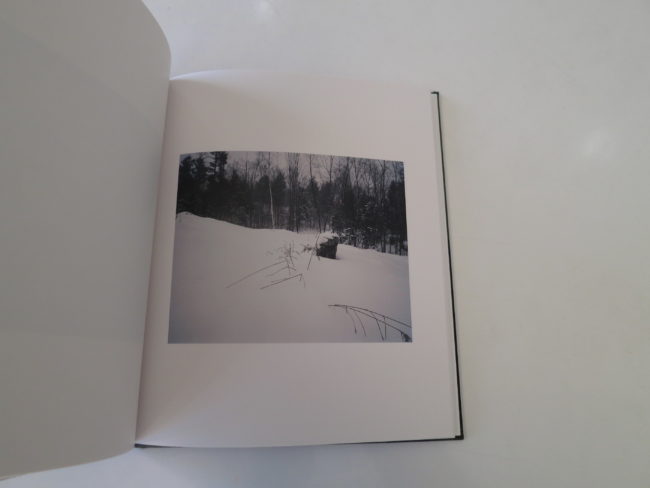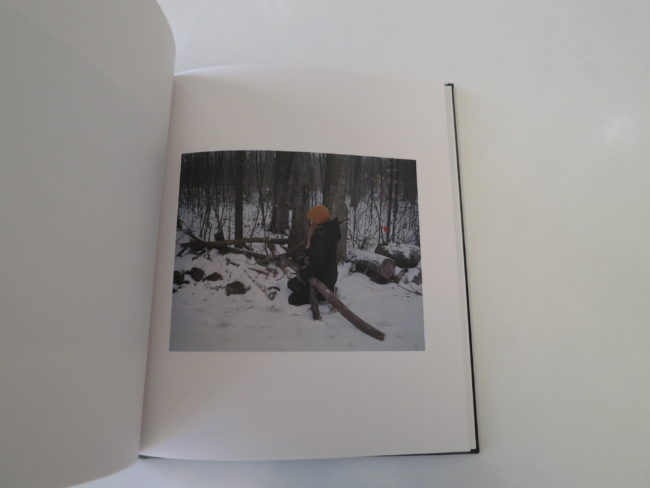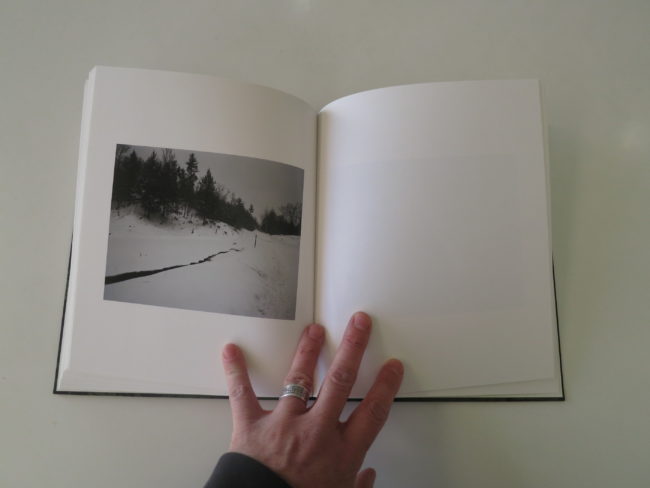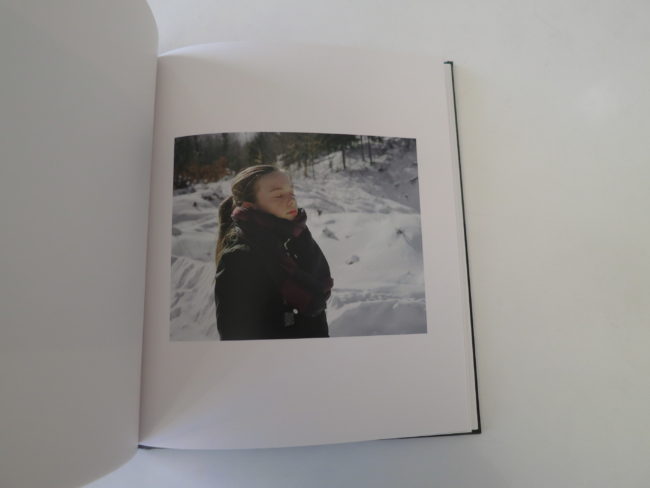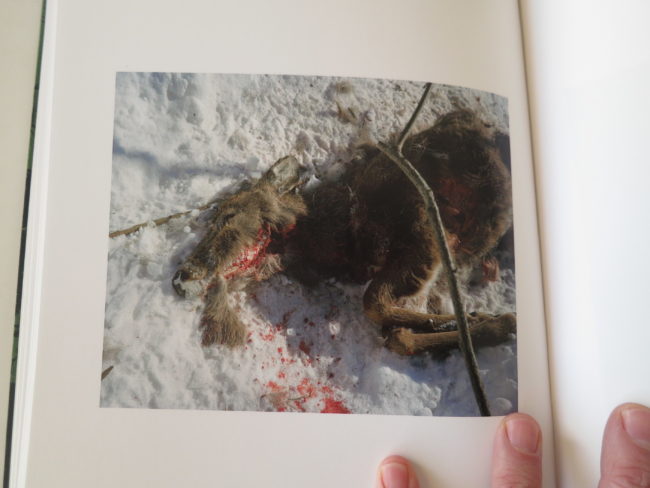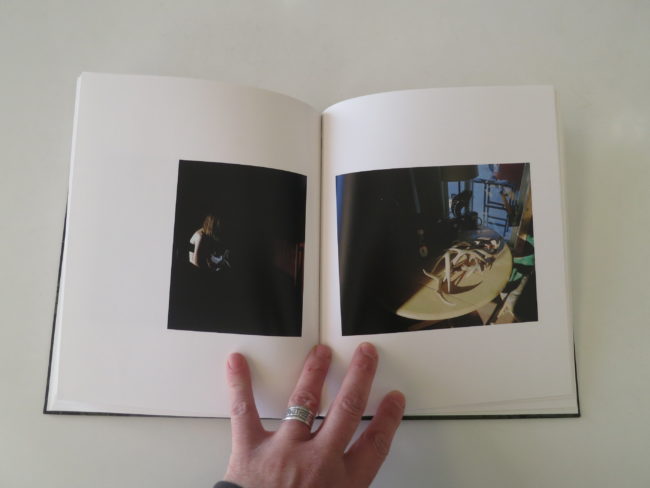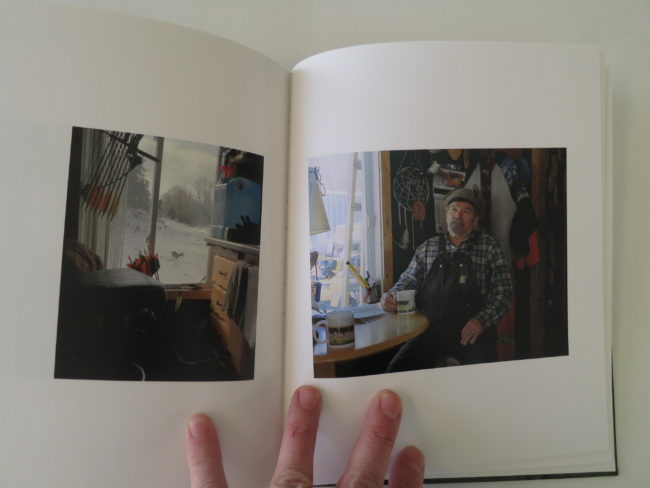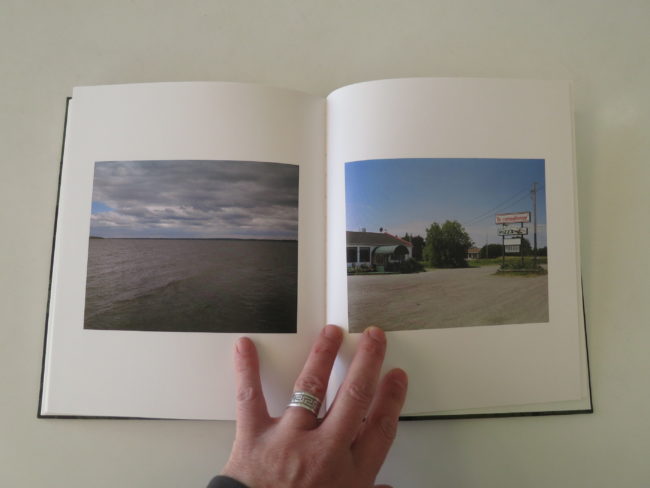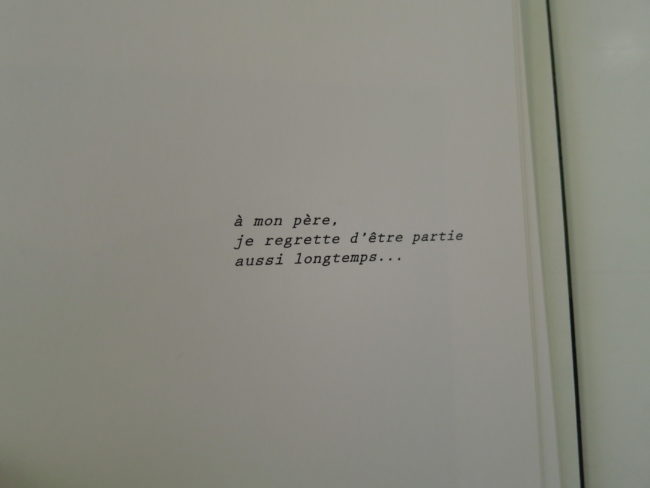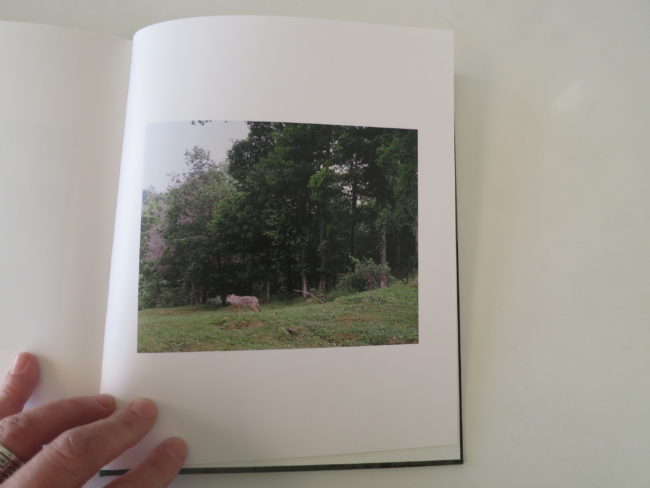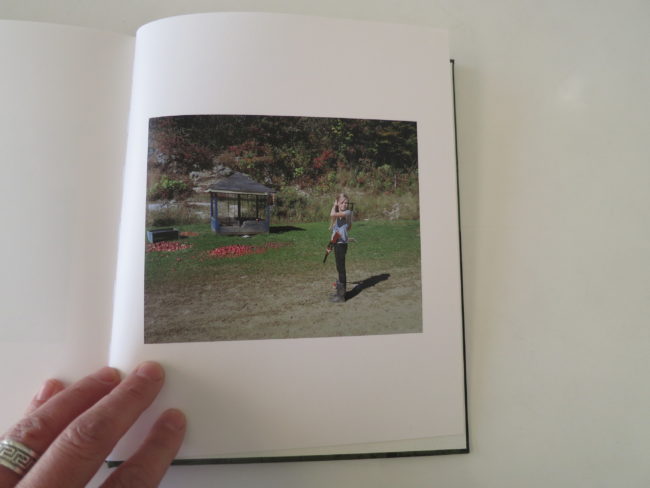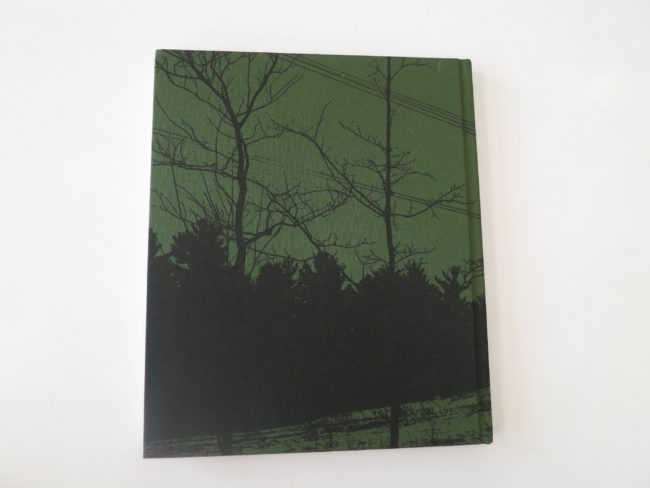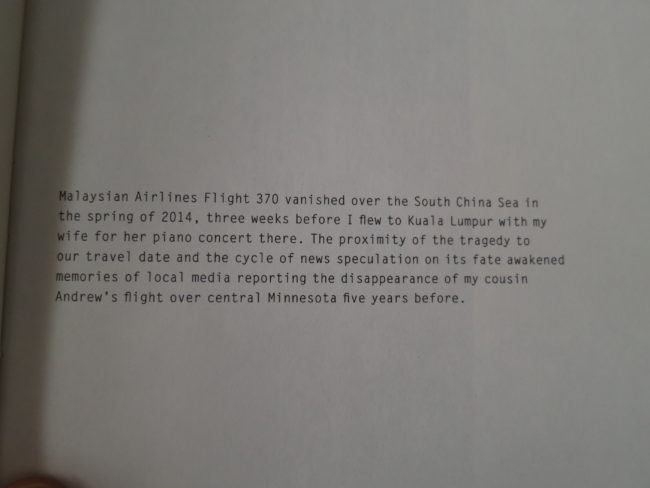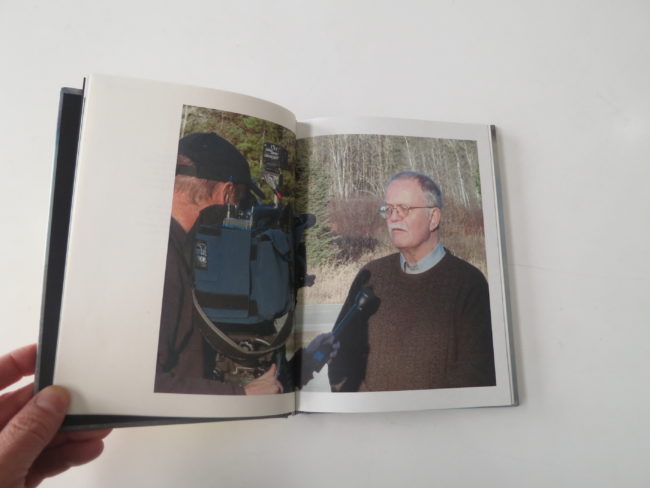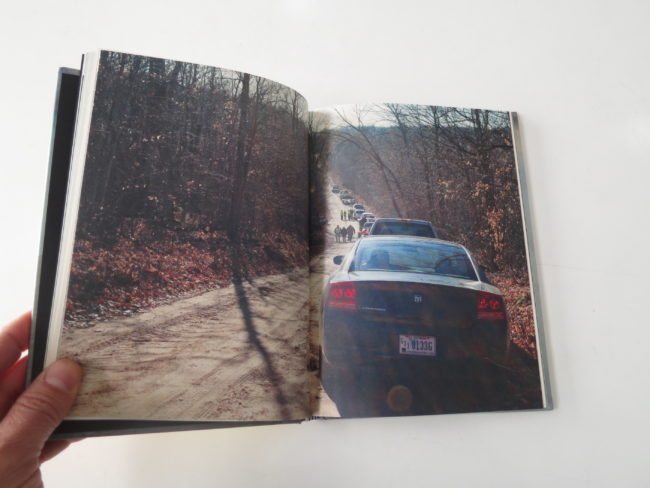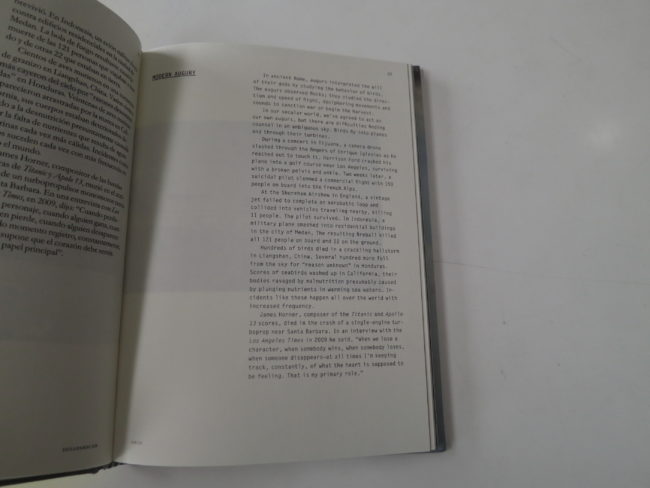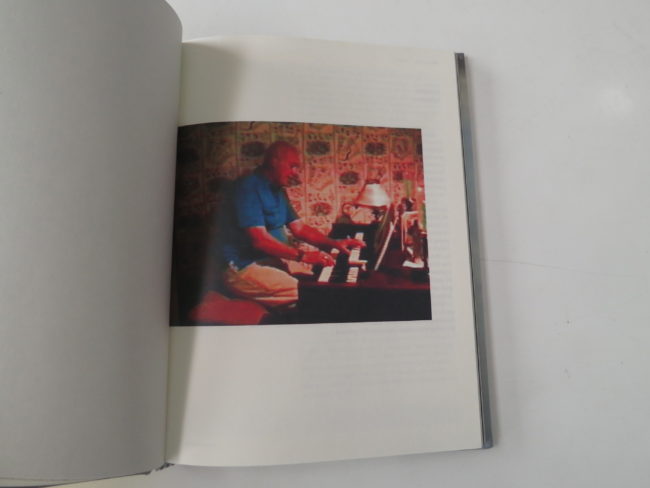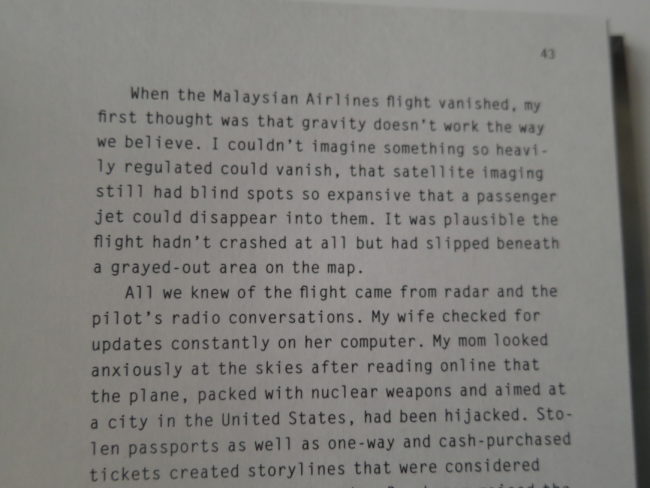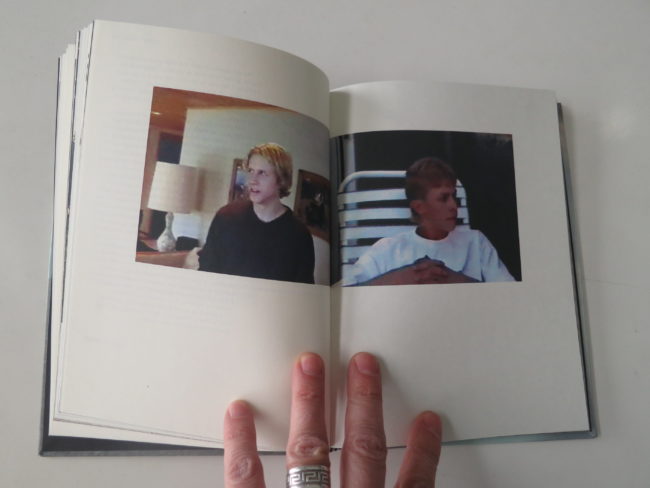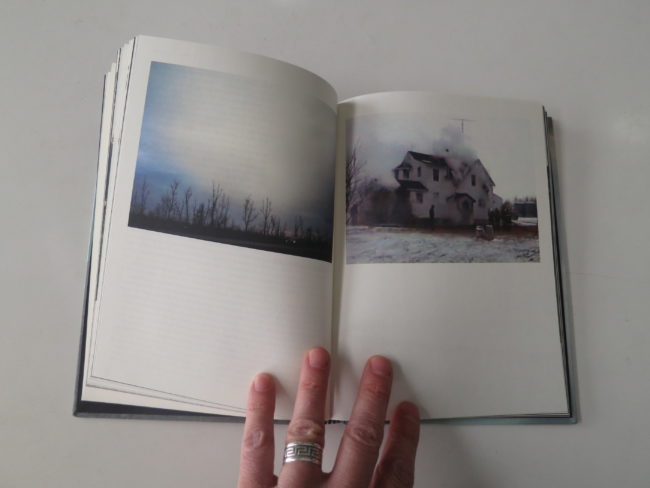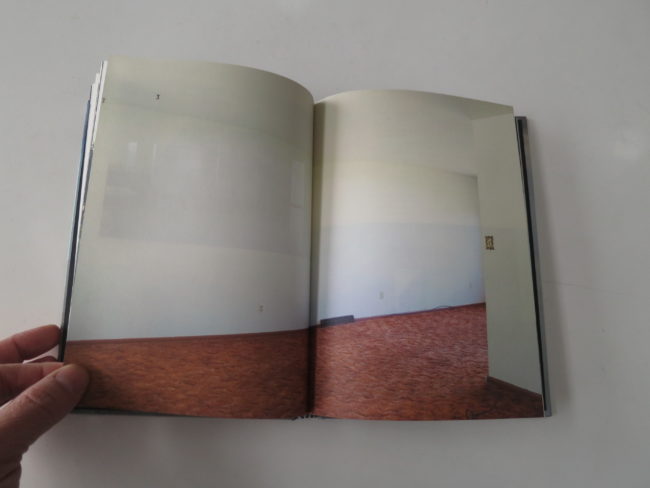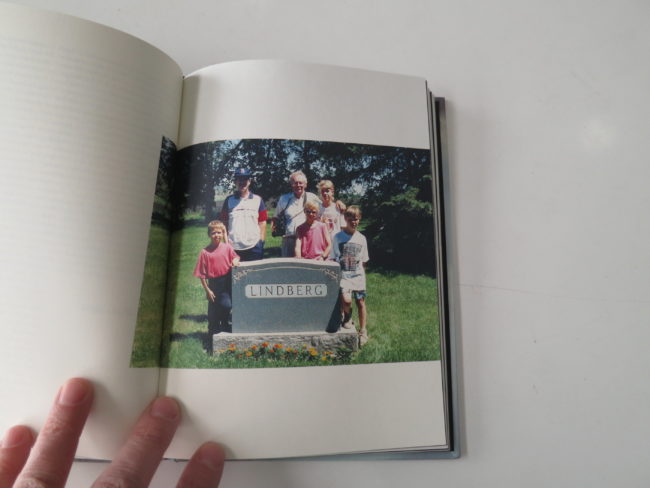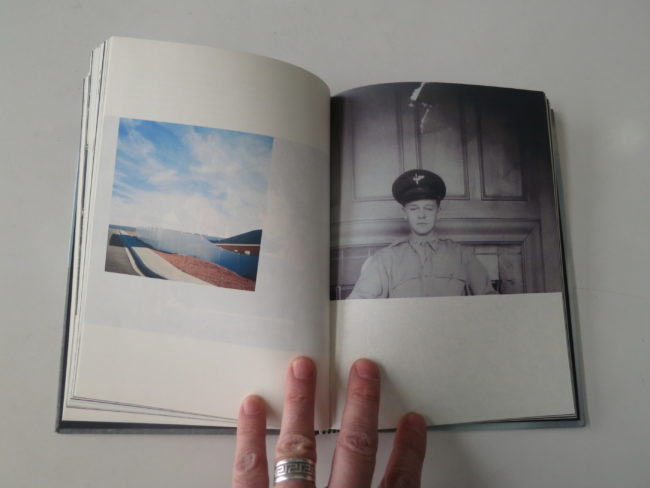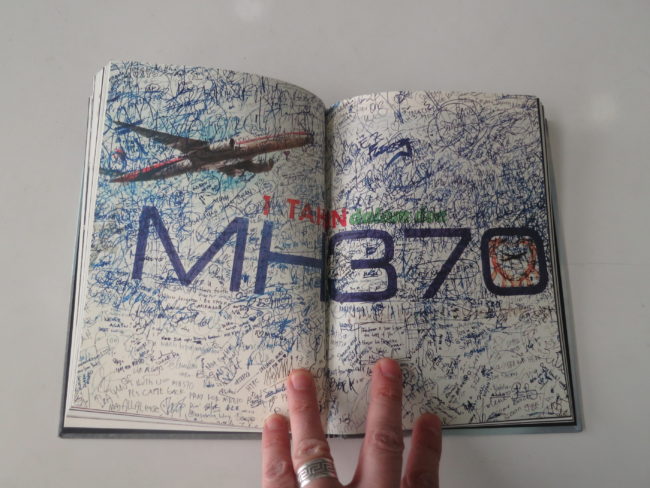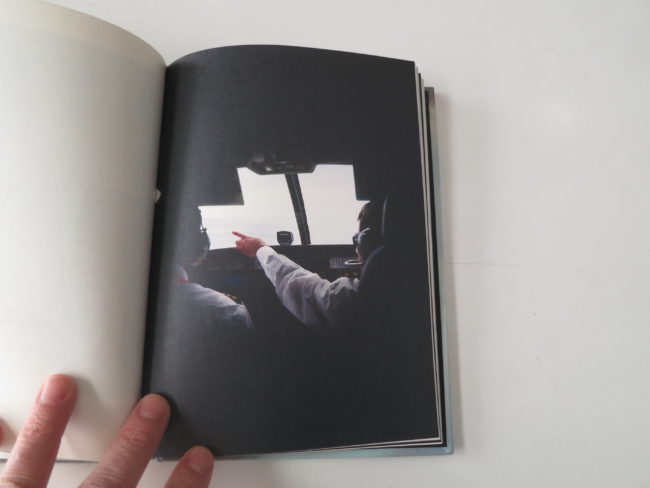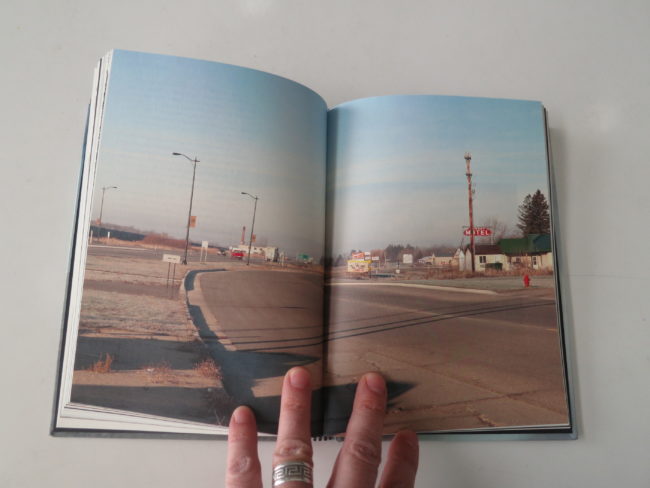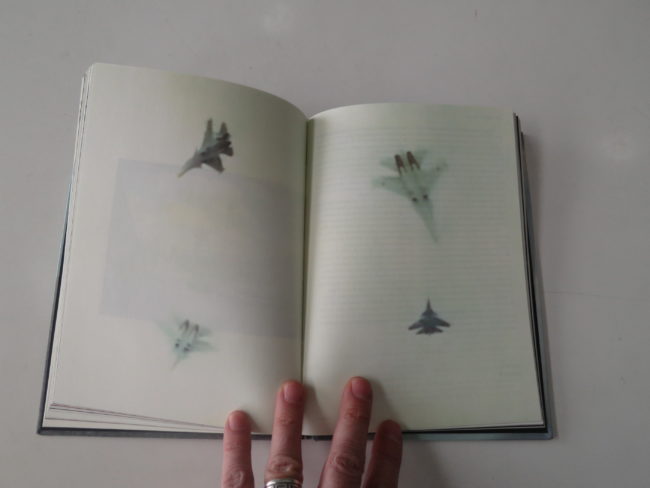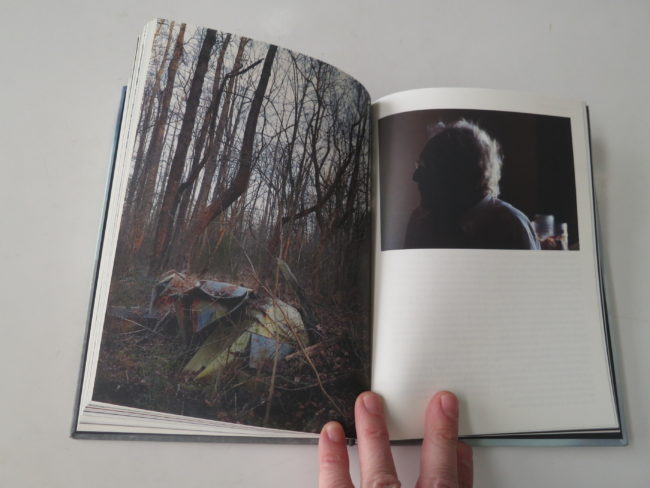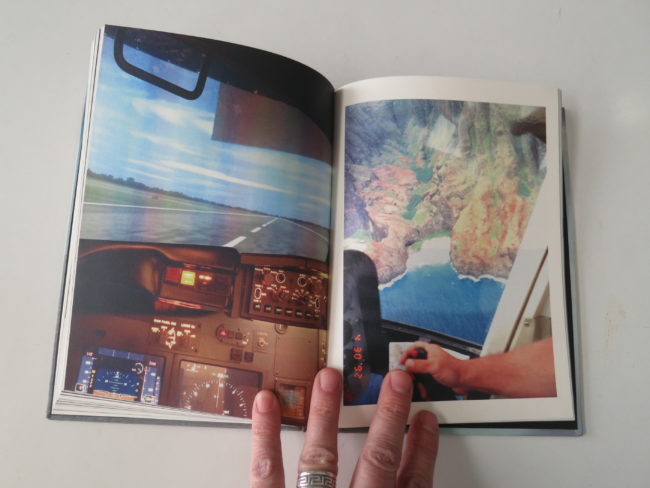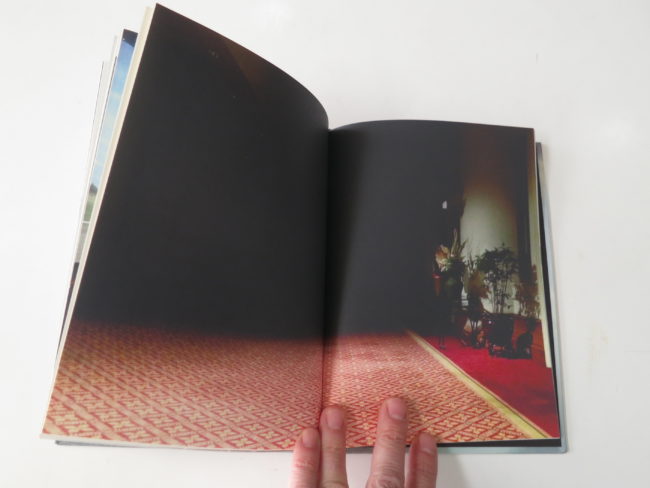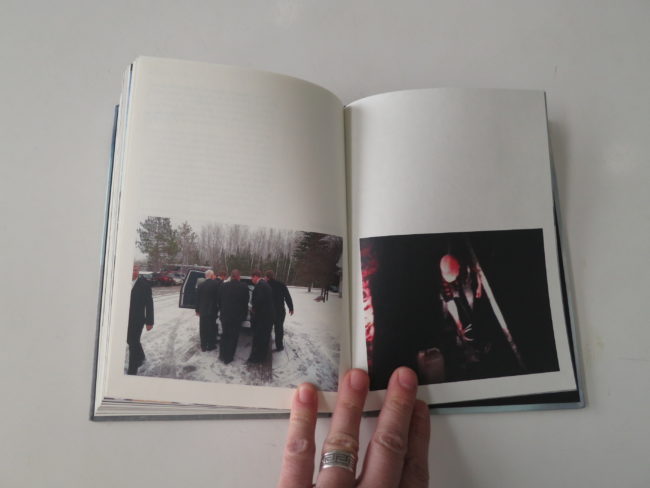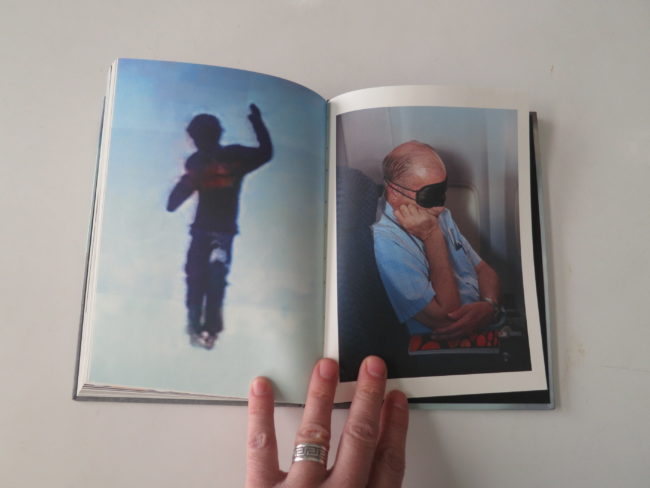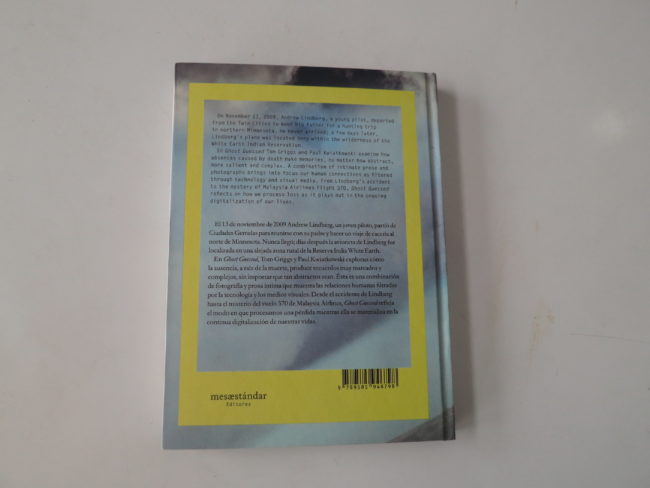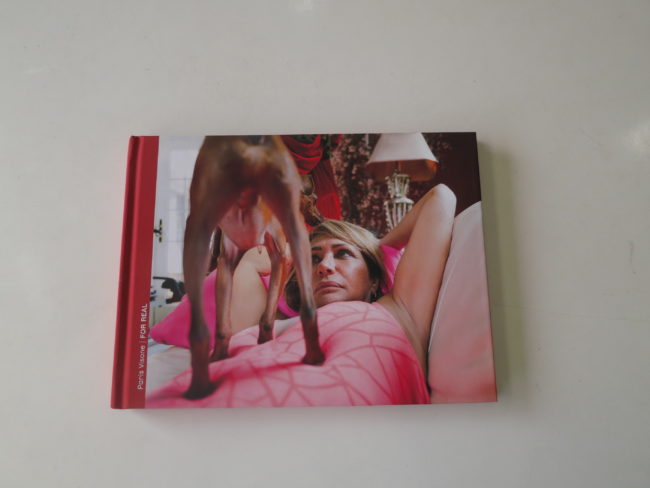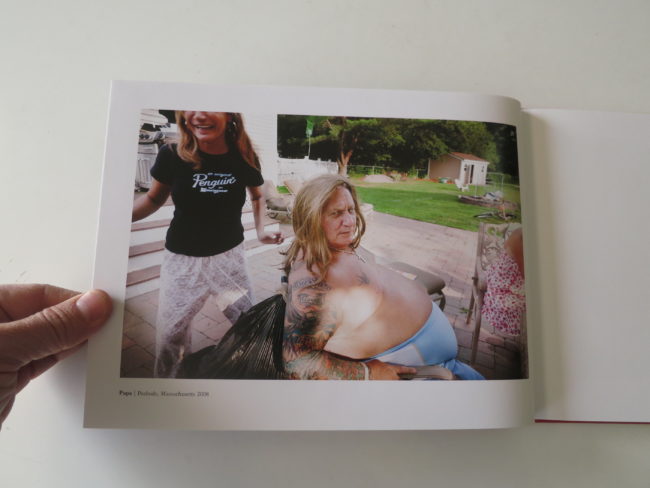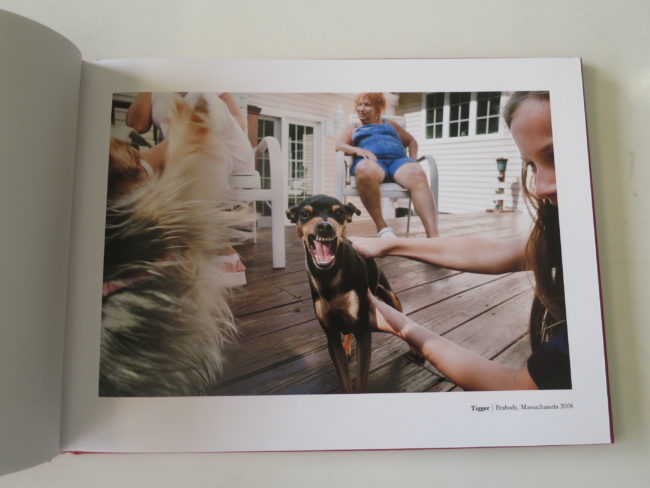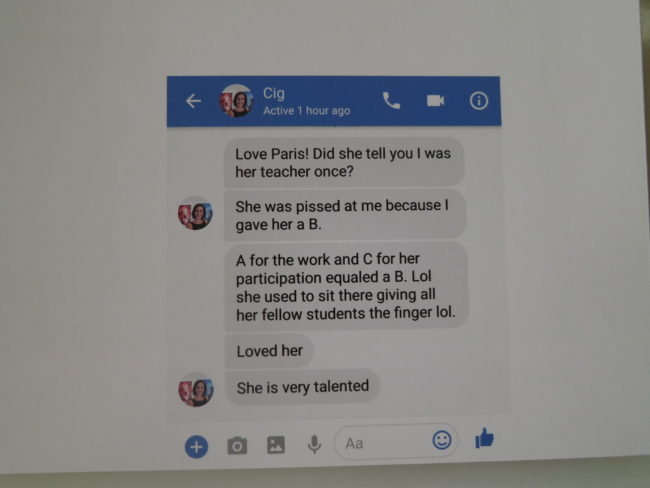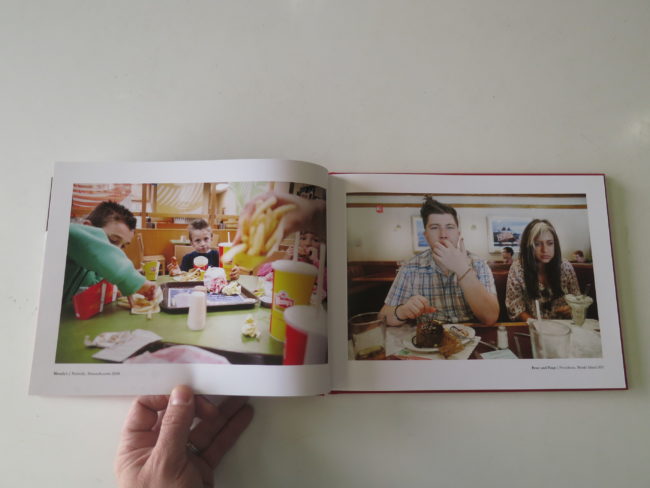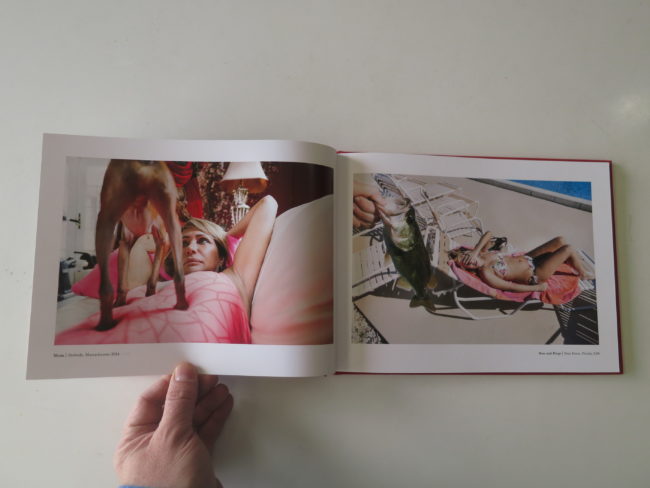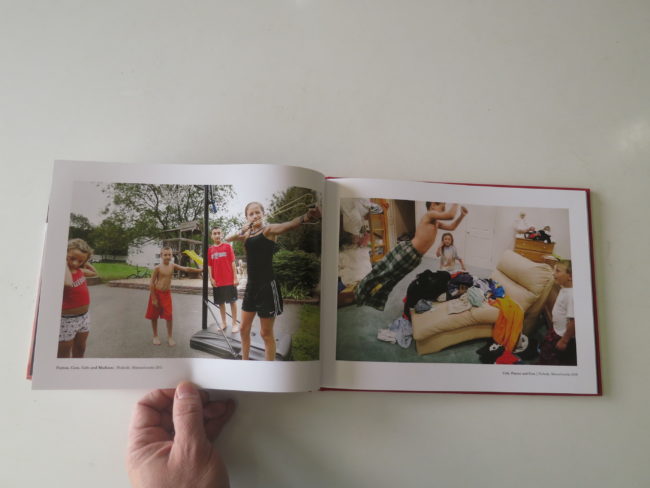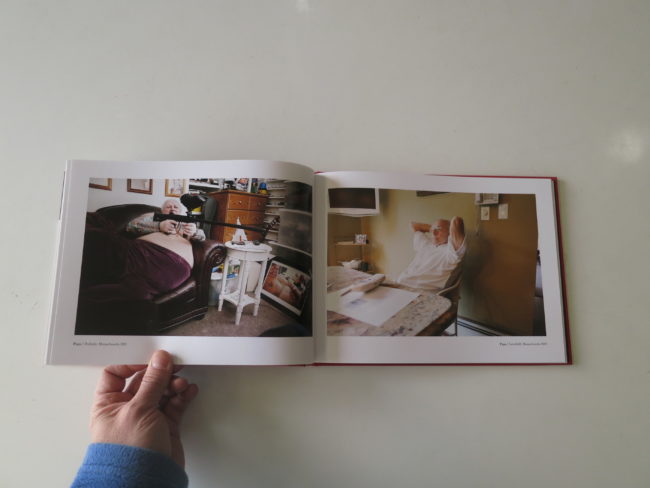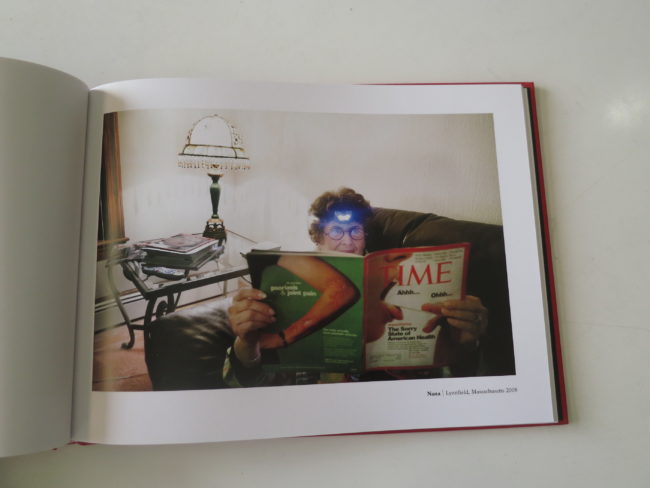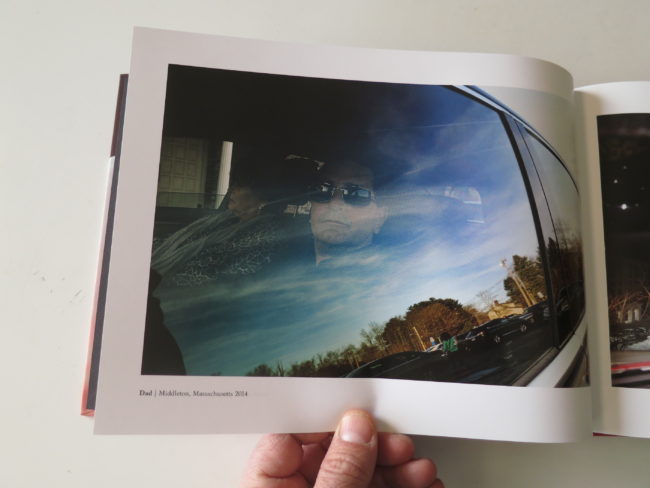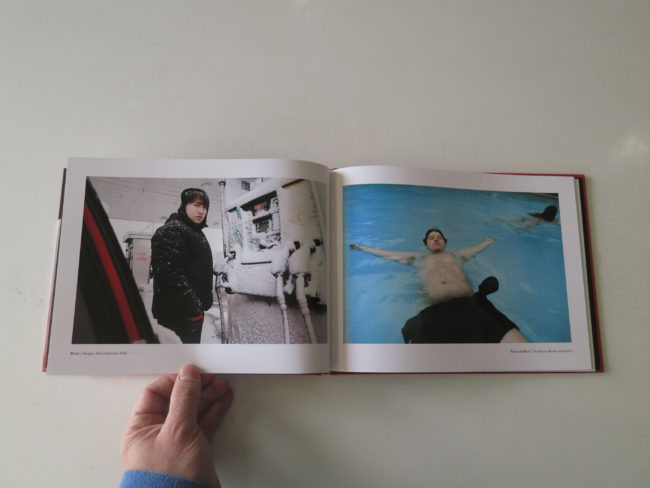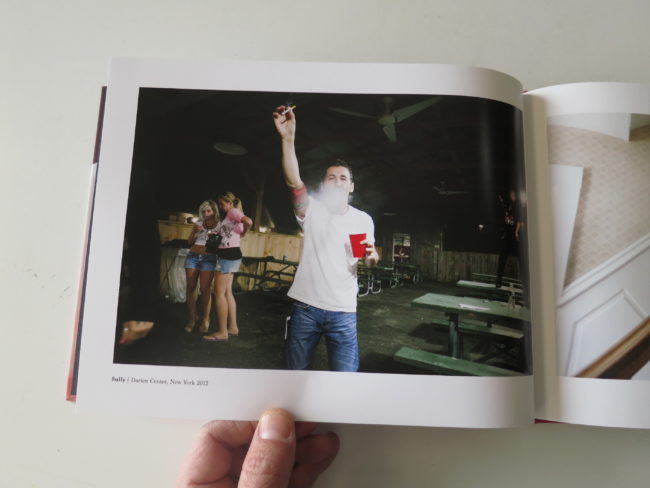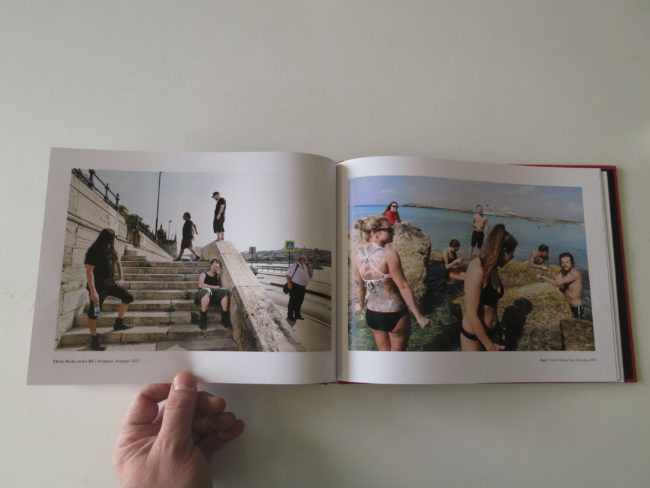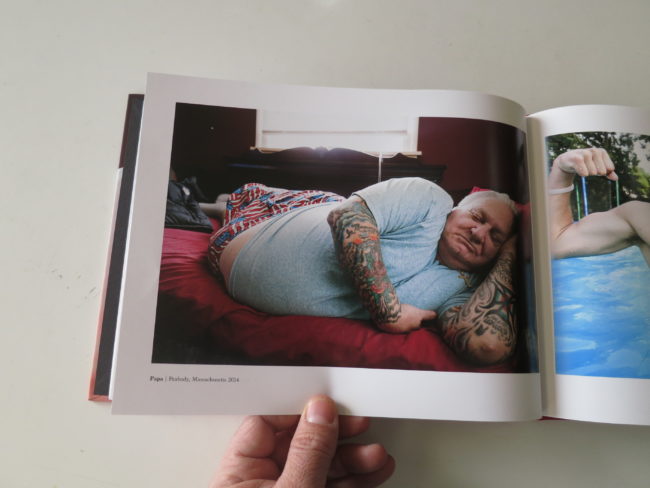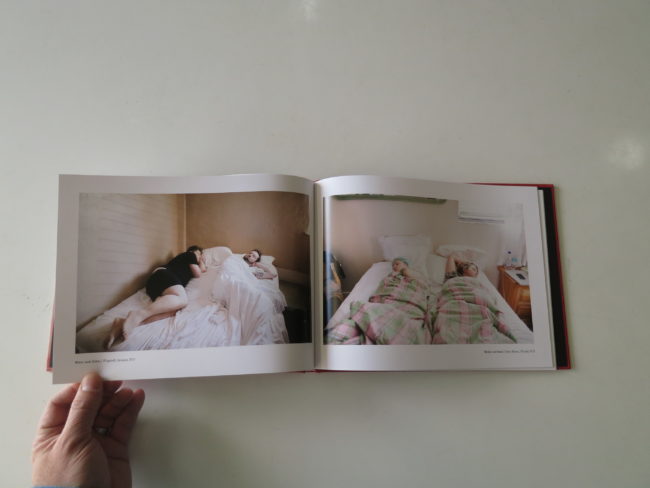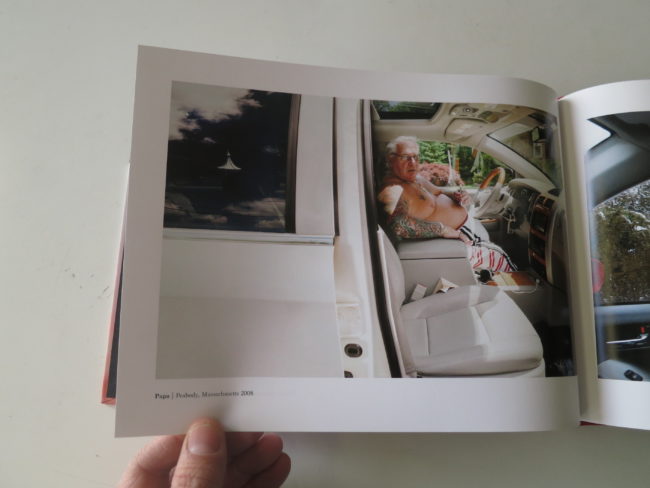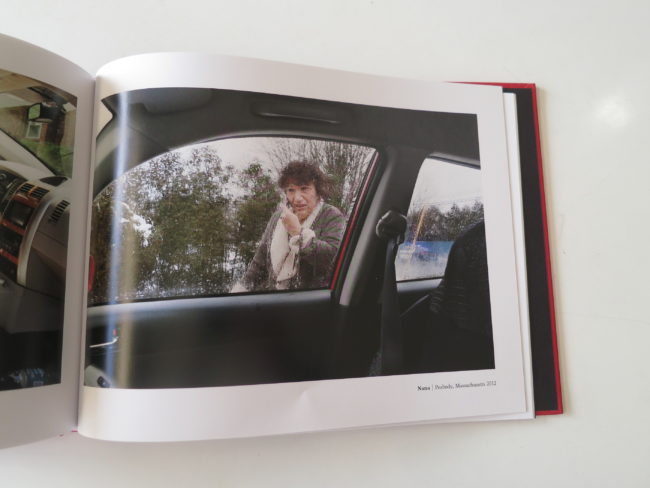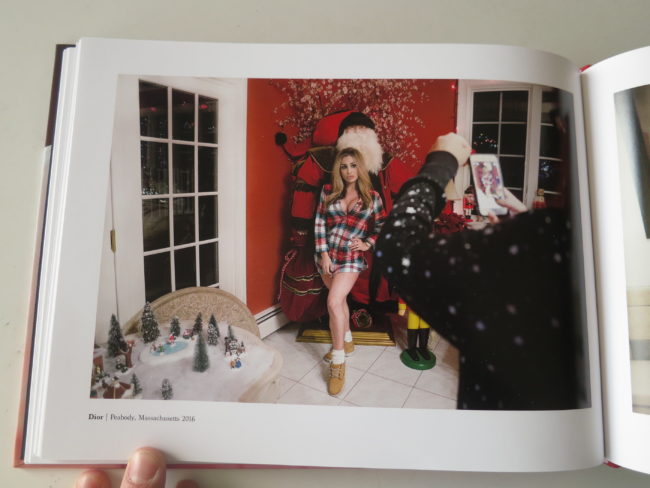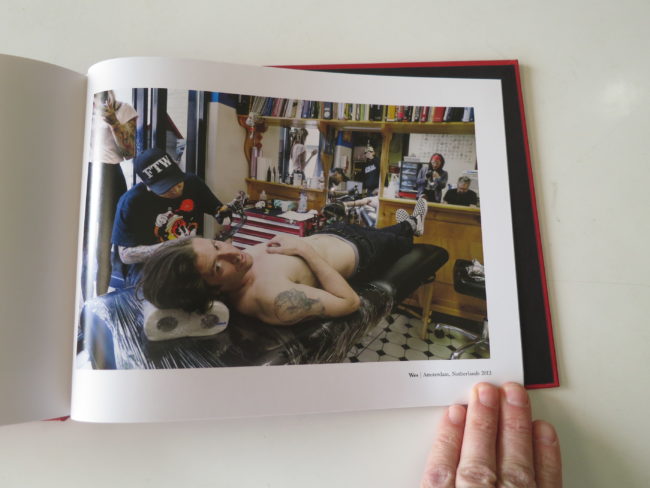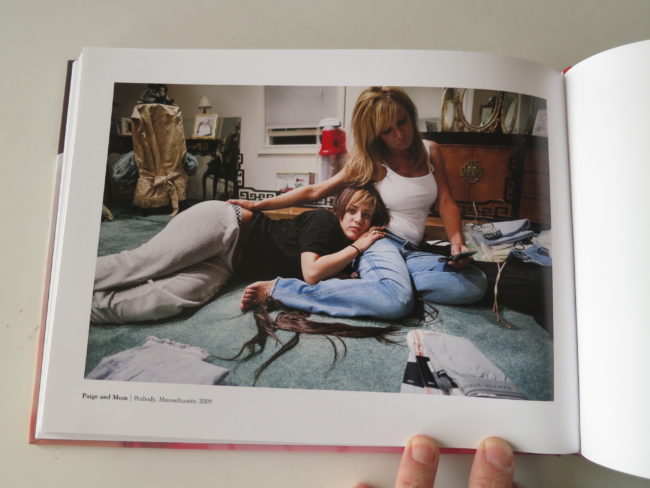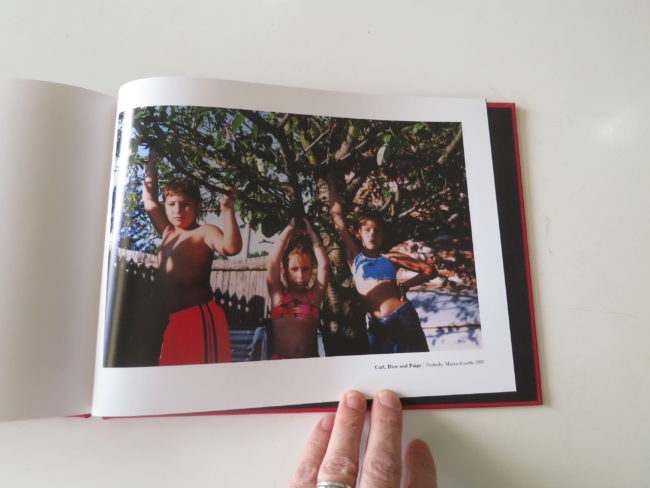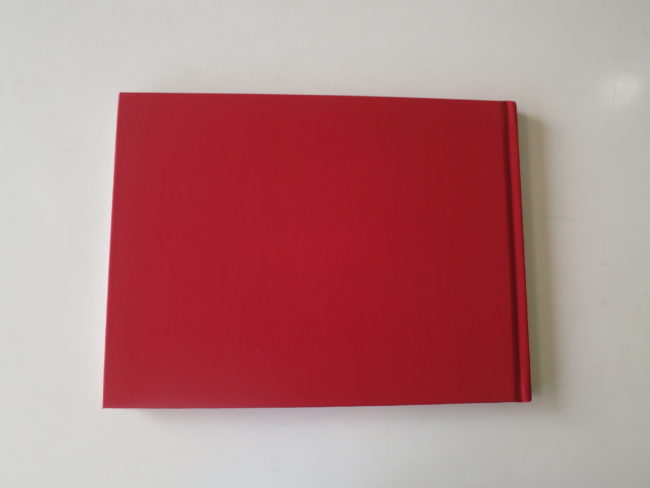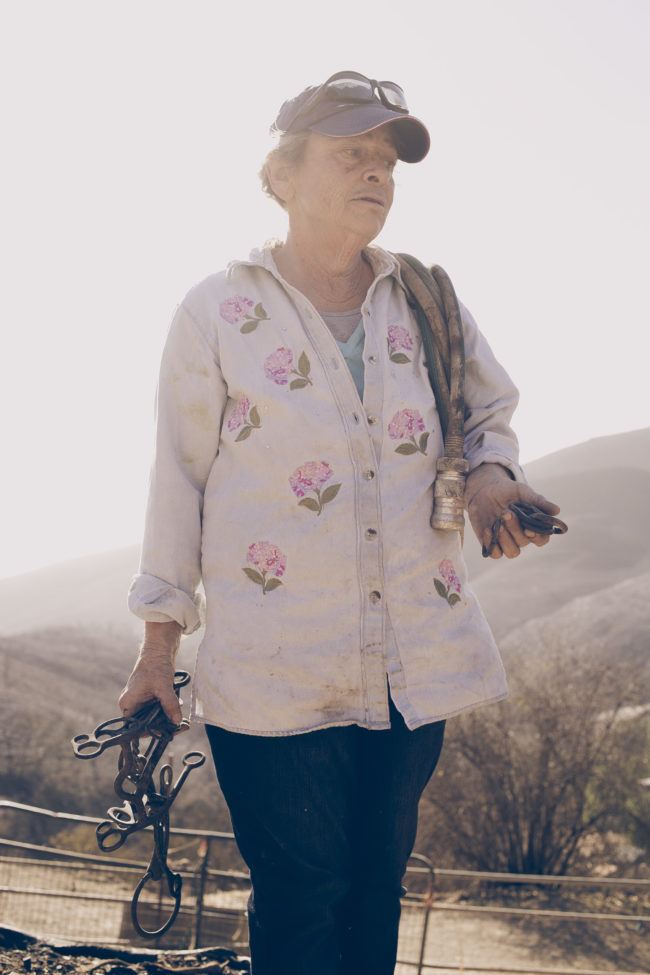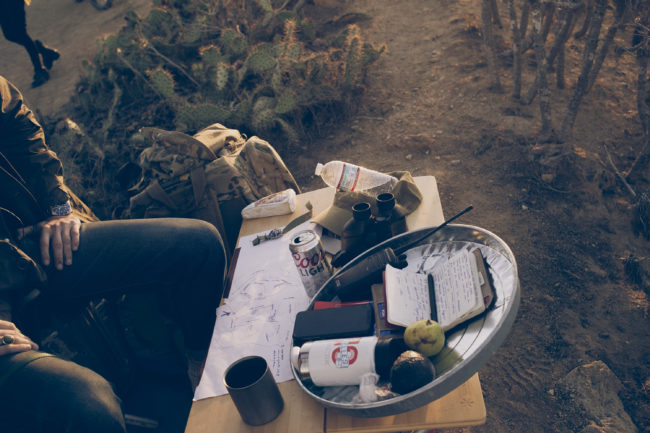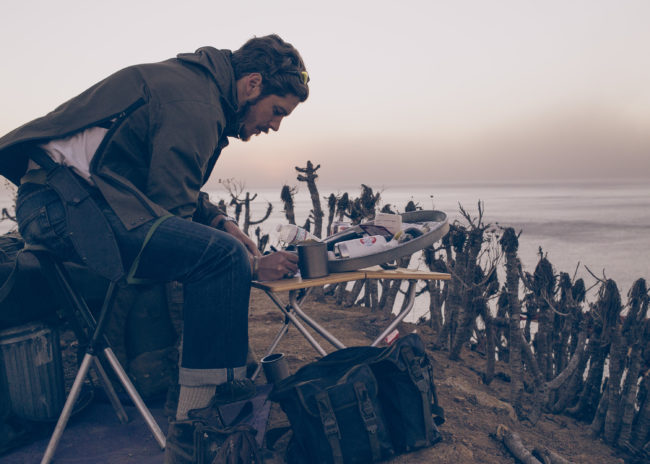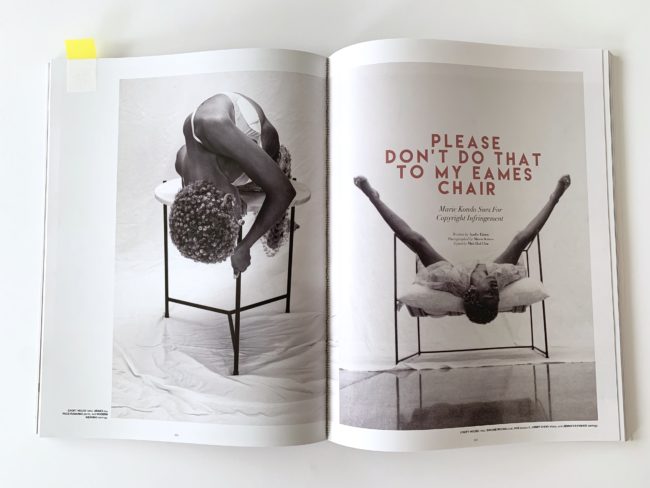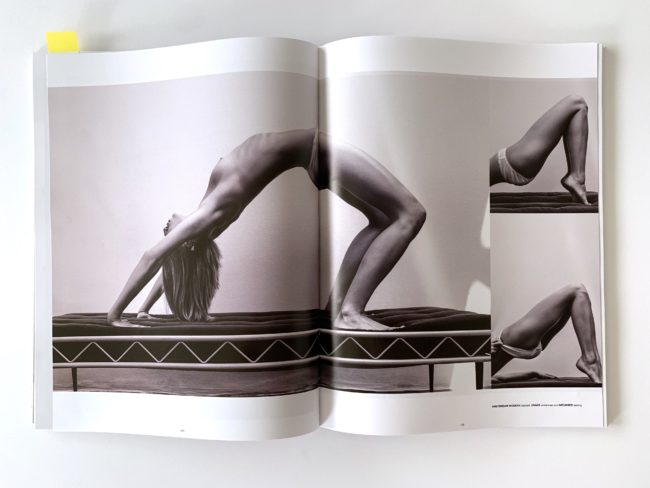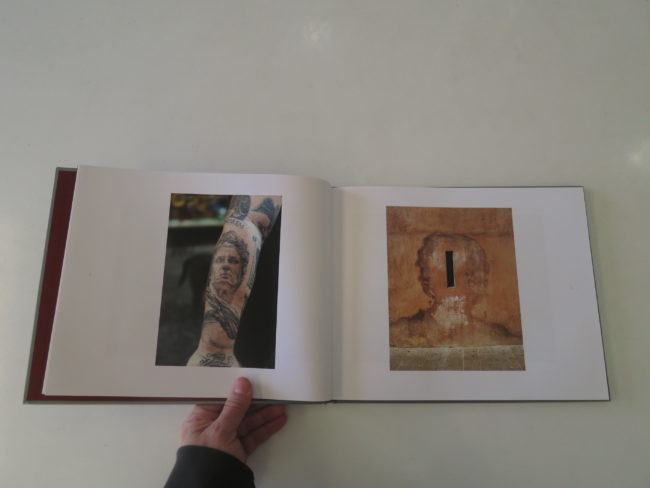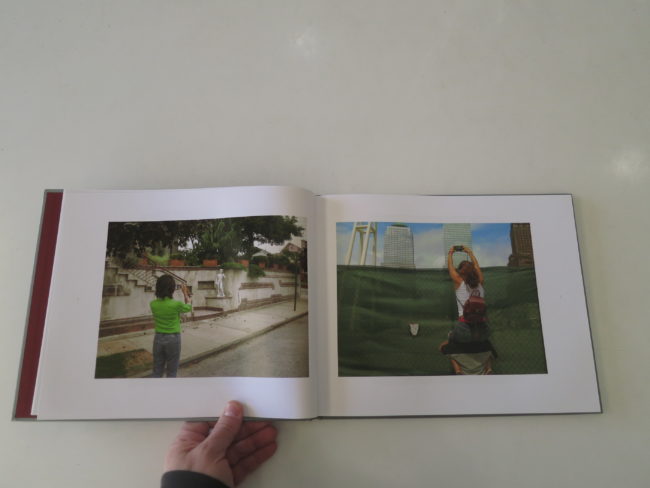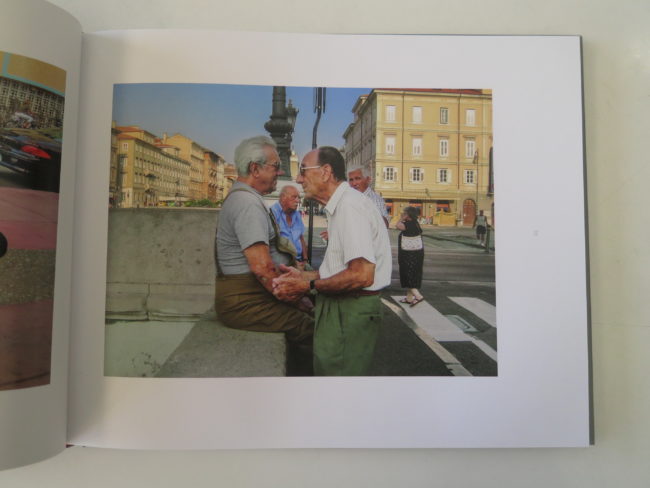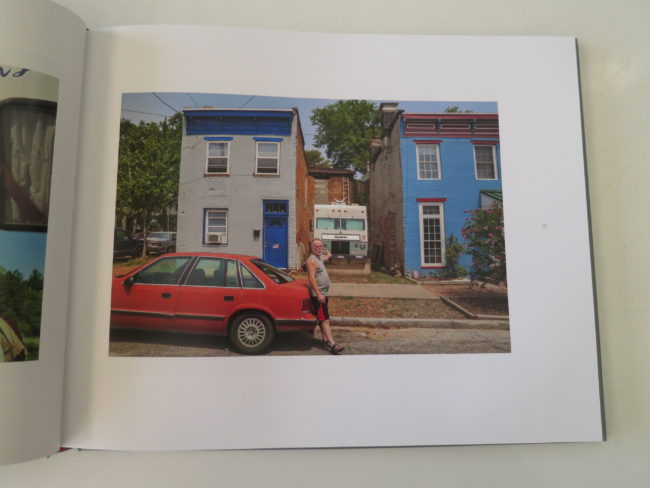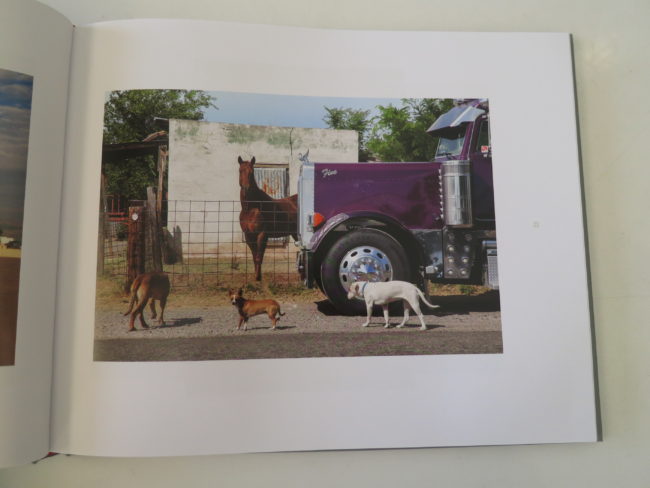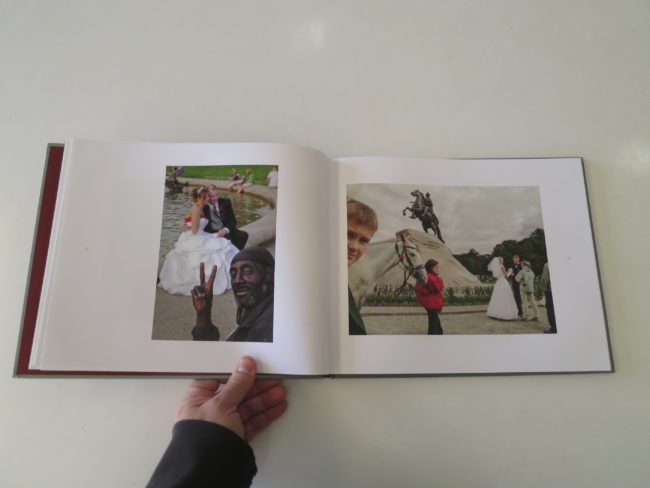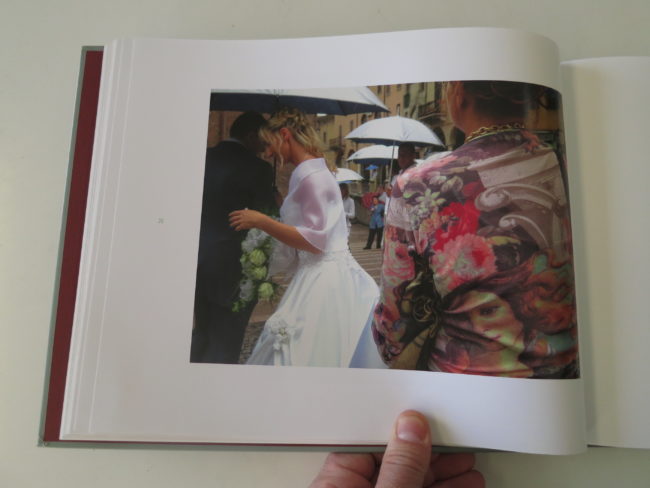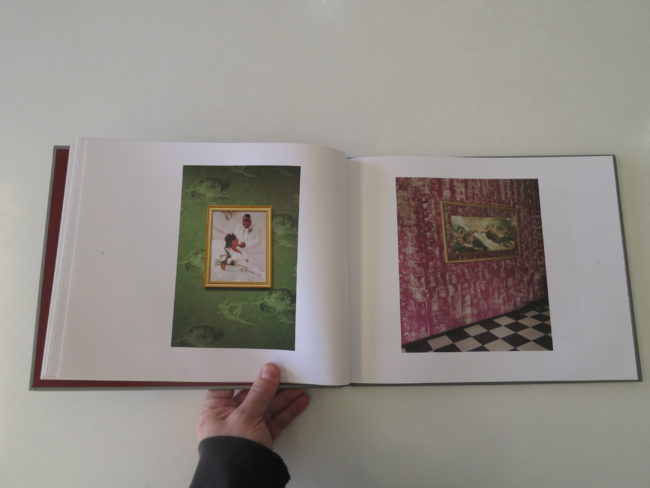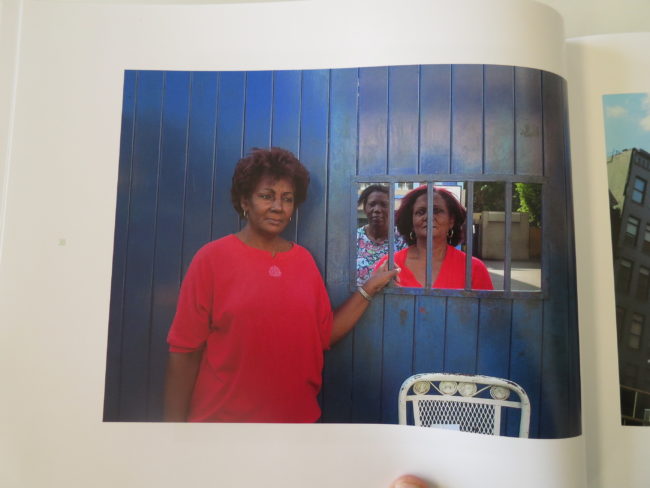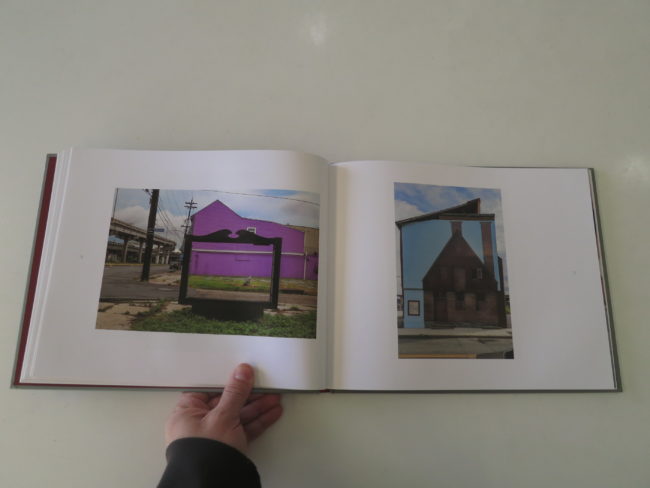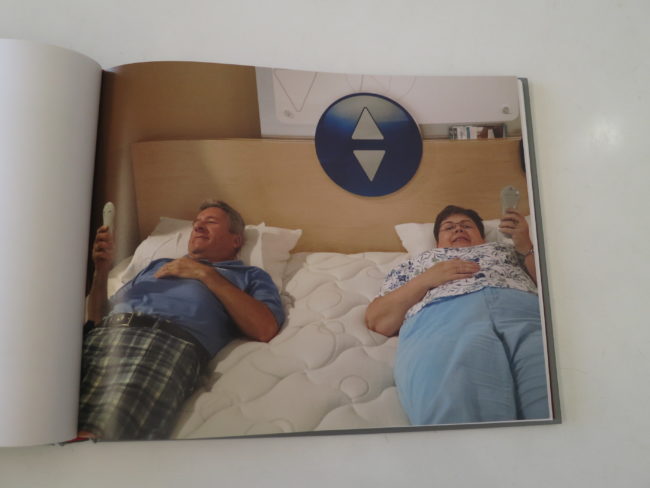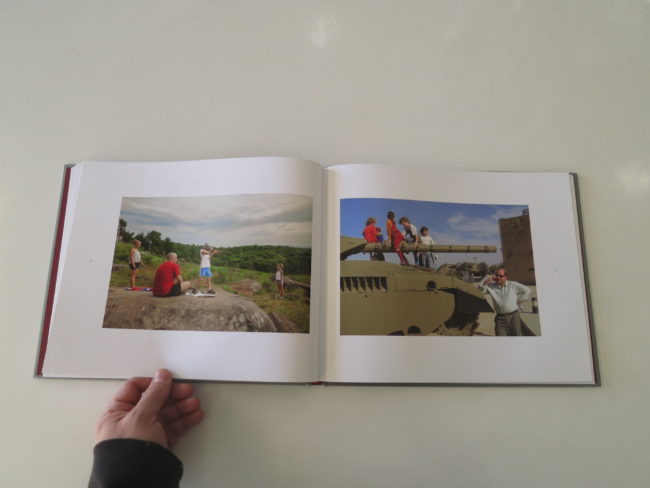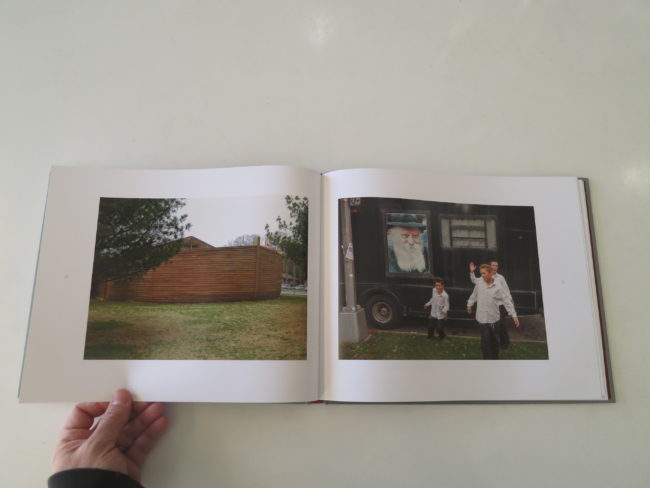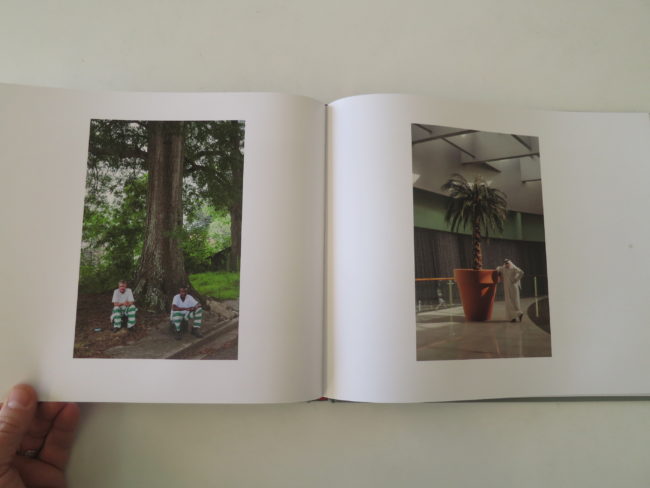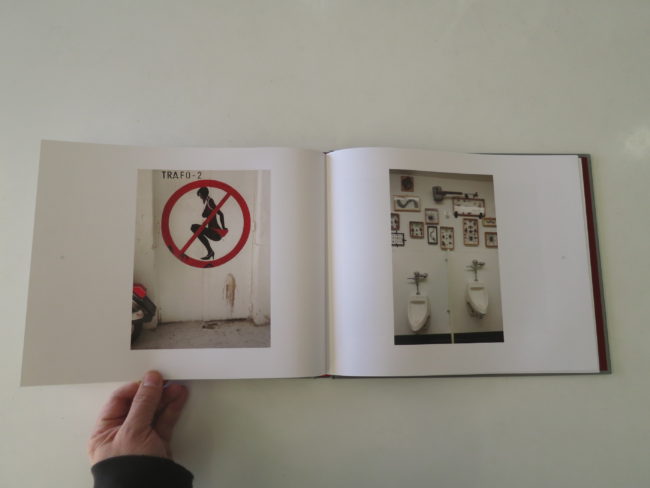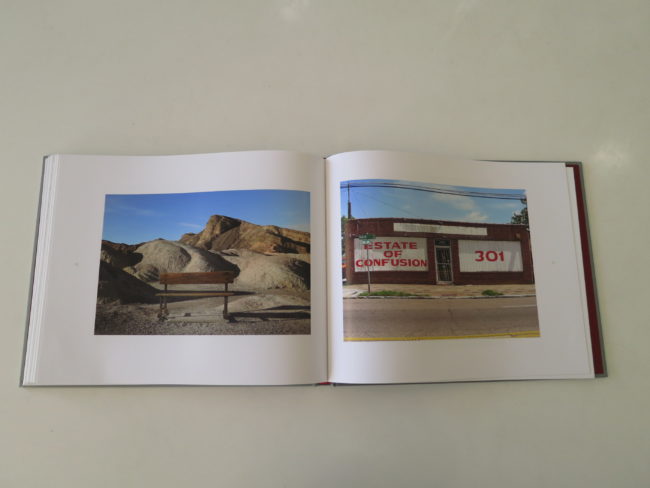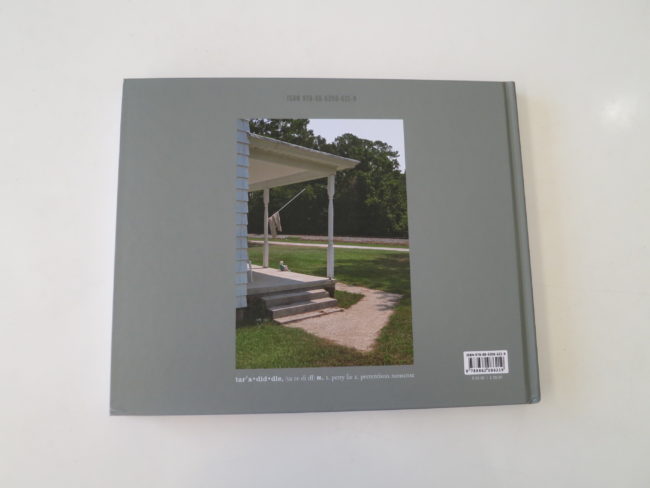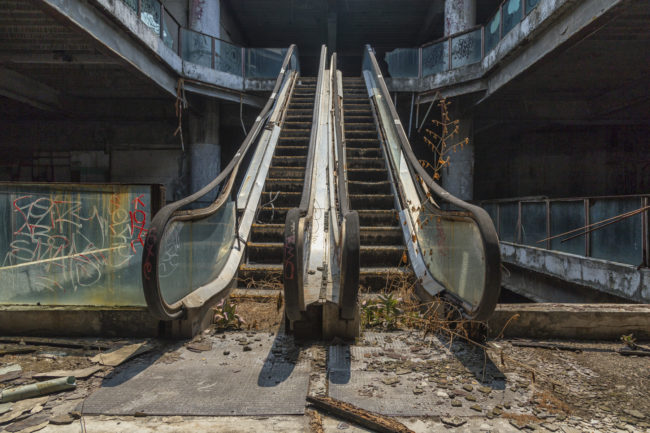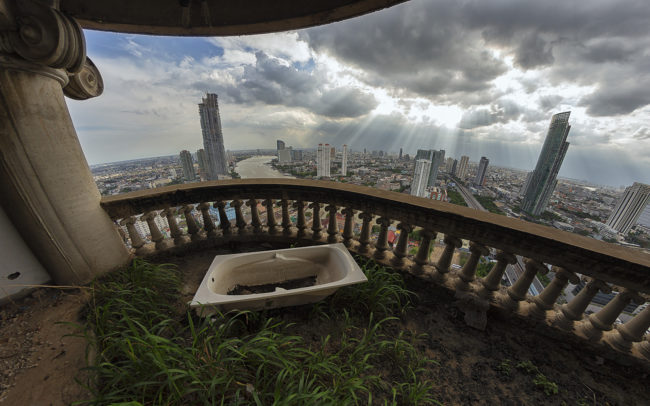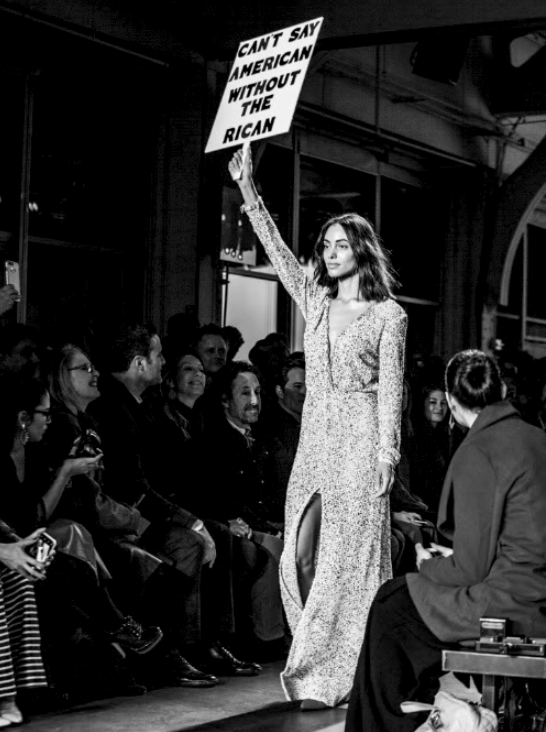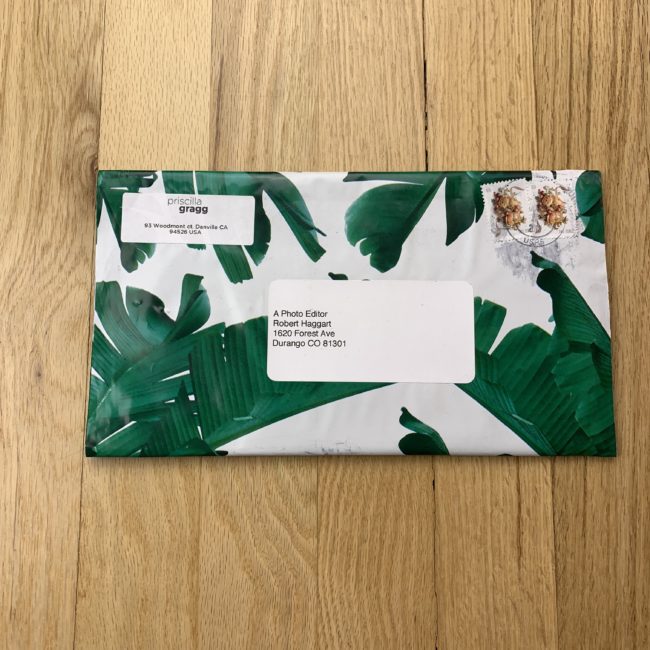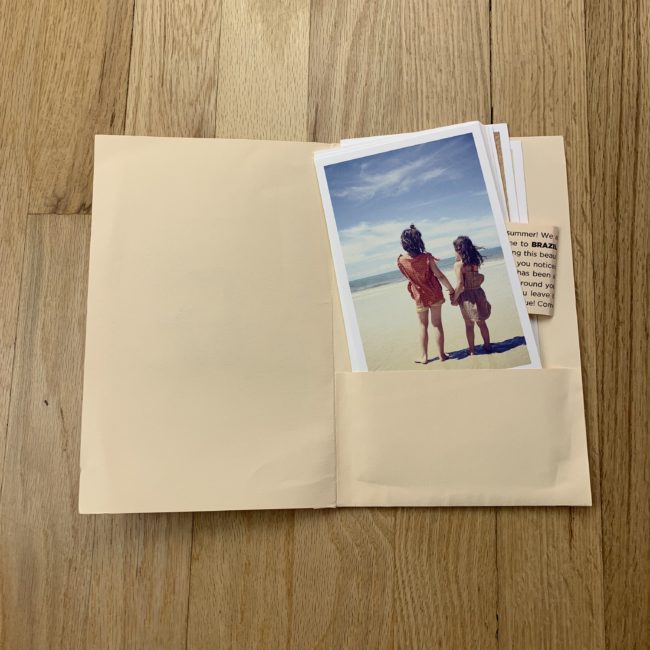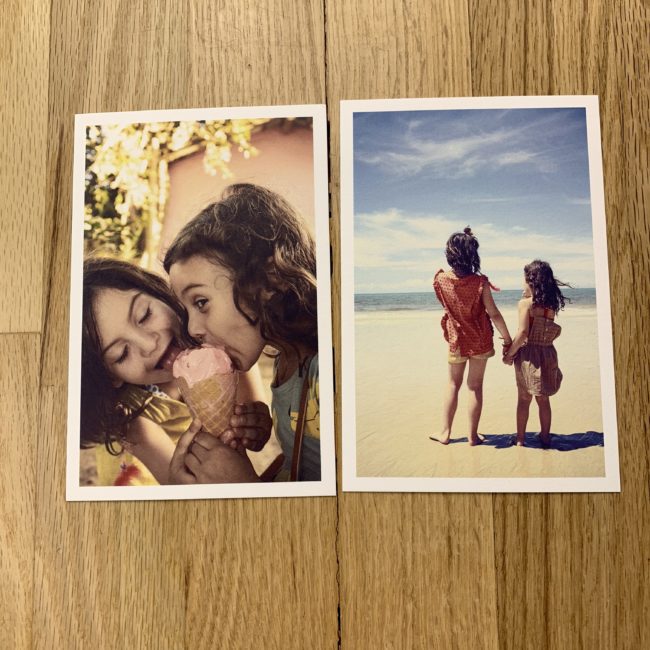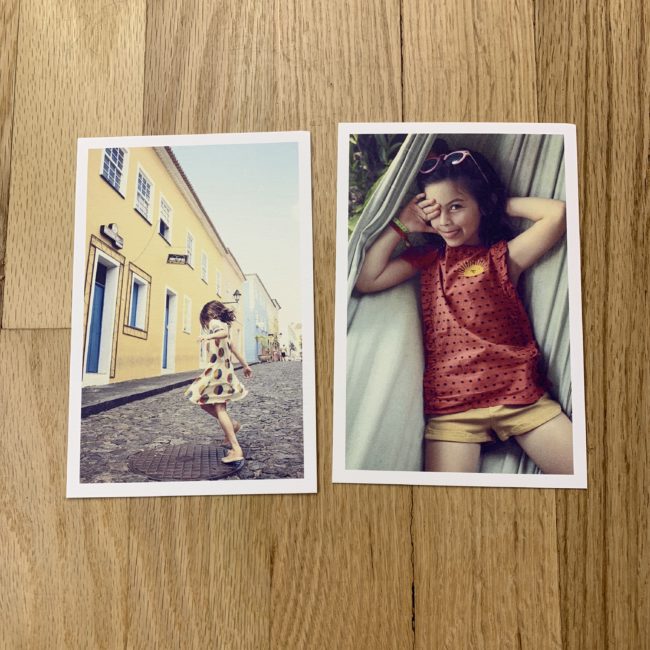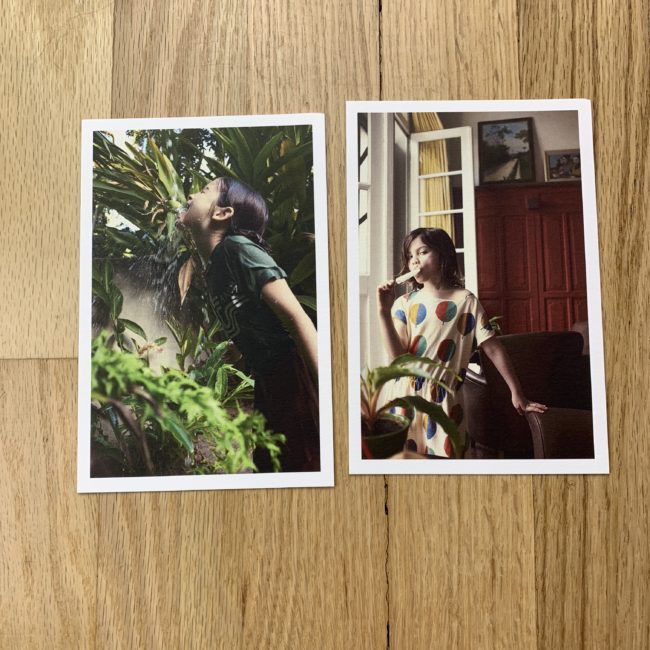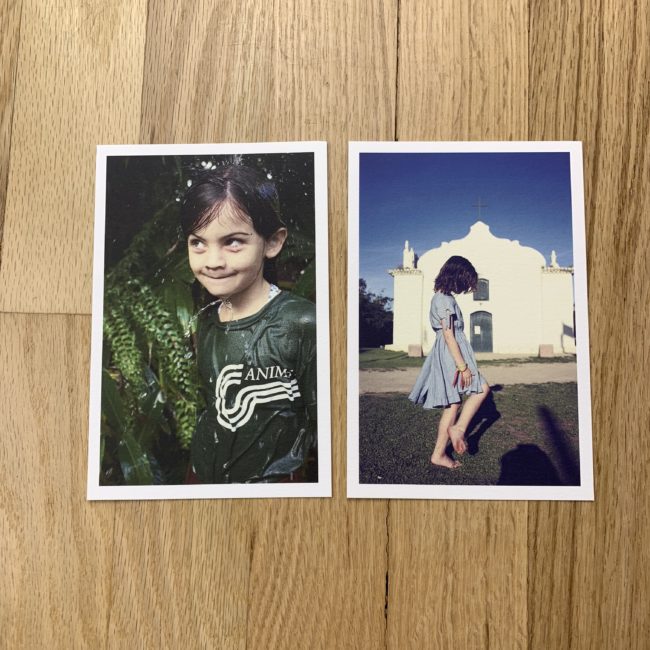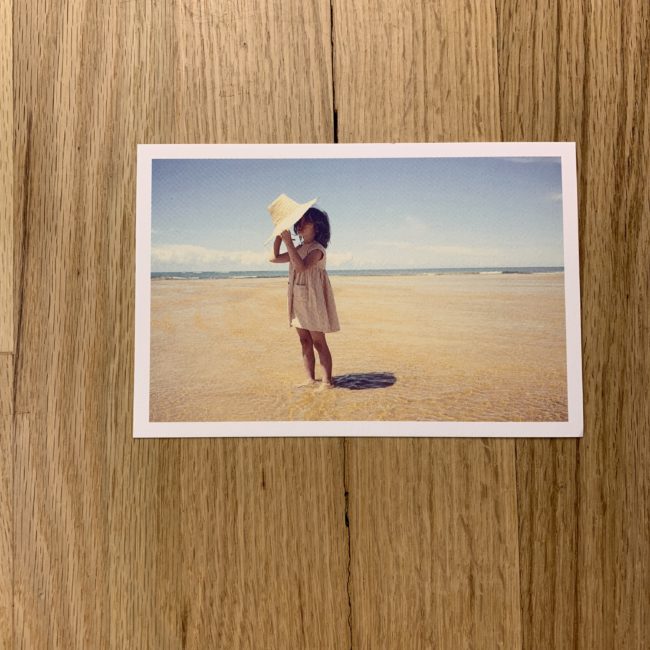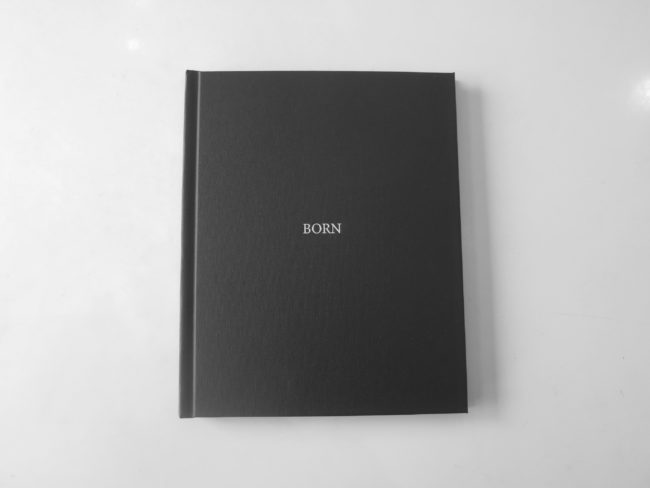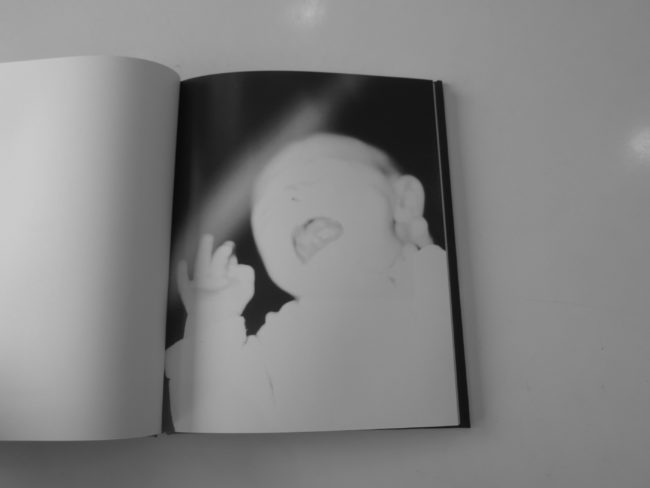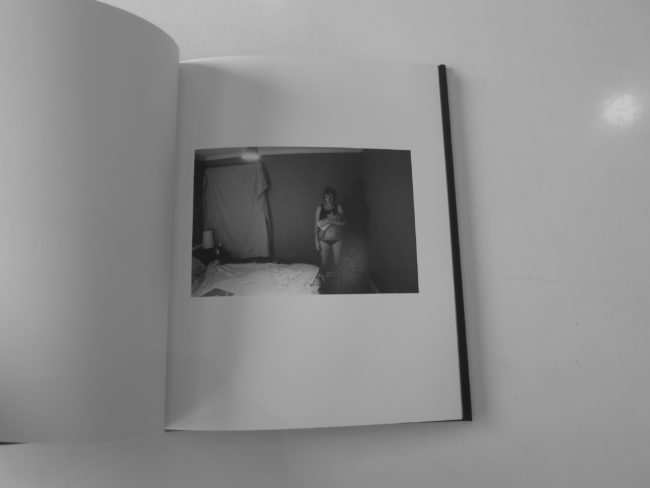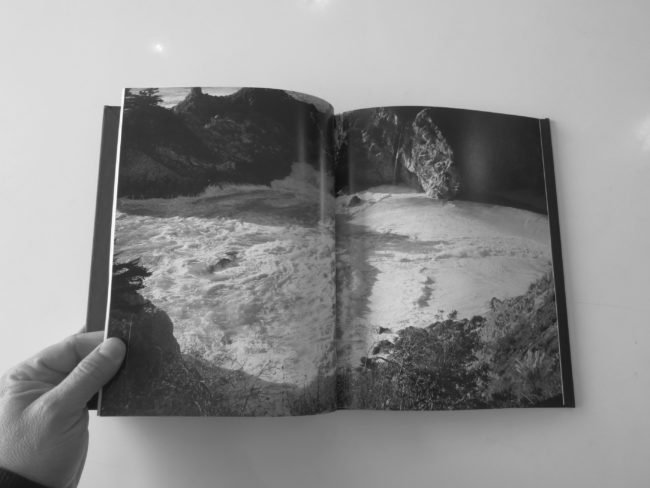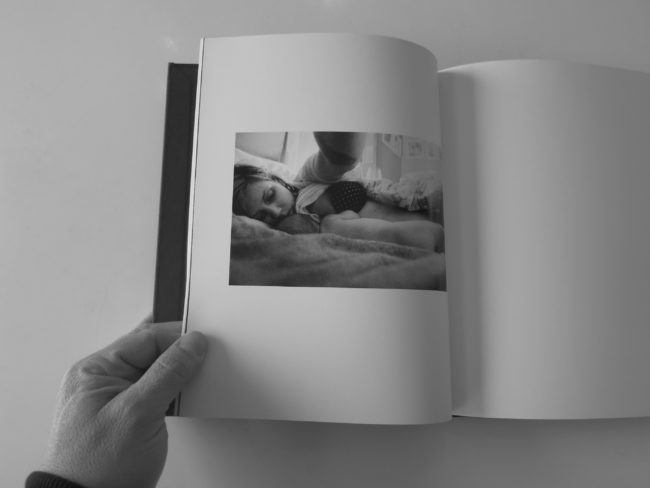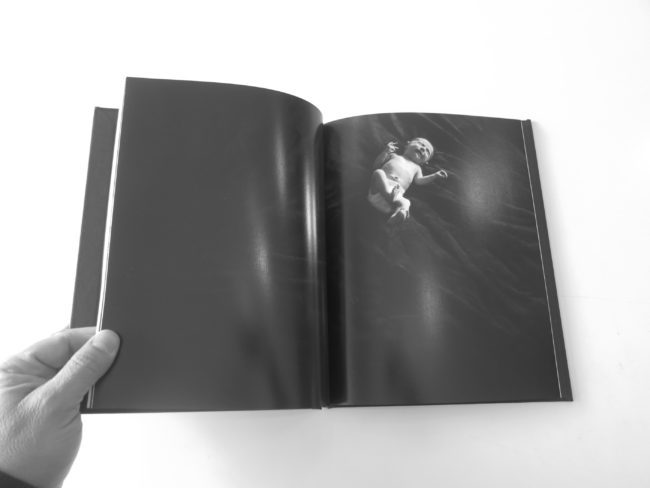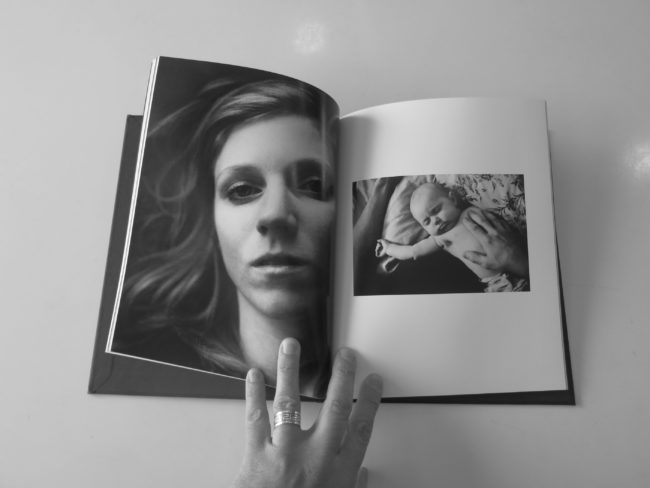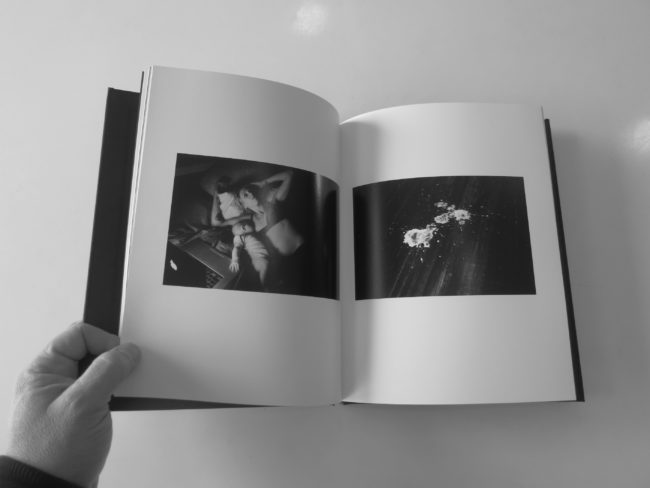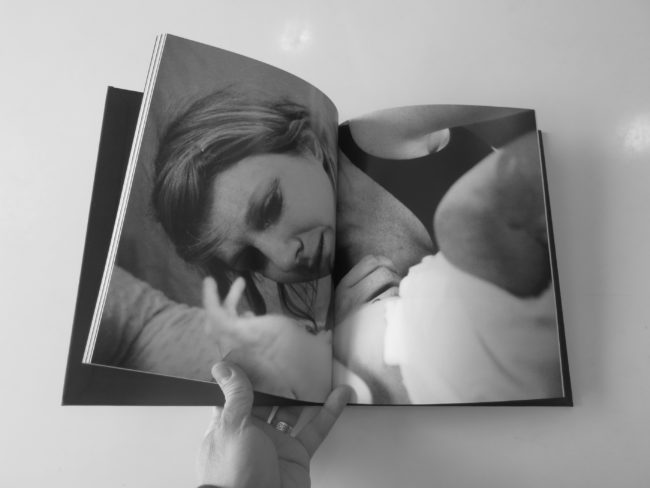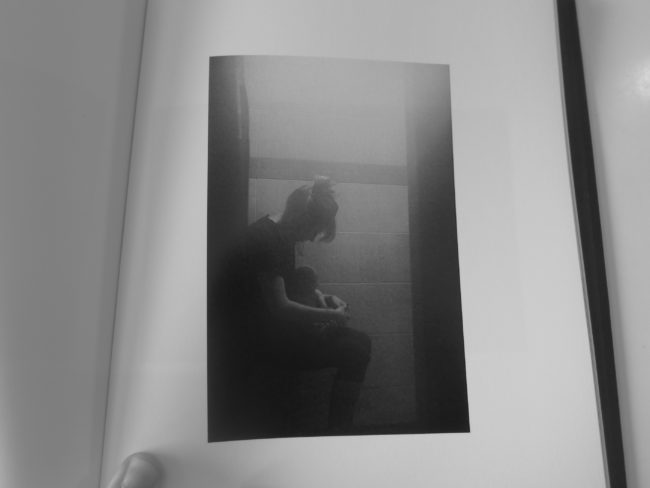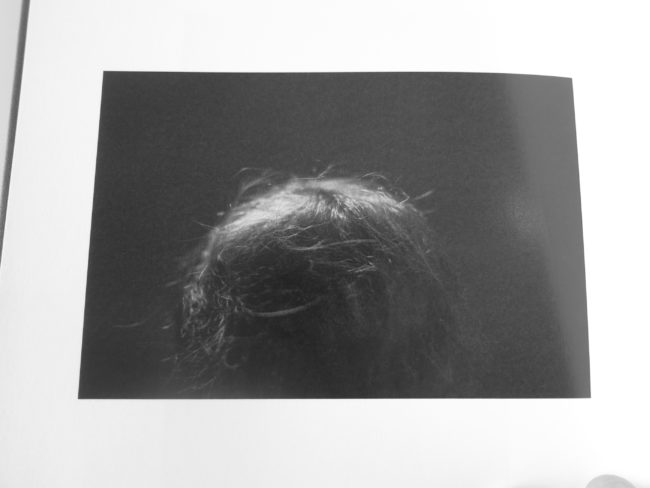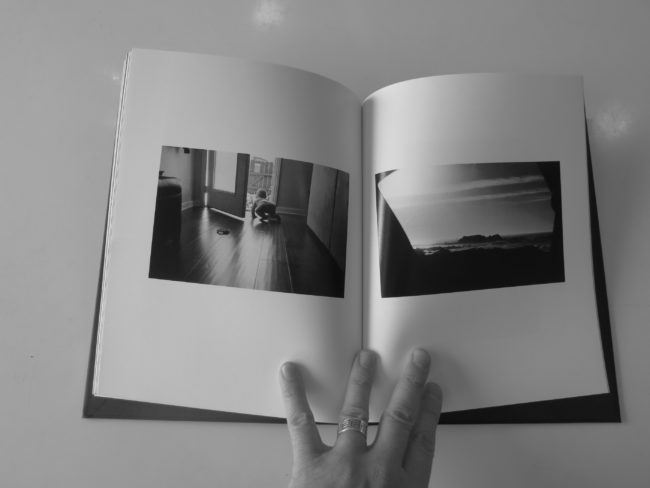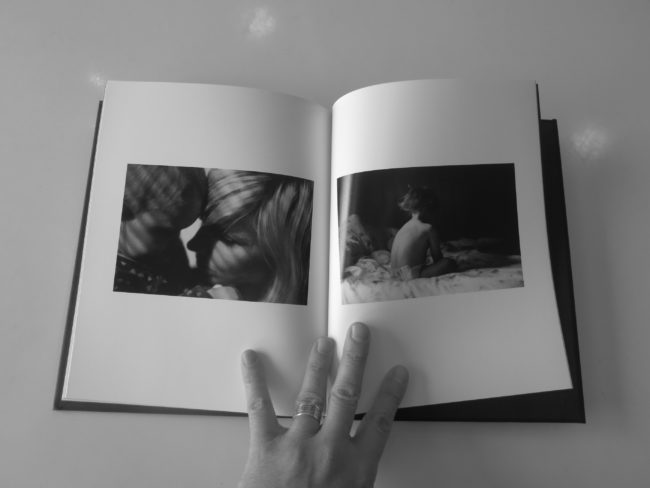My kids are 6 and 11.
Right in that sweet spot where all the older people you meet say, “Cherish this time. It goes by so quickly.”
Seriously.
I’ve heard that a lot.
My wife and I are trying to appreciate it, but as my son told me the other day, (with respect to the natural beauty that surrounds him in Taos,) it’s hard not to take it for granted.
One thing I’ve discovered, one trick to make it last, is to try to make more memories.
To do it on purpose.
As a photographer, I’ll be honest, I don’t mean taking more pictures. (I might regret not doing more of that, I suppose, but whenever I have the camera out, I feel like I’m not living in the moment.)
Rather, traveling with my kids makes memories.
When we’re out of our natural environment, our senses sharpen, and we imprint more memories in the brain.
My wife and I realized that so much of our existence, living on the farm with the kids, was about the day to day. It was fun to go through, but not much stuck up in the cerebral cortex. (I’m guessing. It’s likely another part of the brain that stores memories, but I was lazy and didn’t bother to look it up.)
A couple of years ago, we made a conscious effort to plan more trips, even if it was staying overnight in a hotel in Albuquerque. (No offense, Burque.)
Visiting cousins in Colorado is an easy one, so we do it more.
Whether it was the Barbecue place we discovered off I-25 in Colorado City, (Shout out to Obies,) or the October blizzard on Theo’s birthday, or that great Thai joint we found in Boulder.
More experiences, more memories.
Along that line of thinking, for the first time ever, this past October, I had the idea to invite Jessie and the kids along on my trip to the Medium Festival of Photography in San Diego, and somehow we made it work at the very last minute. (Really cheap flights being the main reason.)
I’d already booked a rental car, and a hotel in ABQ to leave for an early flight, so it didn’t take much to make it work.
I did forget one minor detail though. (But we’ll get to that.)
This now the fourth time I visited Medium, at the Lafayette Hotel in North Park, and 5 years ago, it seemed like a transitional neighborhood. It’s inland, so it was less shiny than all the other parts of the city I’d seen.
In late 2018, though, there were gleaming-modernist-condo-projects everywhere, and a sparkling gentrification vibe that was unmissable. There were still some homeless people, as it’s a California-wide-problem I’ve written about many times before, but the overall impression is now of hip-trendy-neighborhood.
(For example, parking went from free to $5 to $10 to $18 per day.)
As I’ve said before, there are many excellent, affordable restaurants in the immediate vicinity, so if you visit Medium, you can eat very well on a budget. (Shout out to Mama’s Lebanese, Luigi’s pizza, and Bahia Tacos, all on El Cajon Blvd.)
Regarding my problem…I mentioned that I had it all planned out…but for some reason, I just assumed I’d get a room with two beds.
It was crucial to my delicate plan, yet I’d made no preparations at all.
So I checked in to the hotel, agreed to pay the parking, and just as I turned to leave, with my family smiling behind me, I casually asked, “The room has two beds, right?”
And I turned back to the front desk.
“No, sir, it doesn’t,” he said. “I’m afraid those rooms are booked.”
I stopped.
Crestfallen.
Downcast.
Uncertain.
“But, but, they’re here. My family. I’ve never brought them along to anything, ever. But this time I did. And I never thought to ask about the beds. How stupid of me. Can you please help?”
The young, Latino man behind the counter was handsome, and polite.
But there’s one key detail I may have left out.
His name was Jesus.
“Can you help me, Jesus,” I asked?
I swear.
I’m not making this up.
Jesus looked at me, with beneficent eyes and said, “Let me see what I can do.”
His hands flew across the keyboard, gracefully.
Tap. Tap. tap.
Tap. Tap. tap.
“Well, would you be OK with a family suite out by the pool? It’s all I have. No charge.”
“Thank, you, Jesus,” I said. “Thank you.”
And sure enough, there was a chalkboard on the wall for the kids to draw, two big rooms mere steps from the beautiful pool, (one with a bunk bed,) two bathrooms, two TV’s.
I’d say that Jesus was the nicest person in San Diego, but that might be an overstatement. Because there are so many nice people in San Diego, it would be hard to just pick one.
Honestly. They’re that nice.
As this is the first of two pieces about Medium, I’ll come right out and say it: San Diego might be the nicest place I’ve been in America.
The weather is great. The people are friendly. The beaches are gorgeous. The food is amazing. The views are spectacular. The traditional Mexican-American and other immigrant cultures are strong.
Honestly, if you set aside my general-California-critiques that I won’t reiterate here, there is nothing not to like about San Diego. (You could say traffic, sure, but the apps these days let you know what you’re in for, and suggest alternate routes, so even that is not quite so depressing as it used to be for me.)
In the end, I got my family memories, thank you very much. It all worked out just right.
(Normally I’d give you details, but I’m keeping those bits for myself.)
The point, rather, is that when we get out of our routine, out of our towns, and our regular lives, we enrich ourselves, and keep a more detailed record in our memory banks.
So as a New Year’s resolution, get out there and visit a festival in your local area in 2019!
Photo festivals like Medium are great places to make friends and create networking opportunities, to hear artist lectures and see exhibitions.
It’s a no brainer.
As usual, when I go to these events, I reviewed a slew of portfolios, and gave critical feedback when I was asked. Sometimes I might help photographers brainstorm about what to do with a project.
But I always write an article or two for you guys, so you can get a sense of what I’m seeing at the portfolio review table.
Which brings us to this part of the story, where I show you the best work I saw at the Medium Festival of Photography in October 2018.
As usual, the portfolios are in no particular order, and the projects ranges in style dramatically, which is always the most interesting thing of all.
Daniel Kariko is a professor at ECU in North Carolina, and was the first person I met, if my memory serves me. (It’s weird writing three months later, I must admit, but I’m good with the recall, and took solid notes.)
His images were made with electron microscopes, and zero in on the super-mega-pixel detail of insects faces. In light of news about the potential insect apocalypse, these pictures are important both as documents of a disappearing world, and visual reminders of why protecting the environment is important.
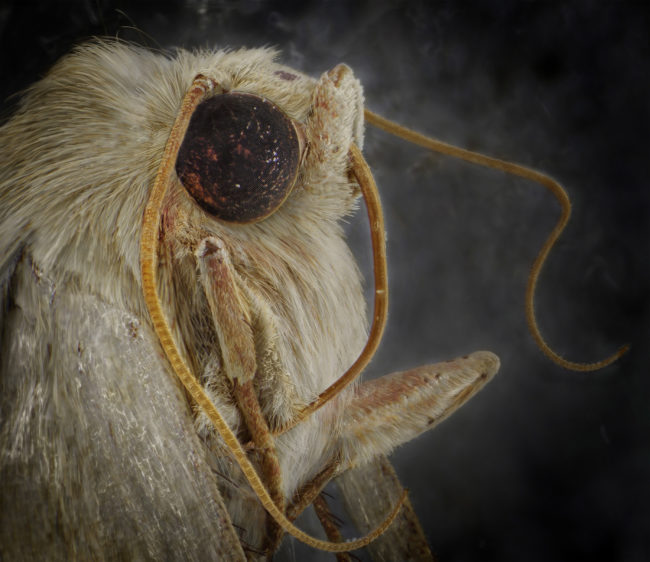
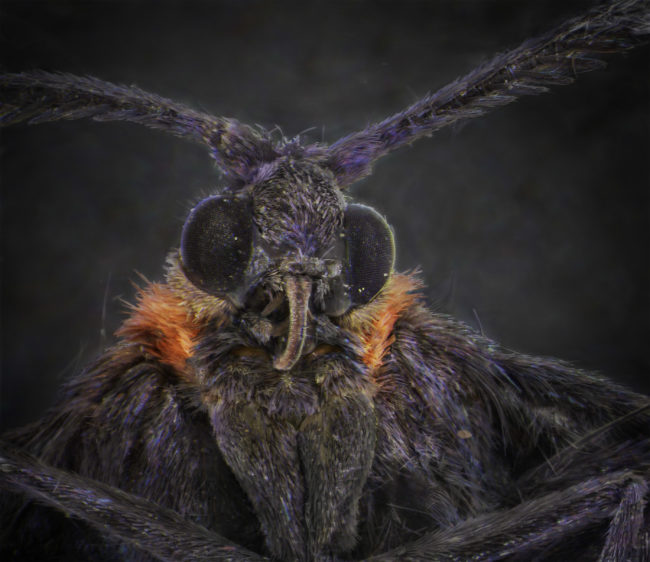
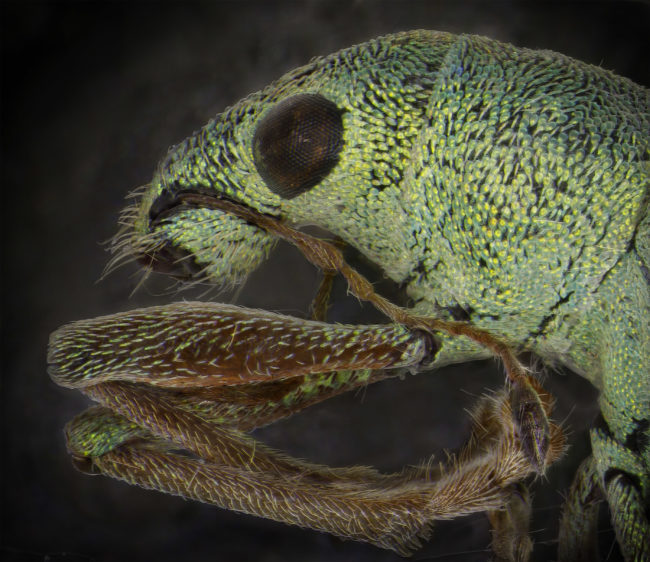
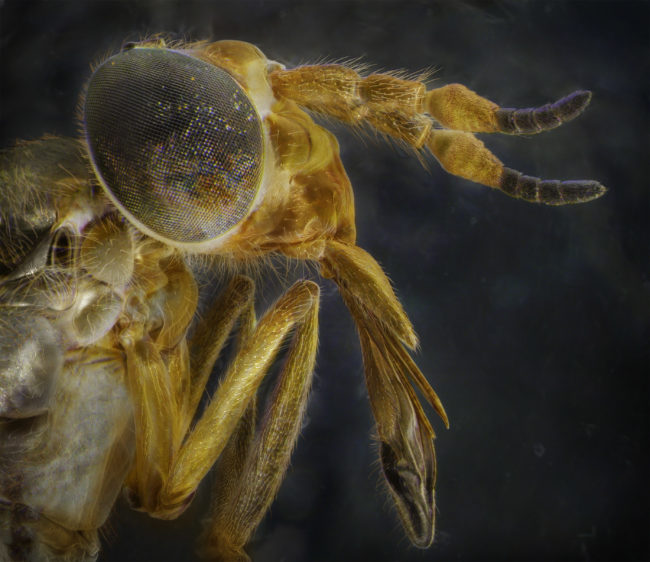
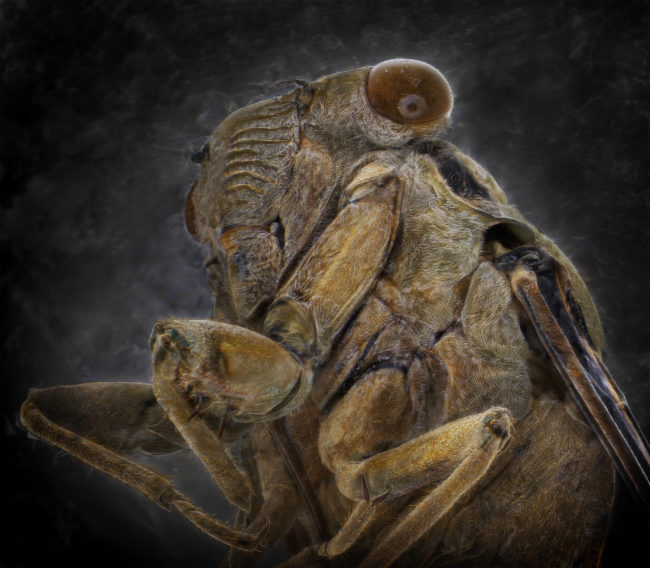
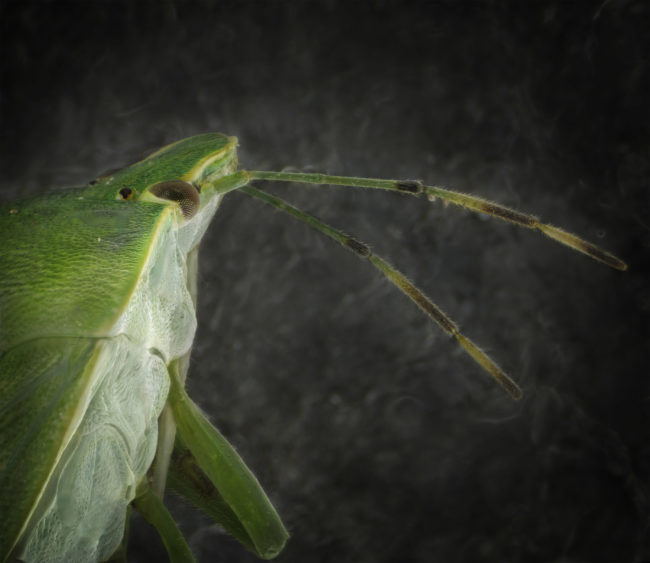
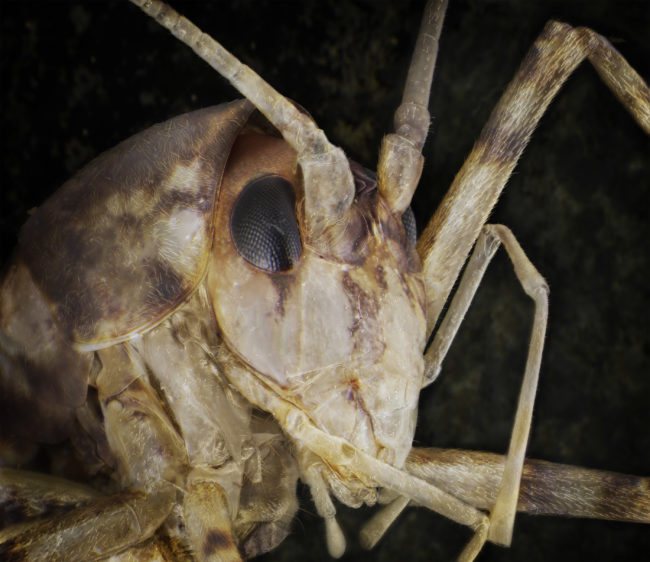


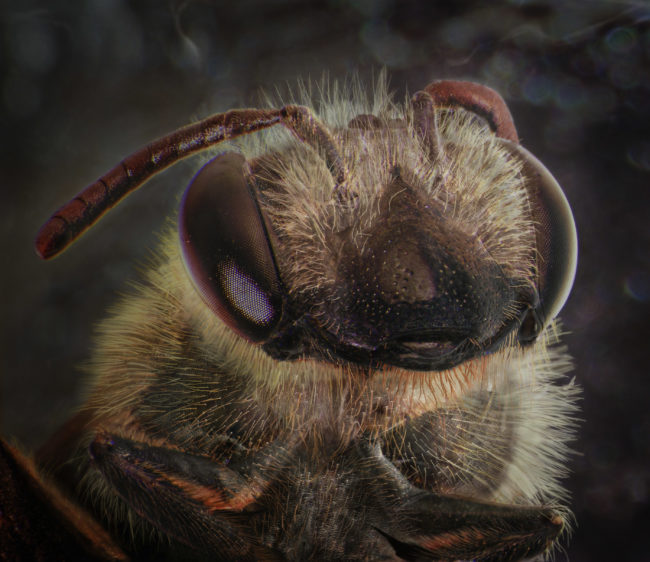
I was pleased to see Janet Holmes again, (we’d met at Filter in Chicago,) because I’d previewed her project “Rescued Chickens” in Critical Mass, and gave it the highest possible score. She featured vegan women who rescue chickens, and the chickens themselves.
As she writes, “How do you decide which animals are family, and which are food? Why are we surprised to see a rooster gazing out the kitchen window or a hen investigating the laundry? After all, chickens are present in most homes, as flesh and eggs, just not as individuals with personalities of their own.”
Really, I couldn’t love it more.
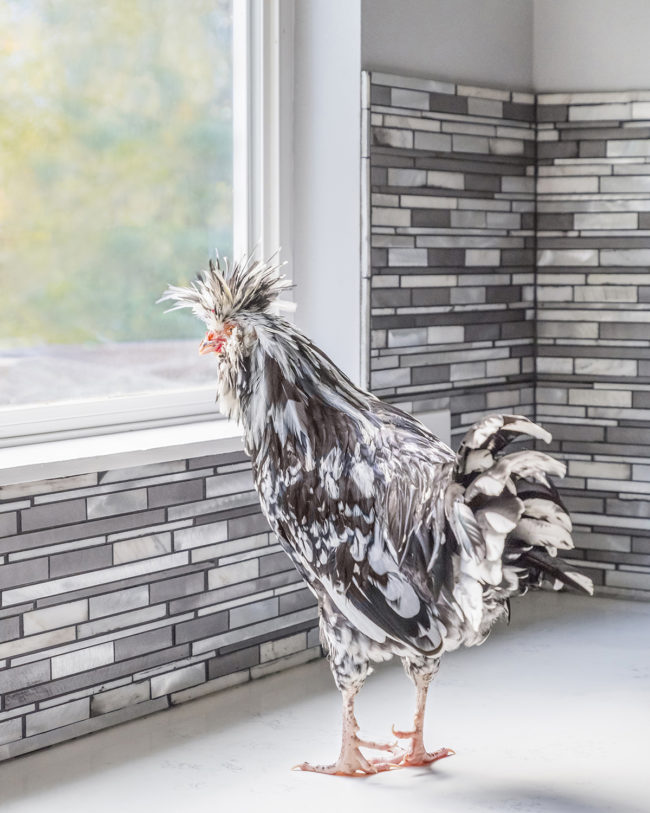
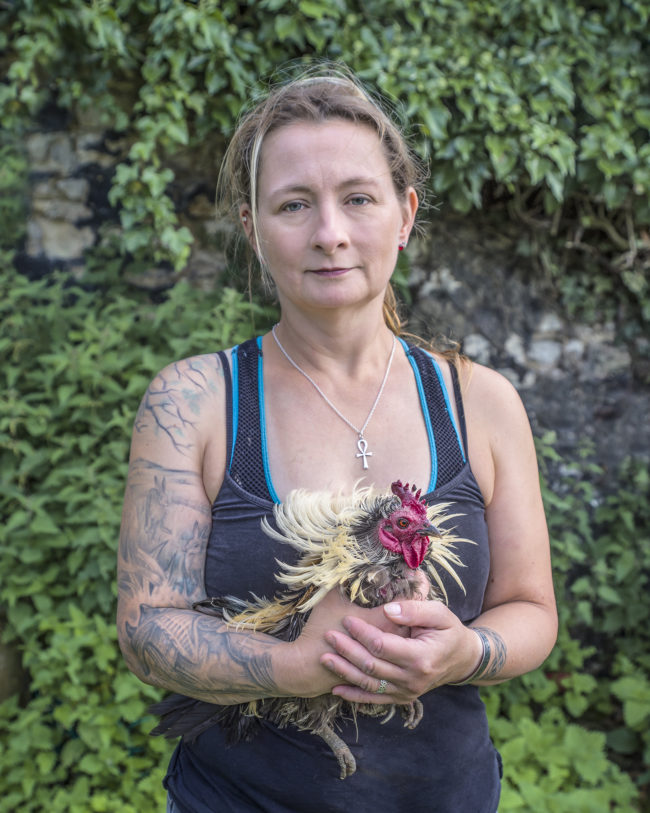

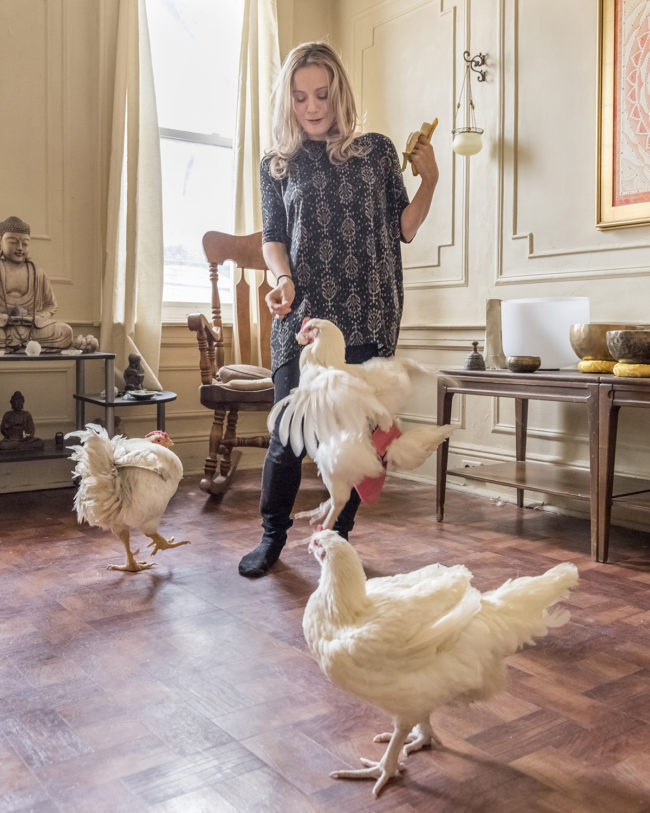
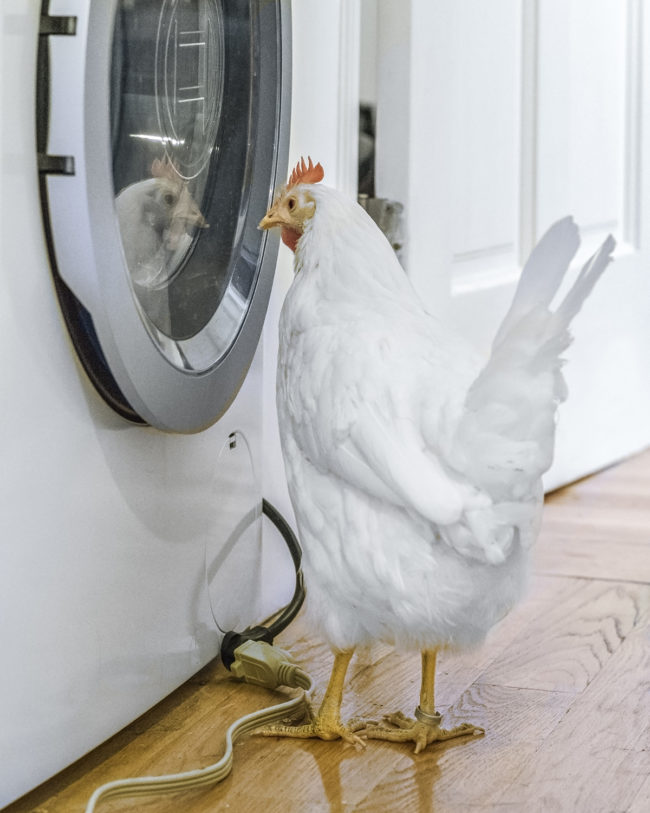

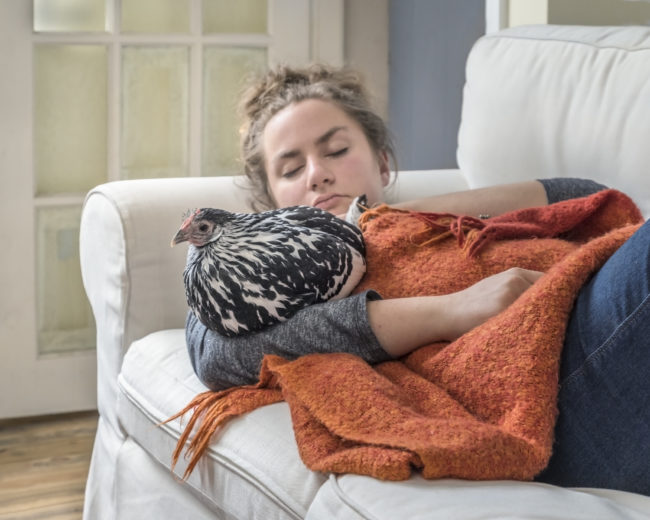

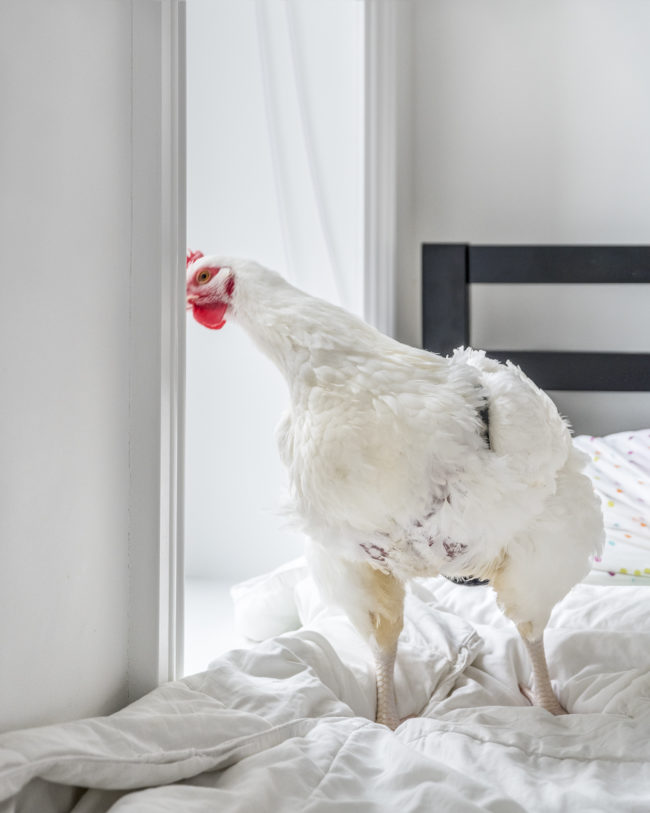
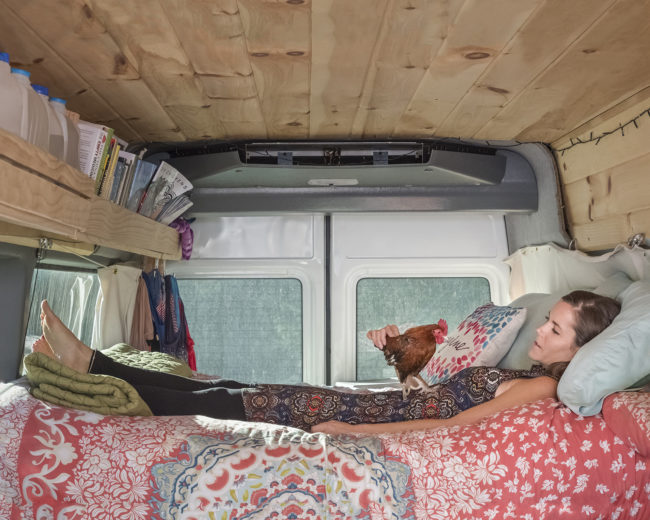

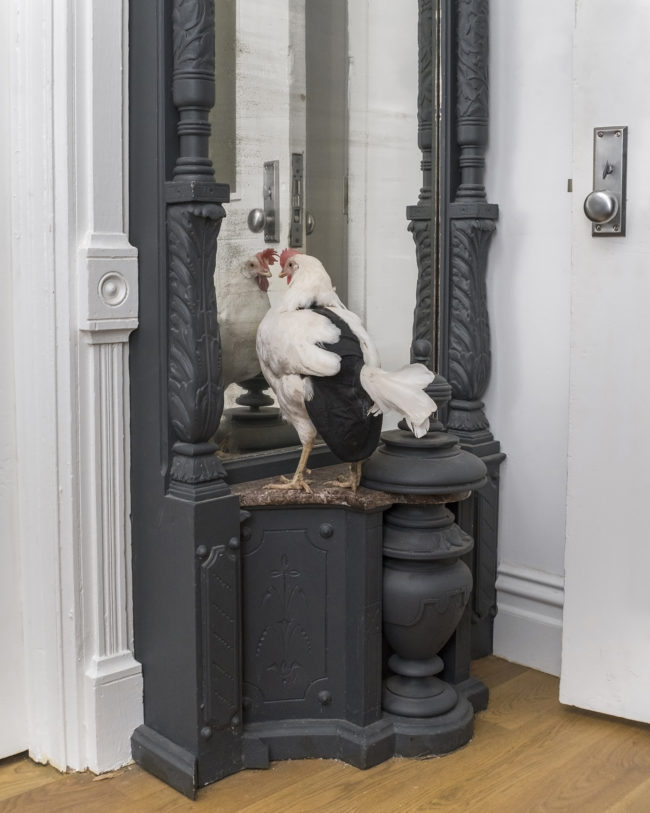
Mark Lipczynski, a commercial an editorial photographer, was visiting from Phoenix. I didn’t love one project he showed me, but as so often happens, I offered to look at his other series, because you never know.
When he emailed me a link to his pictures in the American West, I happily clicked through. The photos are witty and fun. What’s not to like?
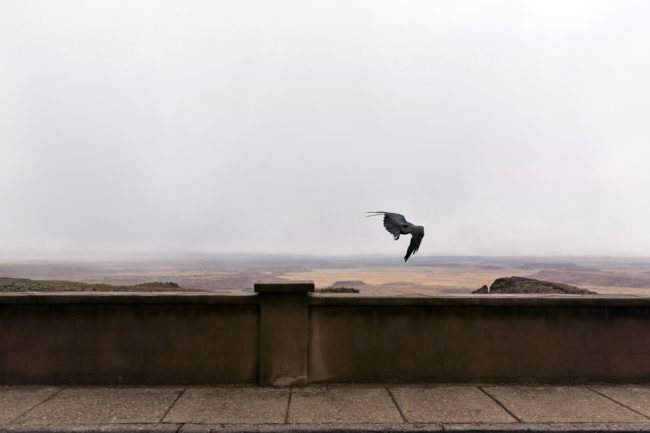
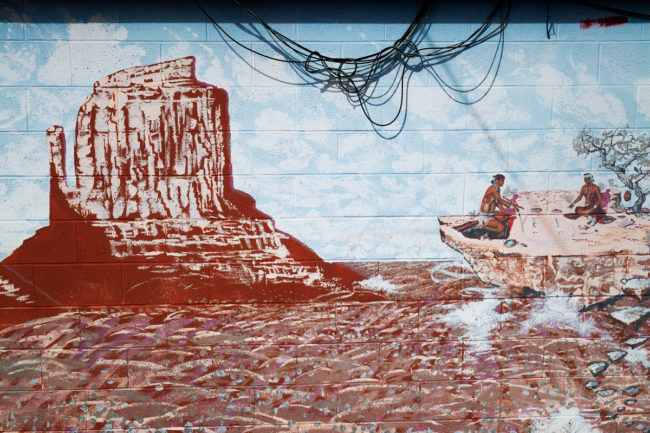


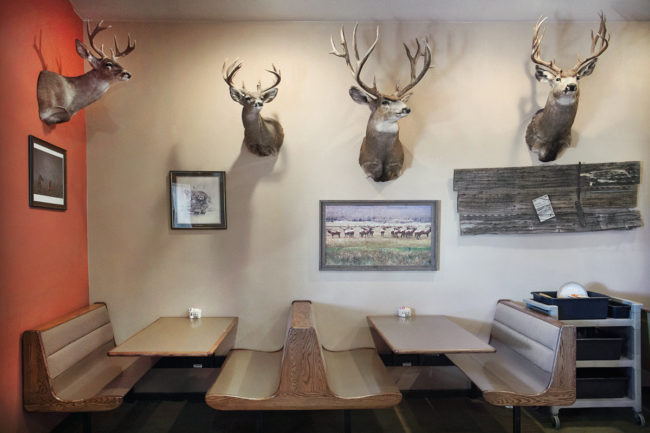



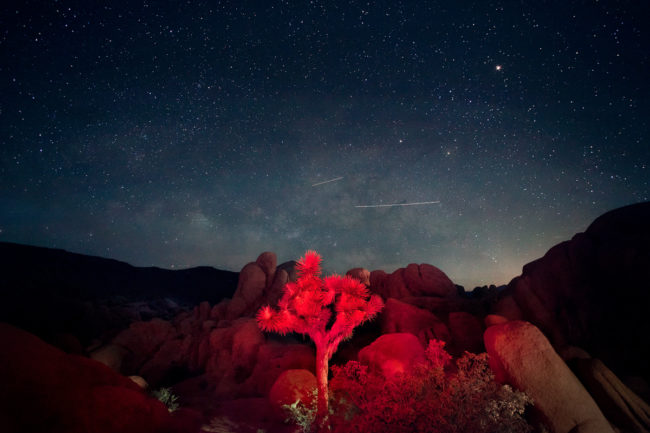
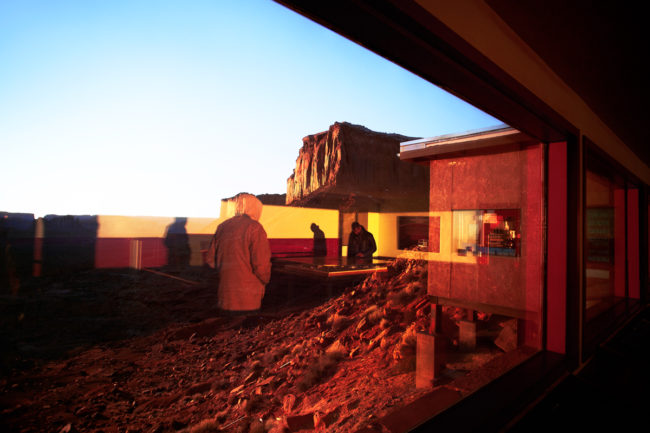
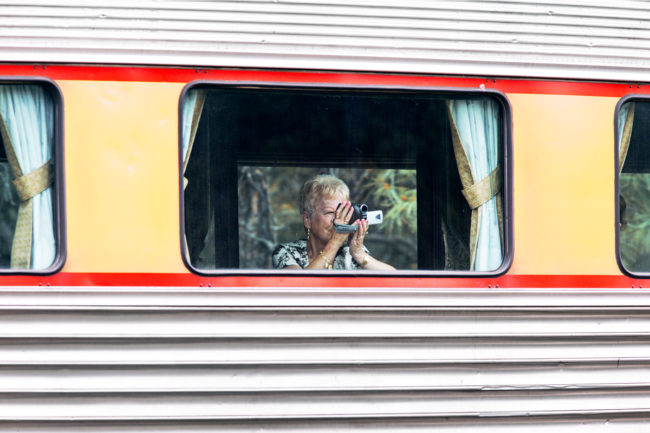

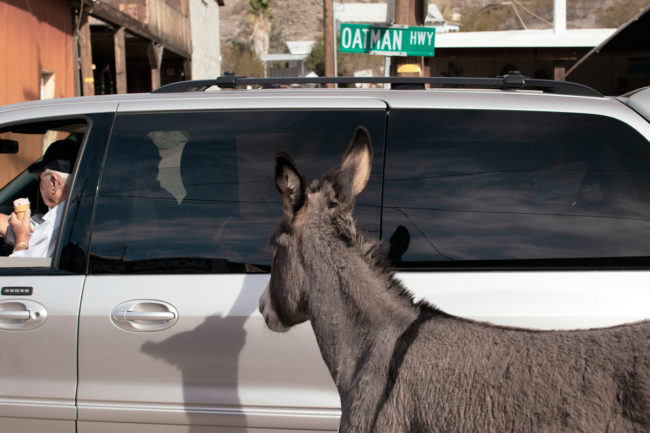
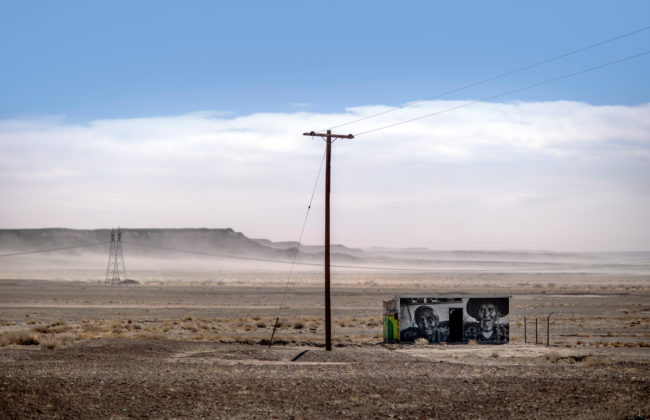

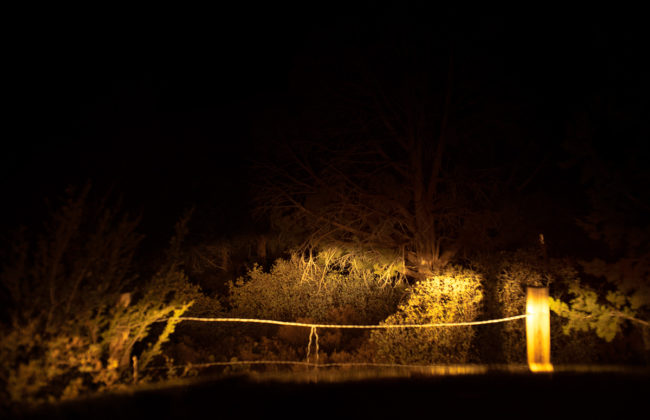
Brian Van de Wetering is a SoCal artist I met at a previous review and published here before. (As I recall, he’s a part of the Aline Smithson mafia, and those students always marry strong craft with a personal intention.)
I didn’t review Brian’s work directly this time, but met him in the aisle during the portfolio walk, and he told me about his new project, in which he exposes photograms in direct sunlight.
The resulting images are scanned, and really, they’re just so beautiful. People think I’m a tough critic, and I guess that can be true. But I’m happy to enjoy visual objects for their own pleasure when they look like this.

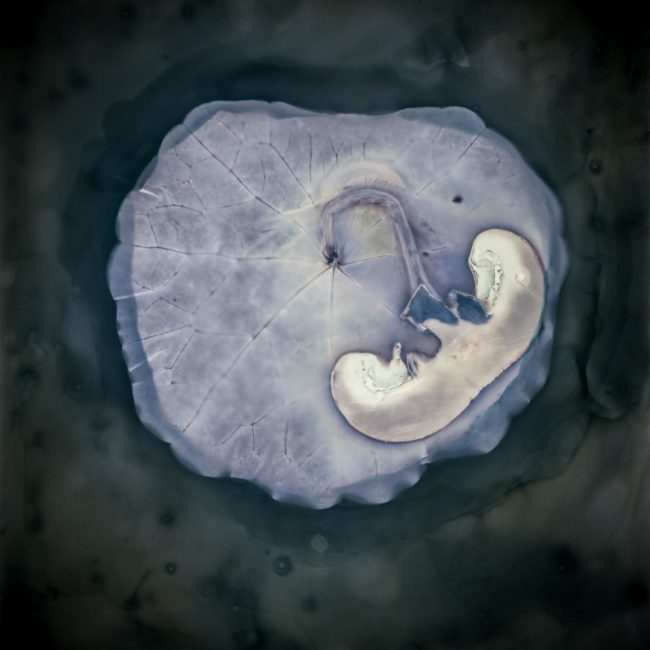

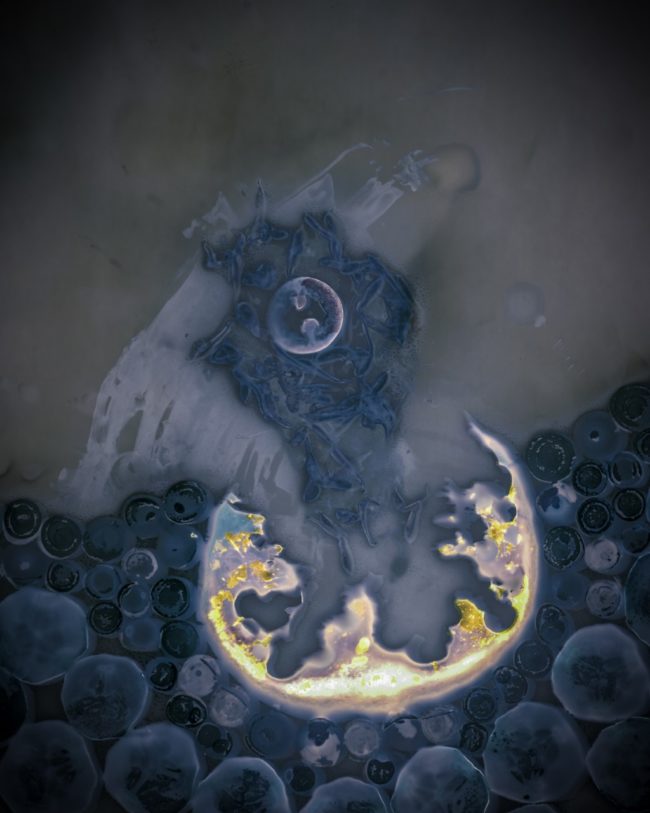
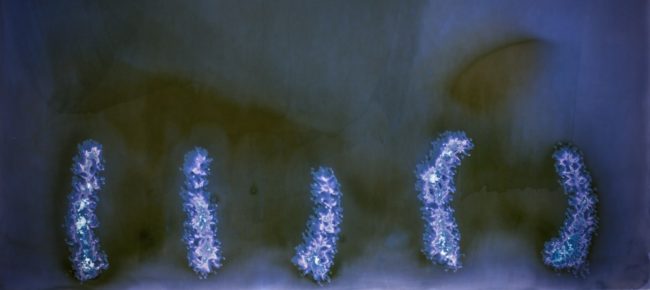
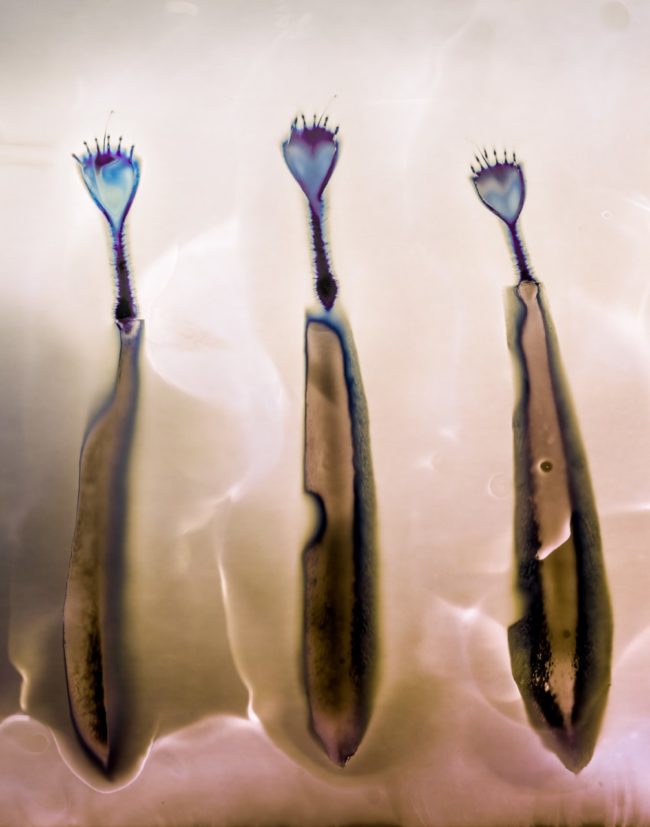
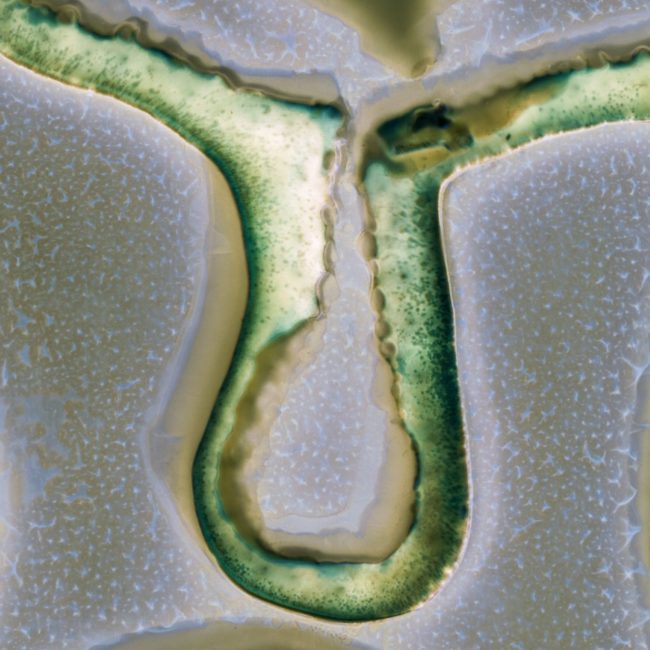

Wayne Swanson did the double-double with me on the 2018 festival circuit, as we met at the Exposure review in LA in July, and I published a set of his images that were made with a pinhole polaroid. (I believe.)
This time, we got into something more personal. Wayne suffers from spinal stenosis, which I must admit has afflicted both of my parents. My Dad had 3 major spinal surgeries, including two fusions, and my Mom had a fusion surgery as well.
My uncle just underwent his second.
A lot of Baby Boomers have dealt with these structural problems, which can lead to debilitating pain, and affect lives deeply.
The pictures are dynamic.

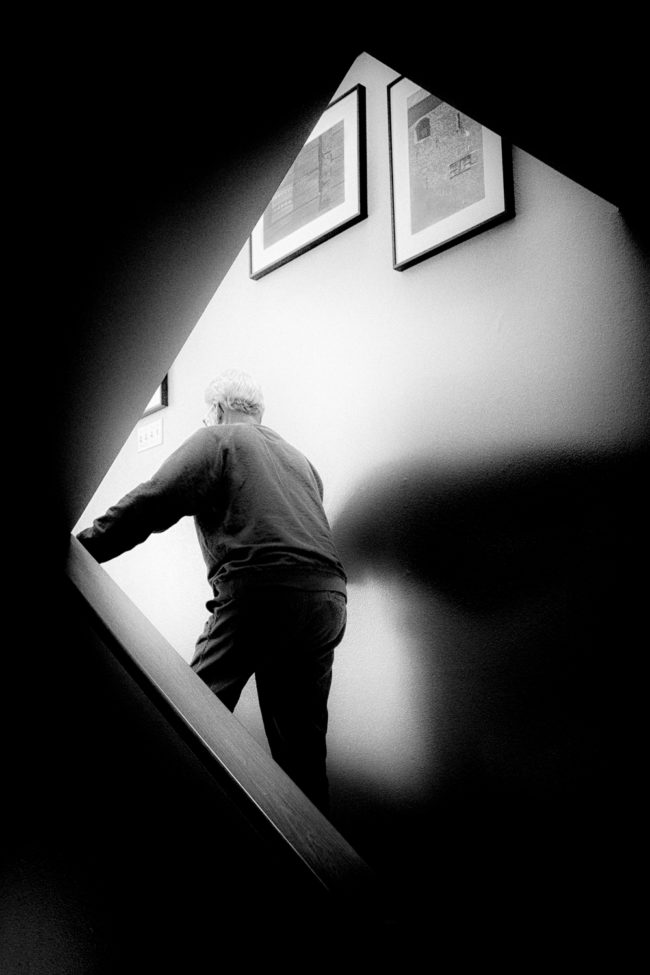
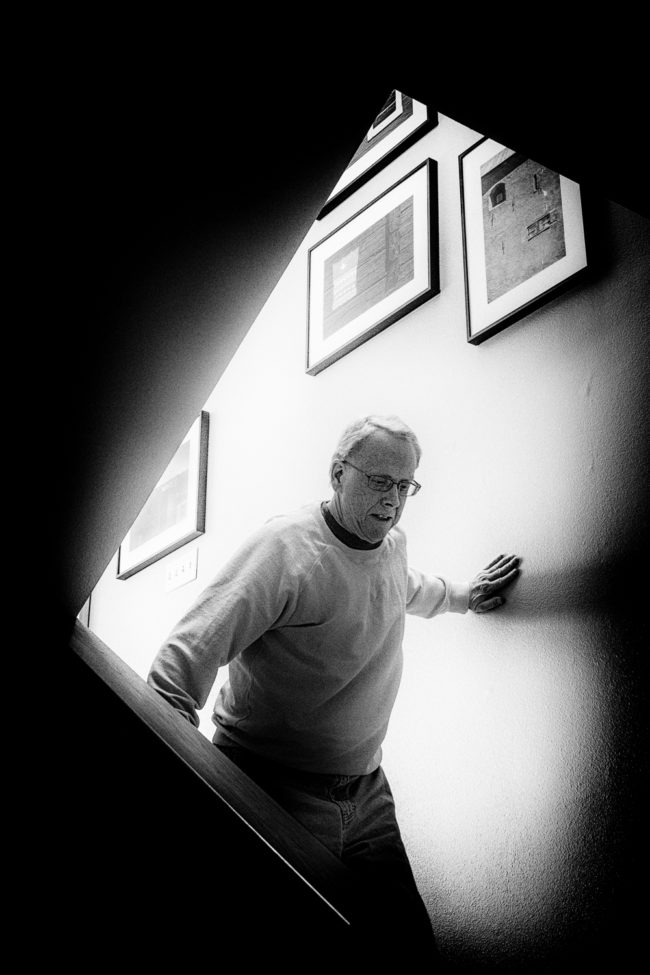
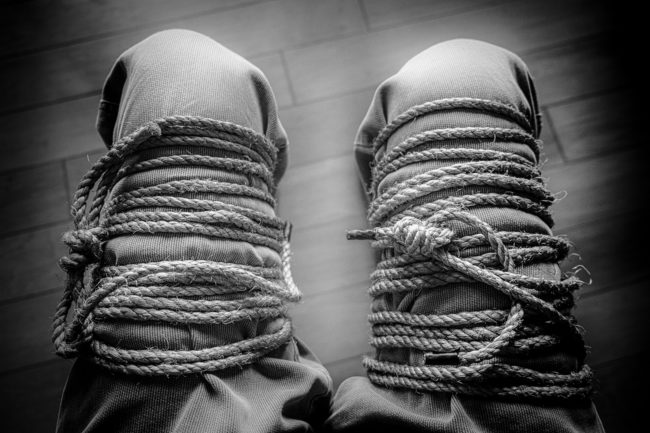

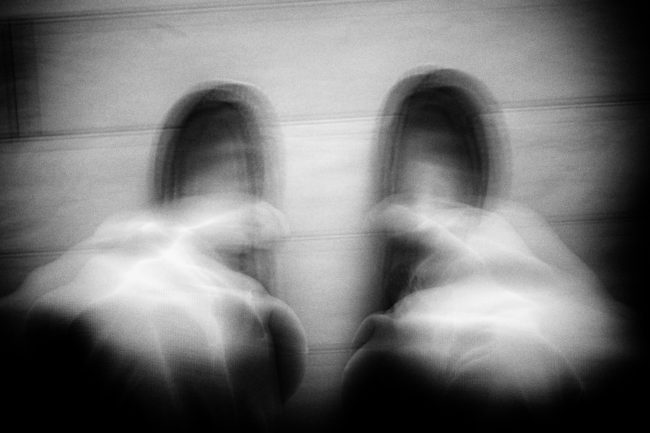
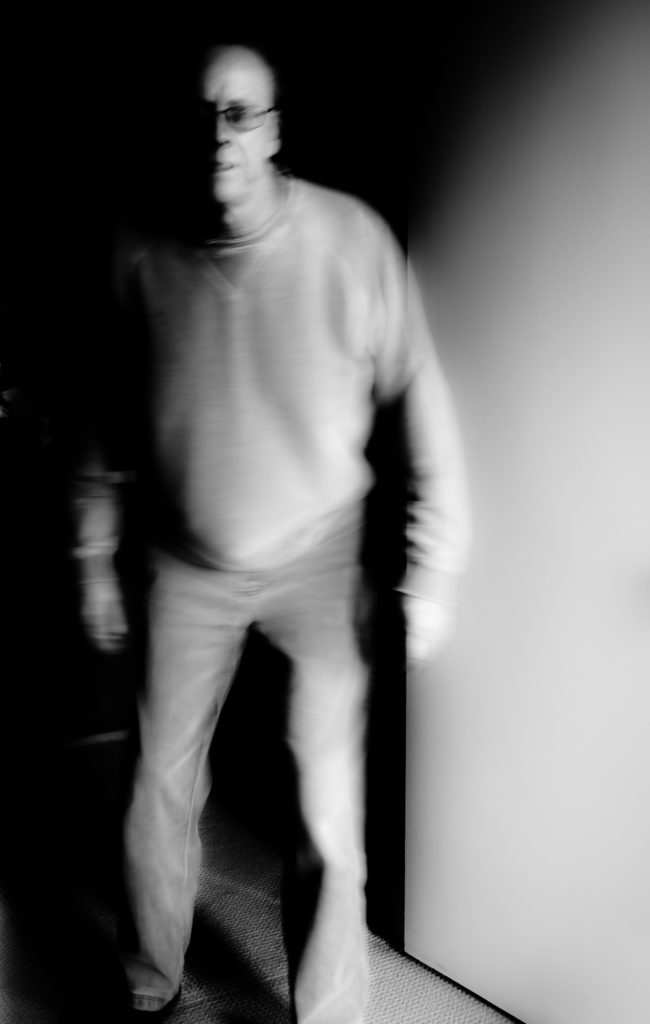
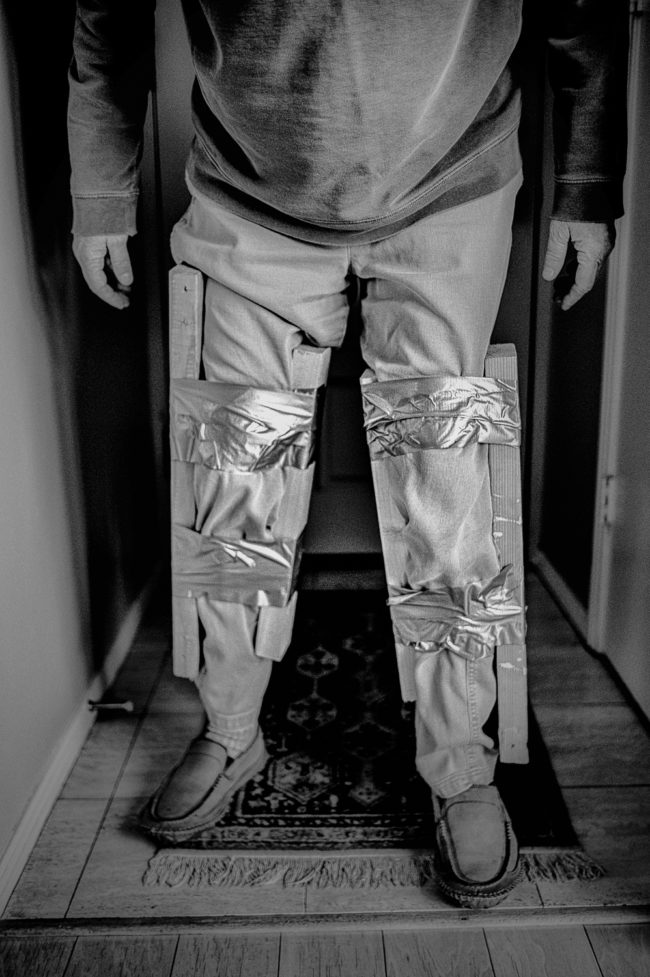

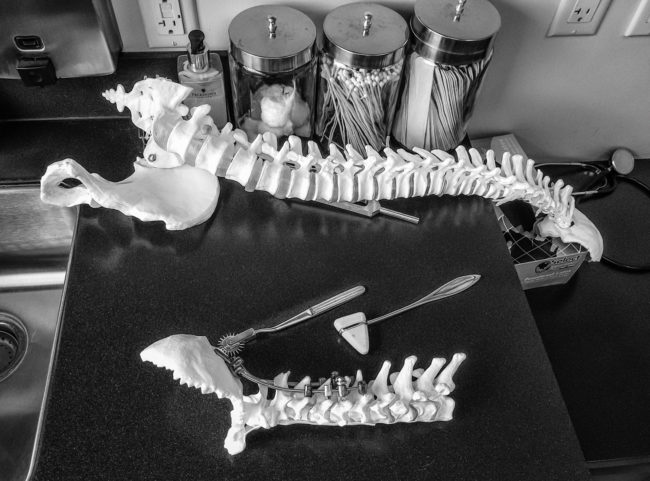
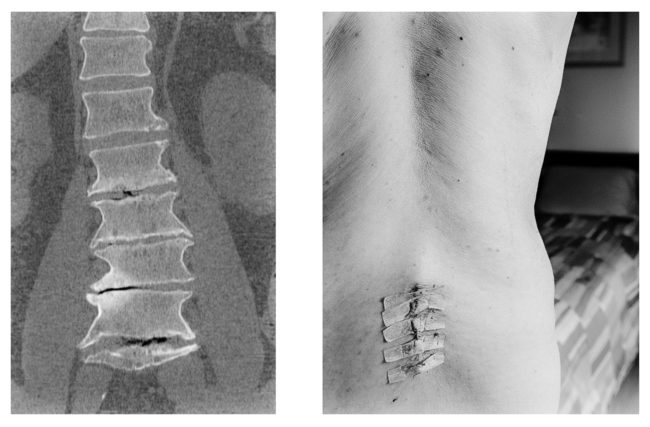
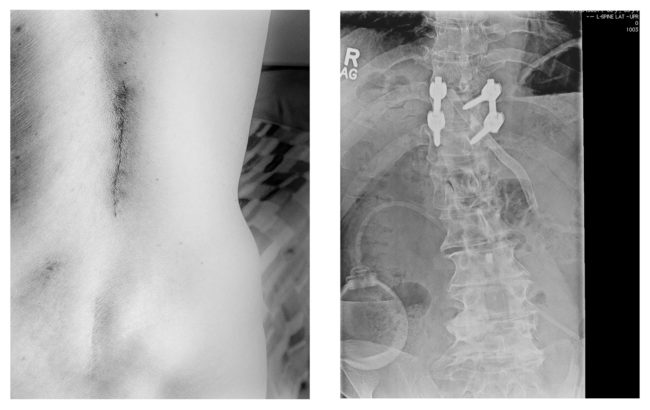

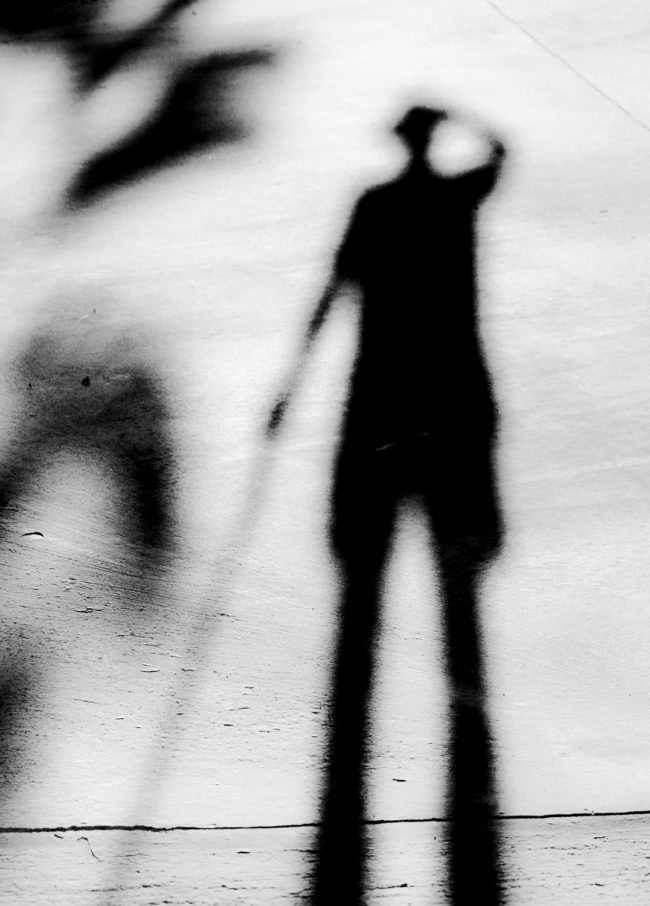
And speaking of personal, big shout out to Christina Angarola Hsu, who had images of her triplet girls, in the years before two of them took extremely ill.
She only showed me photographs from a segment of their lives, and said she hadn’t been shooting for quite some time. I asked her if she had more, and if she’d consider shooting again, so we could see the girls now that they’re older, and thankfully healthy again.
Christina dug into her archive so I could show you this terrific selection today. Keep shooting, Christina! And I’ll bring you guys Part 2 next week.

